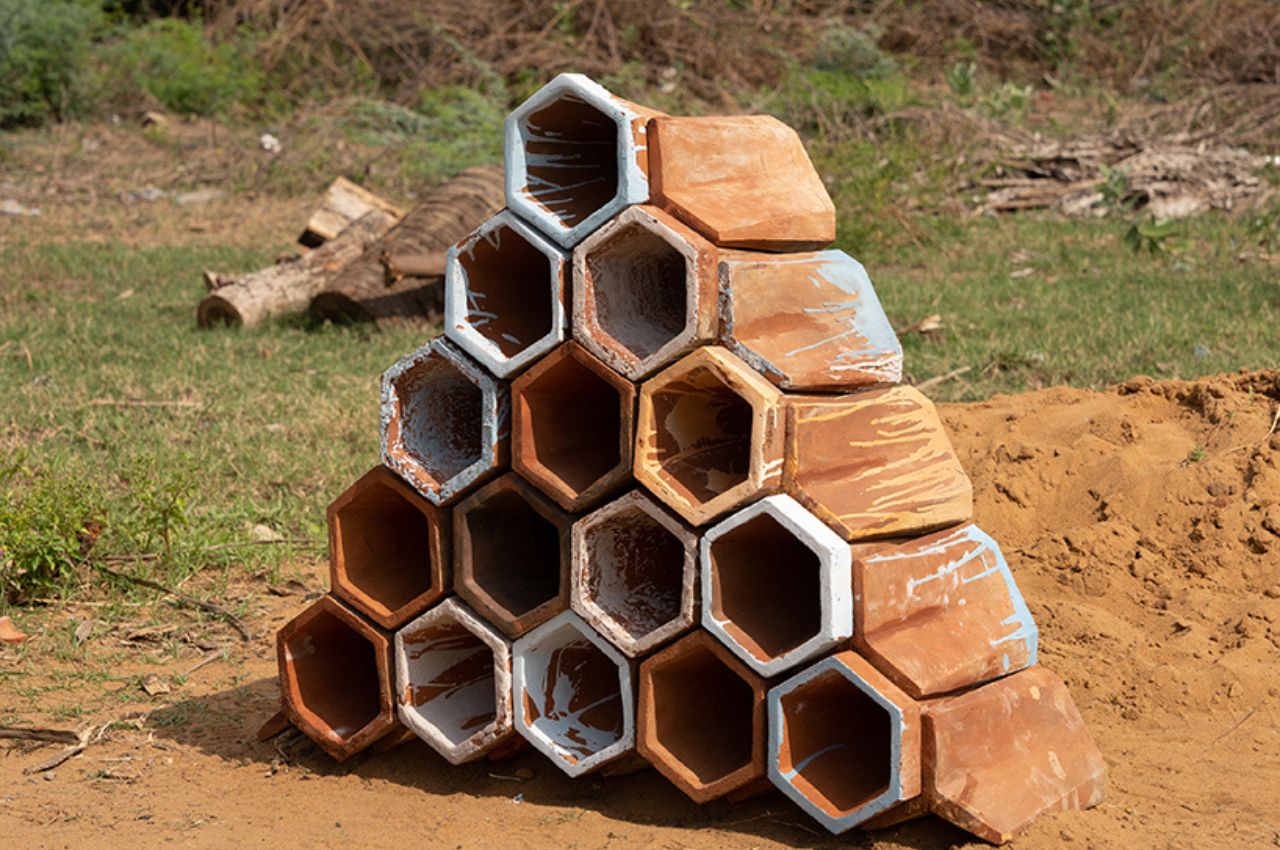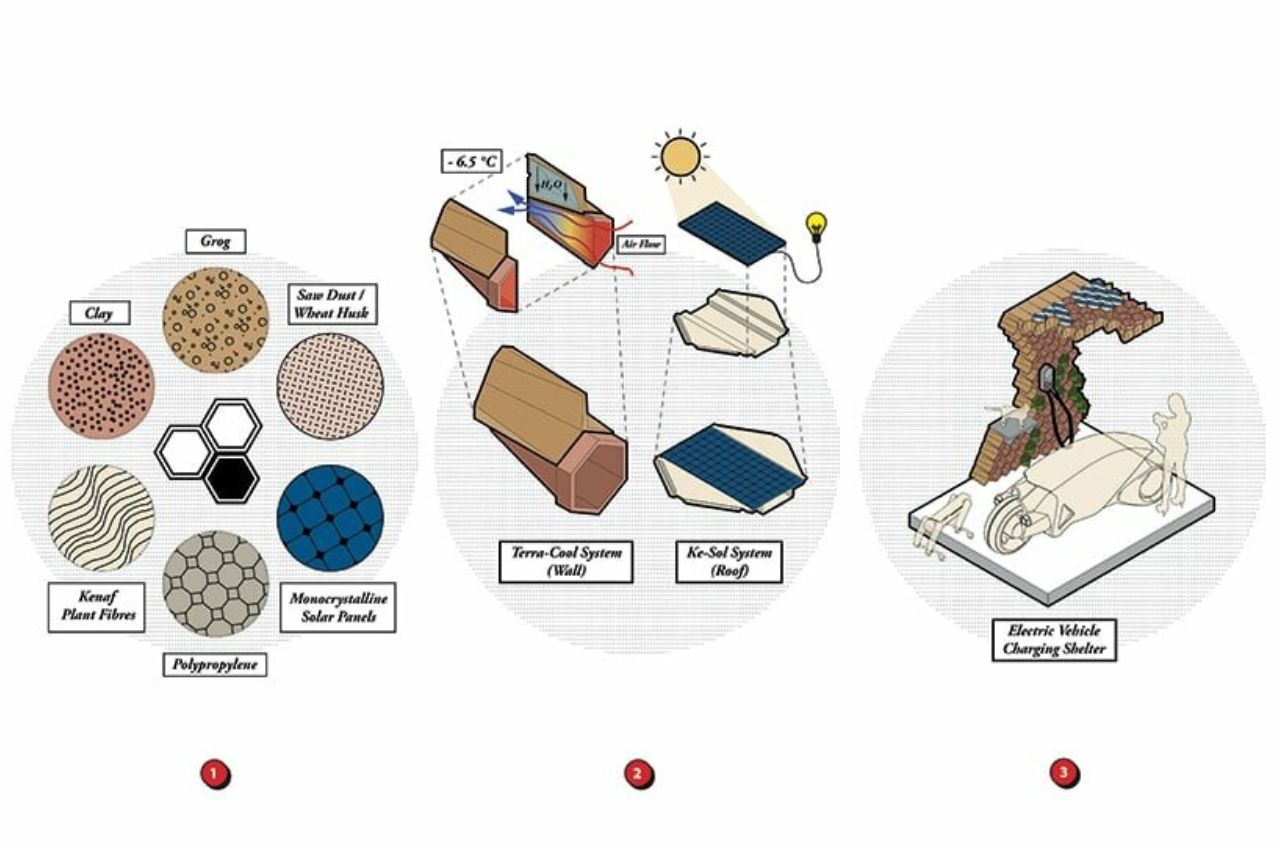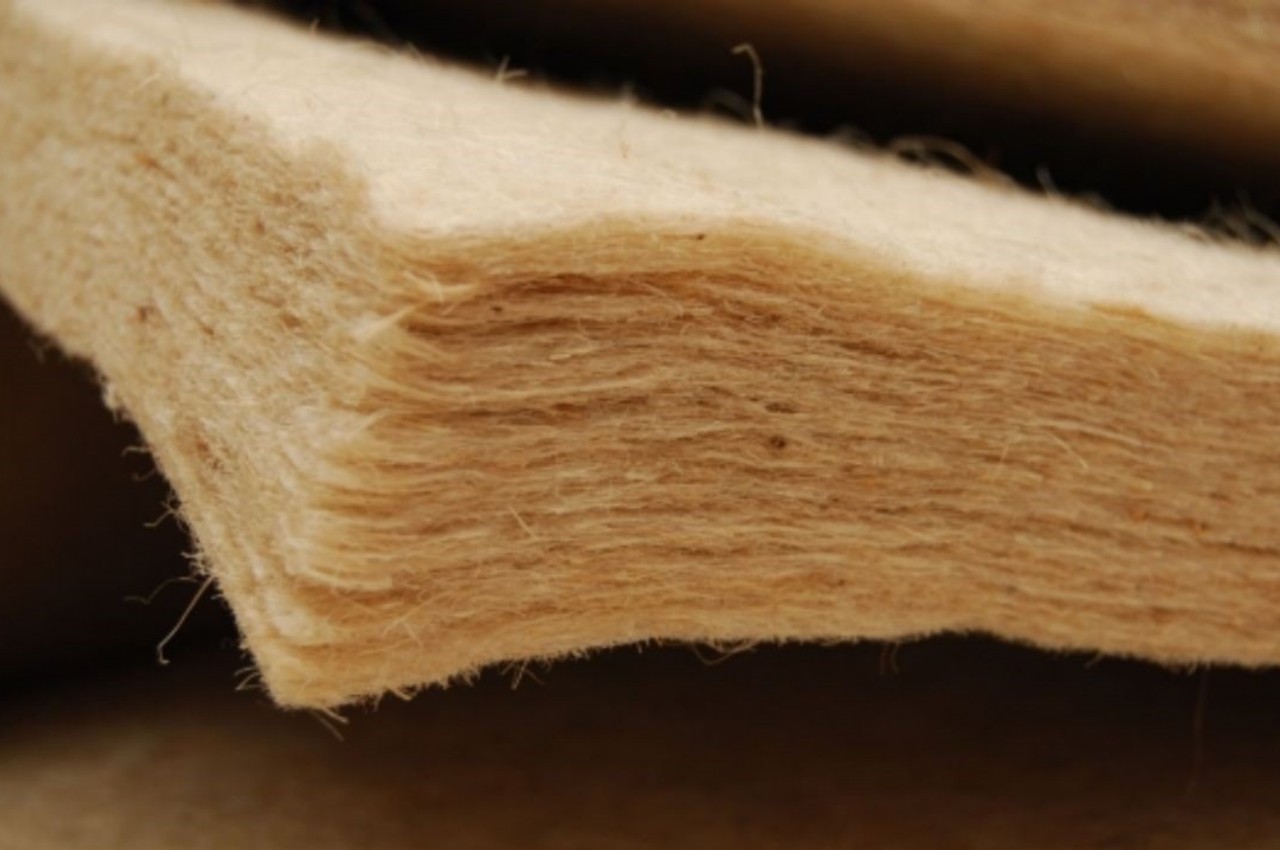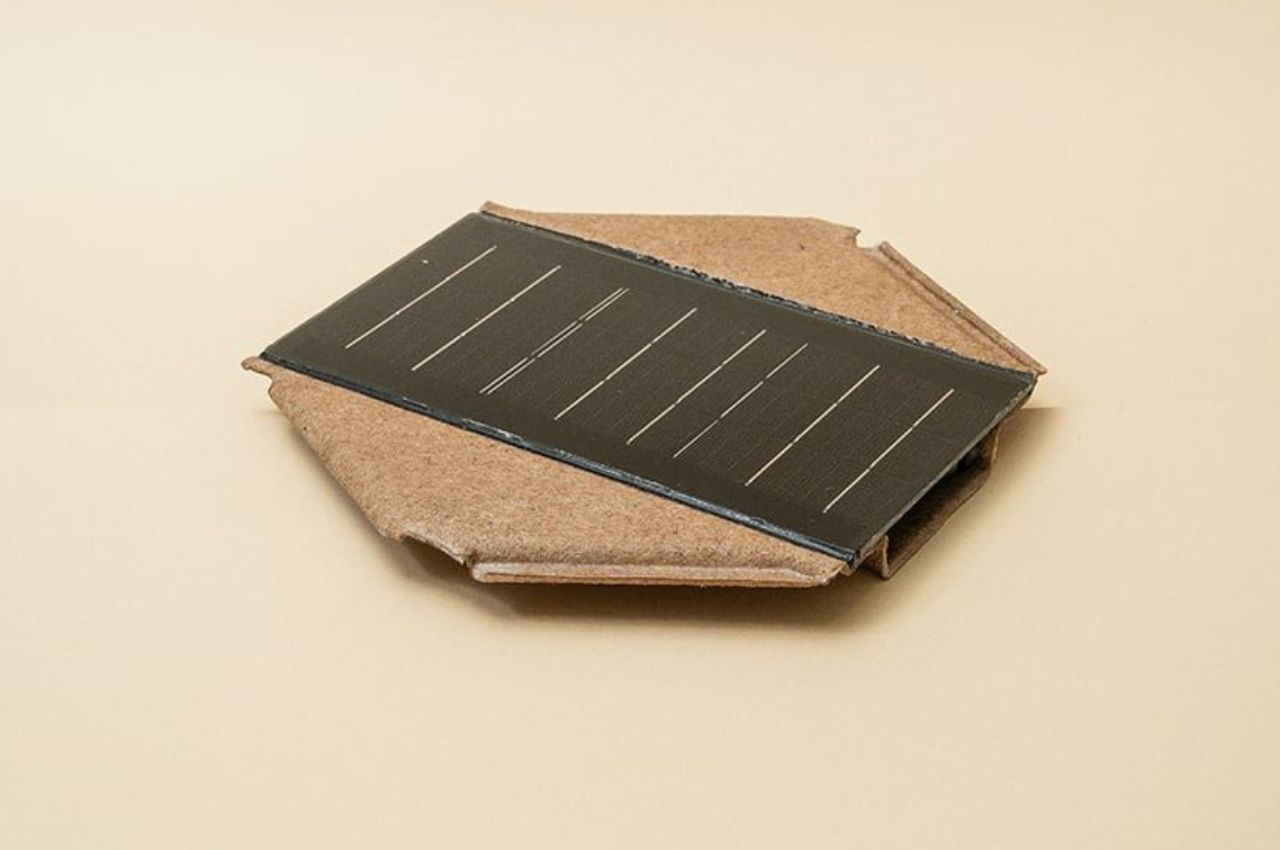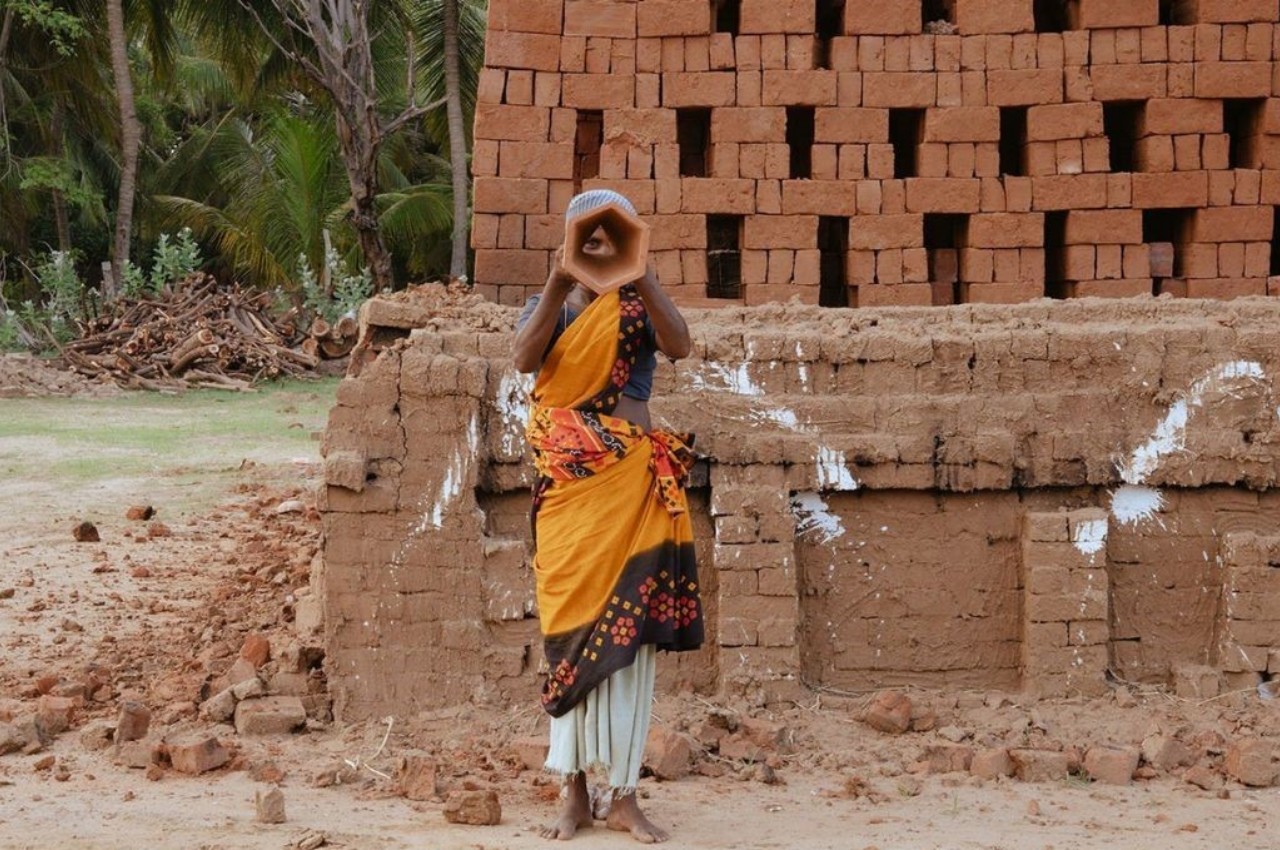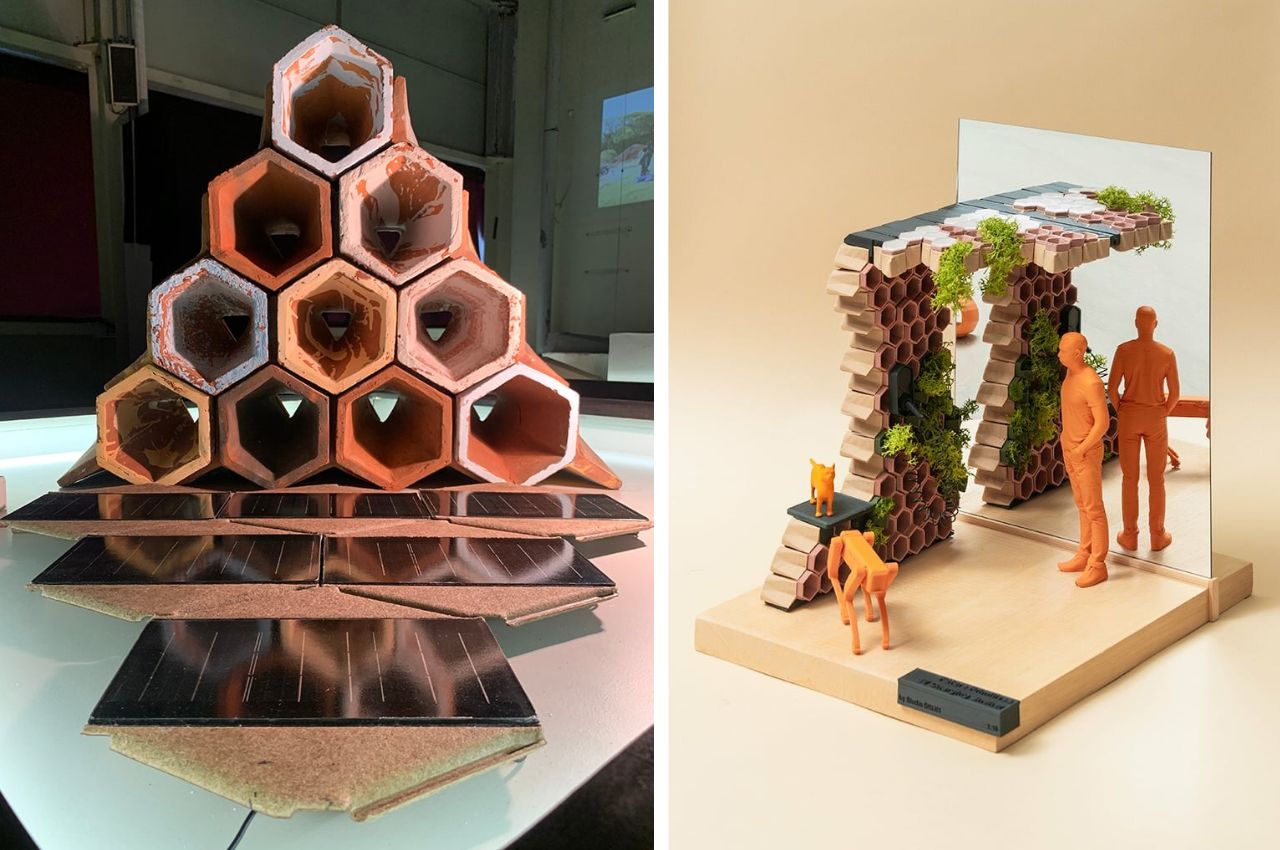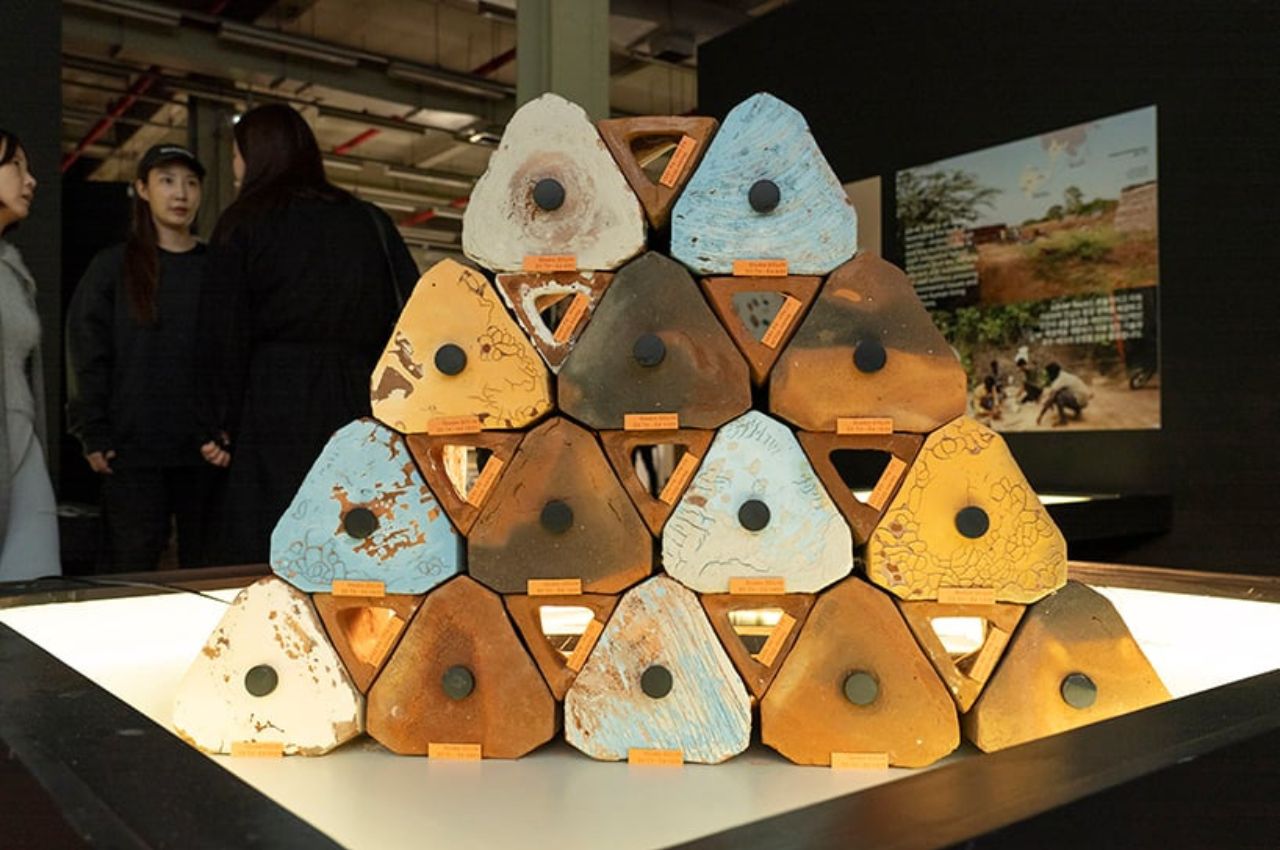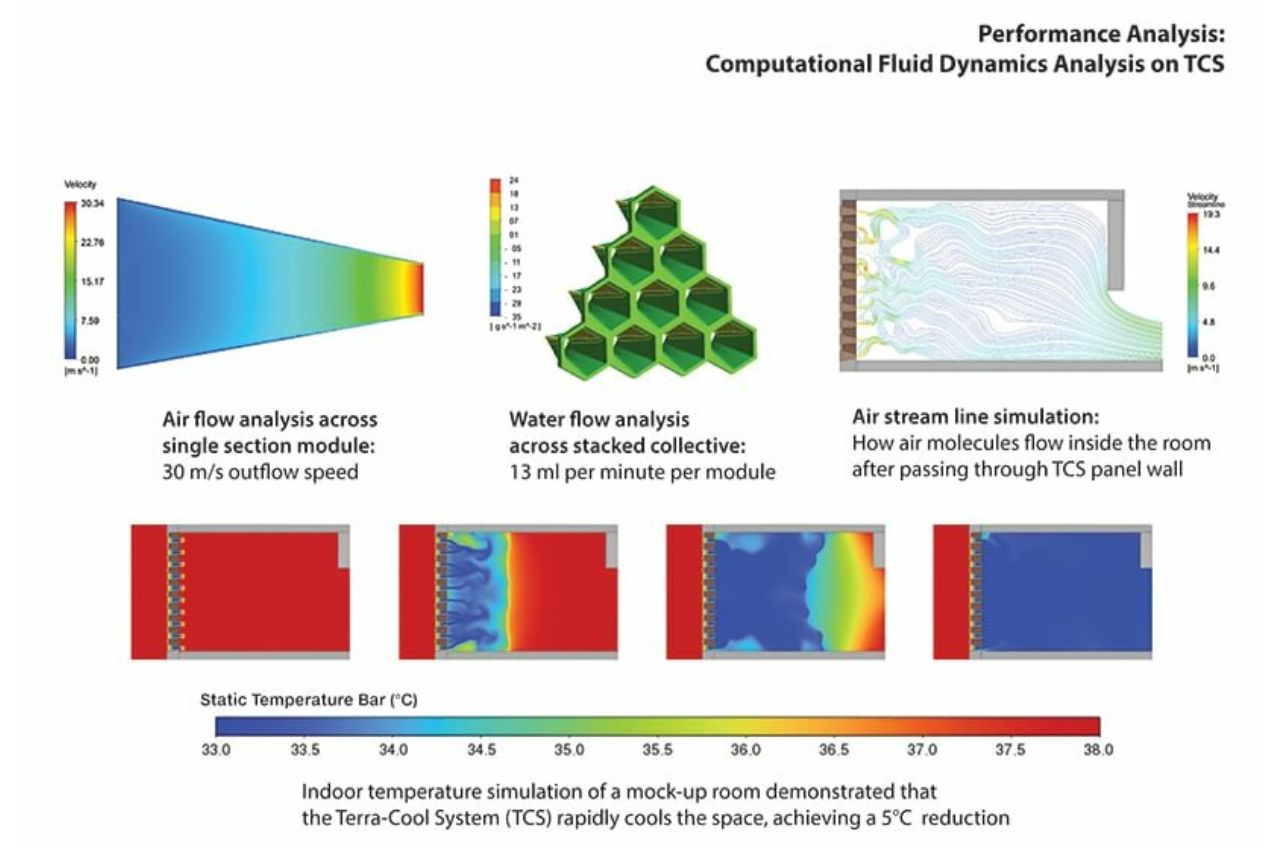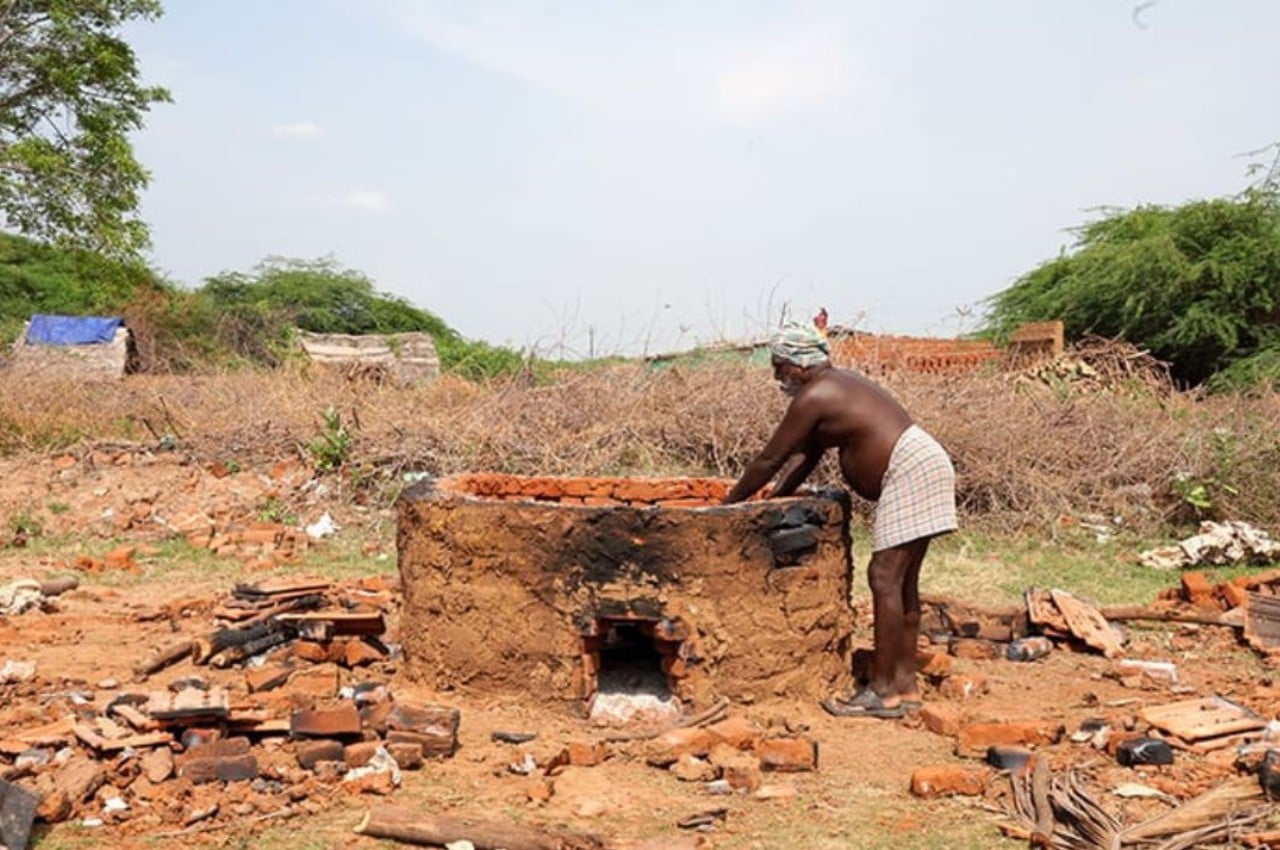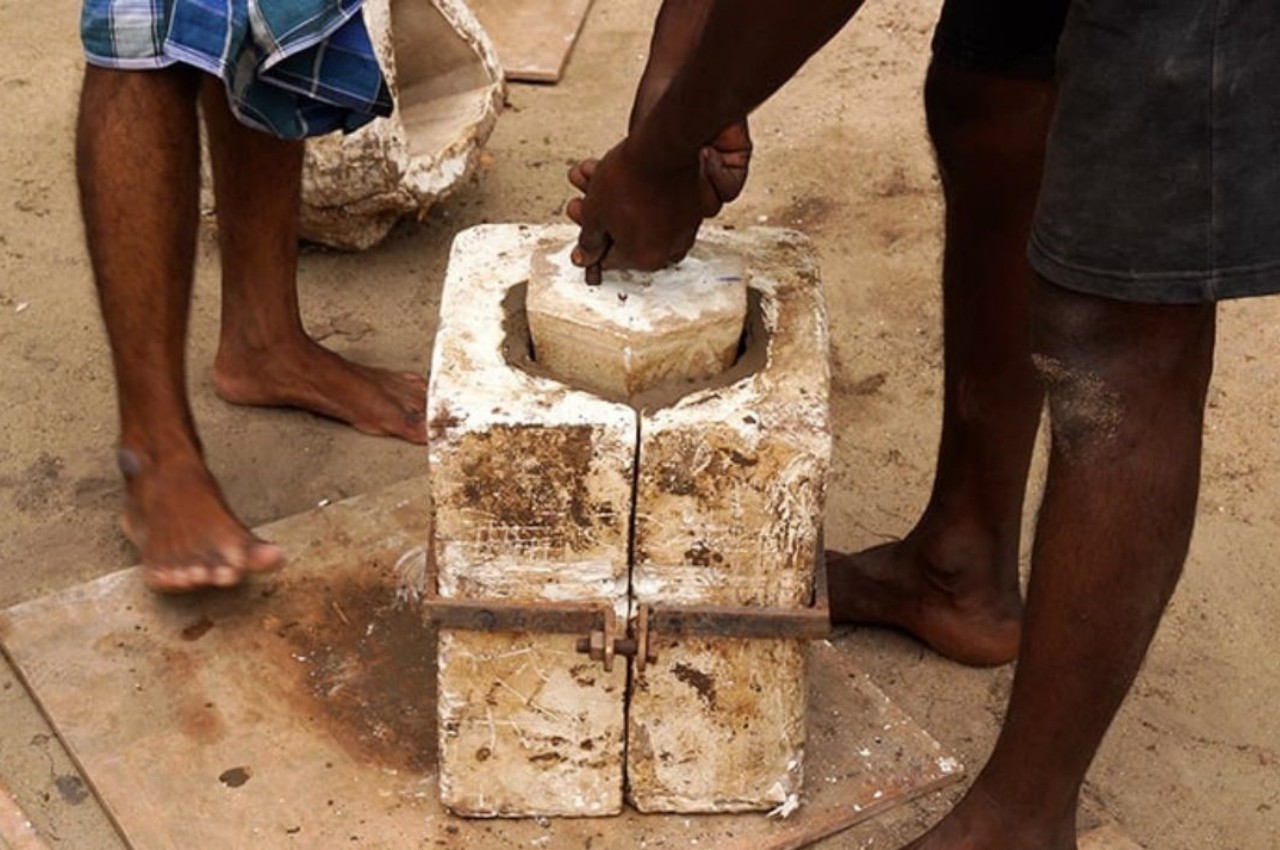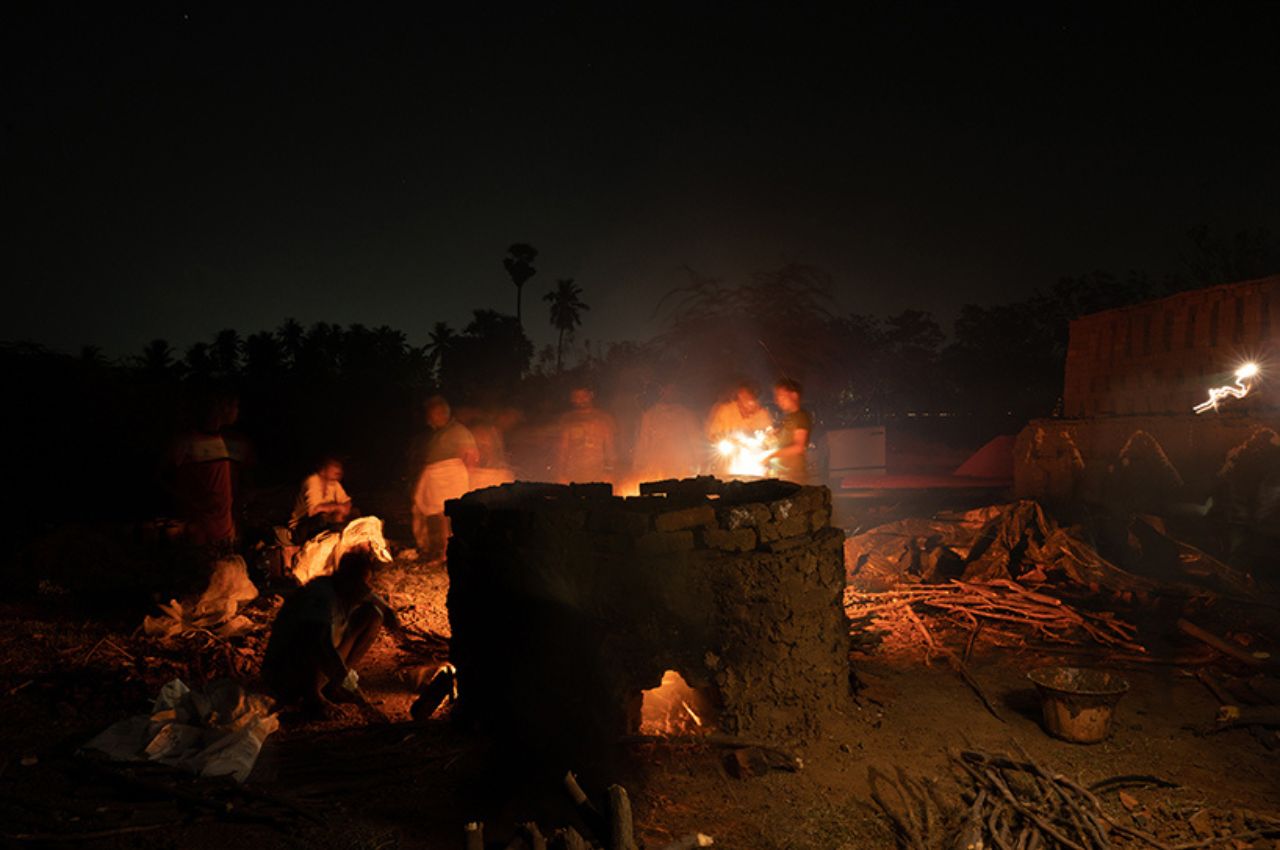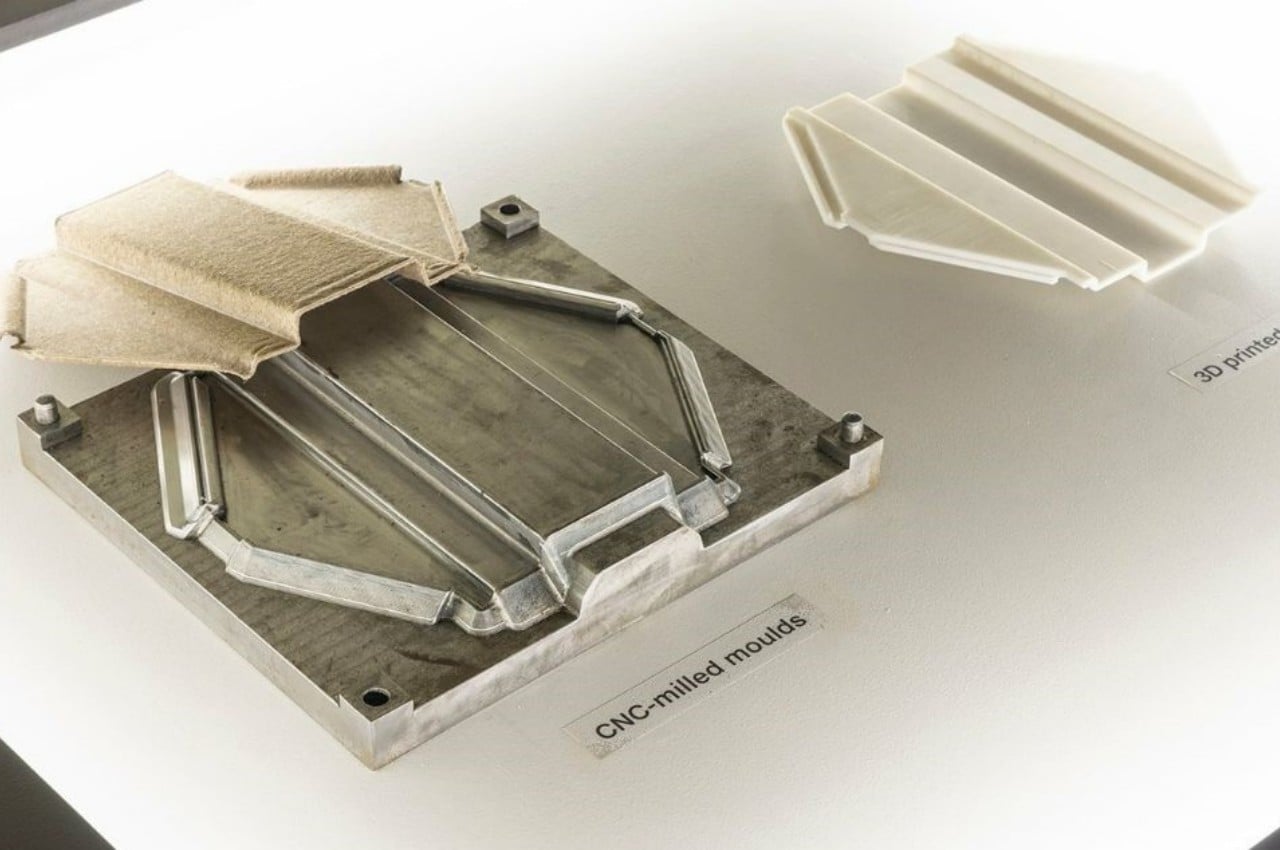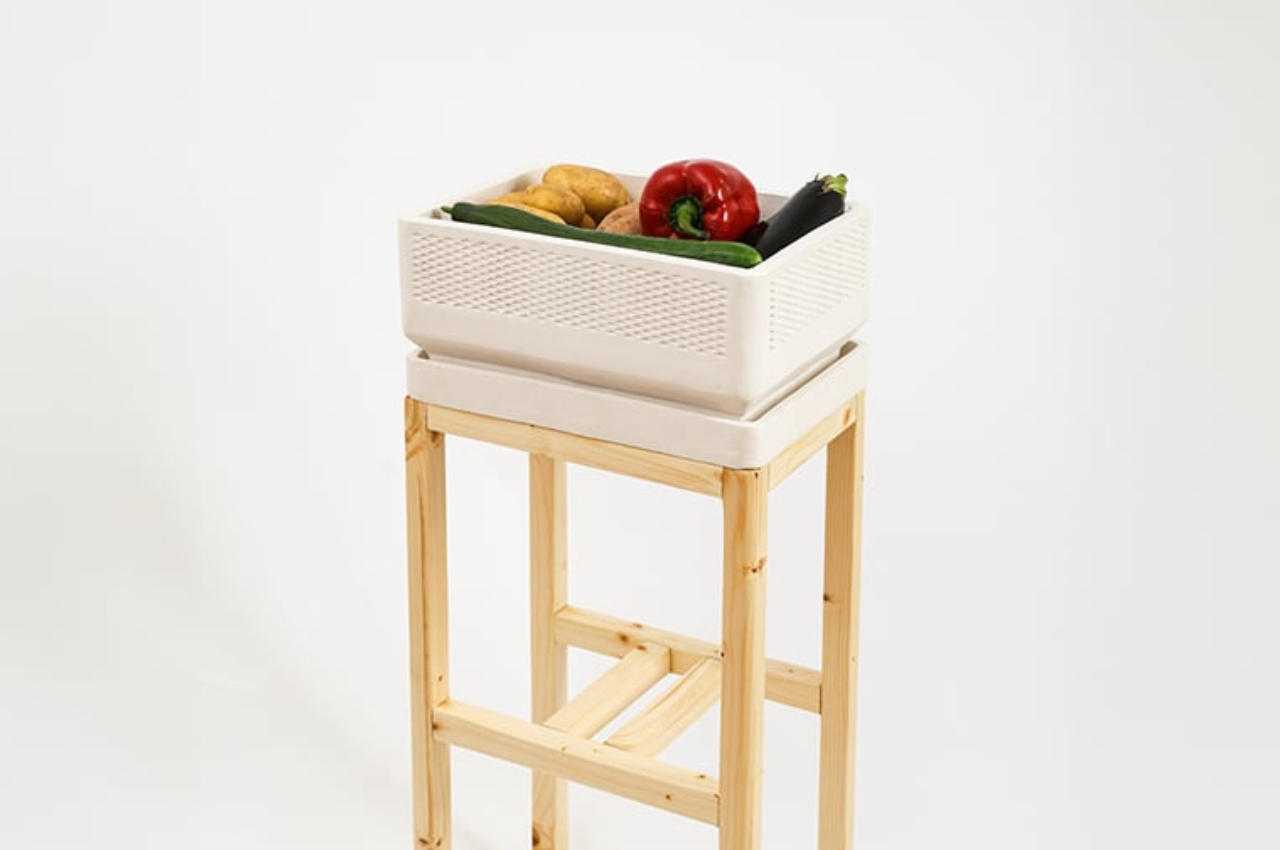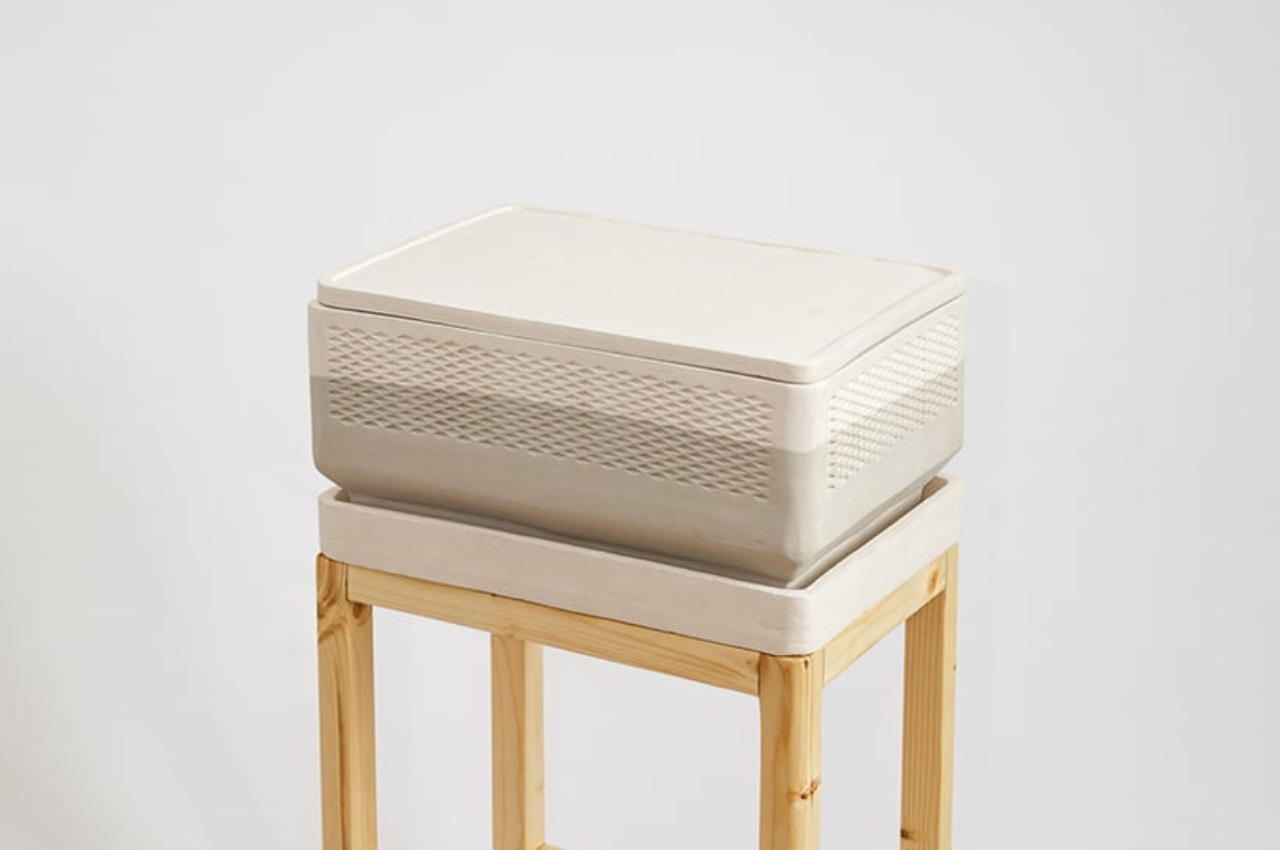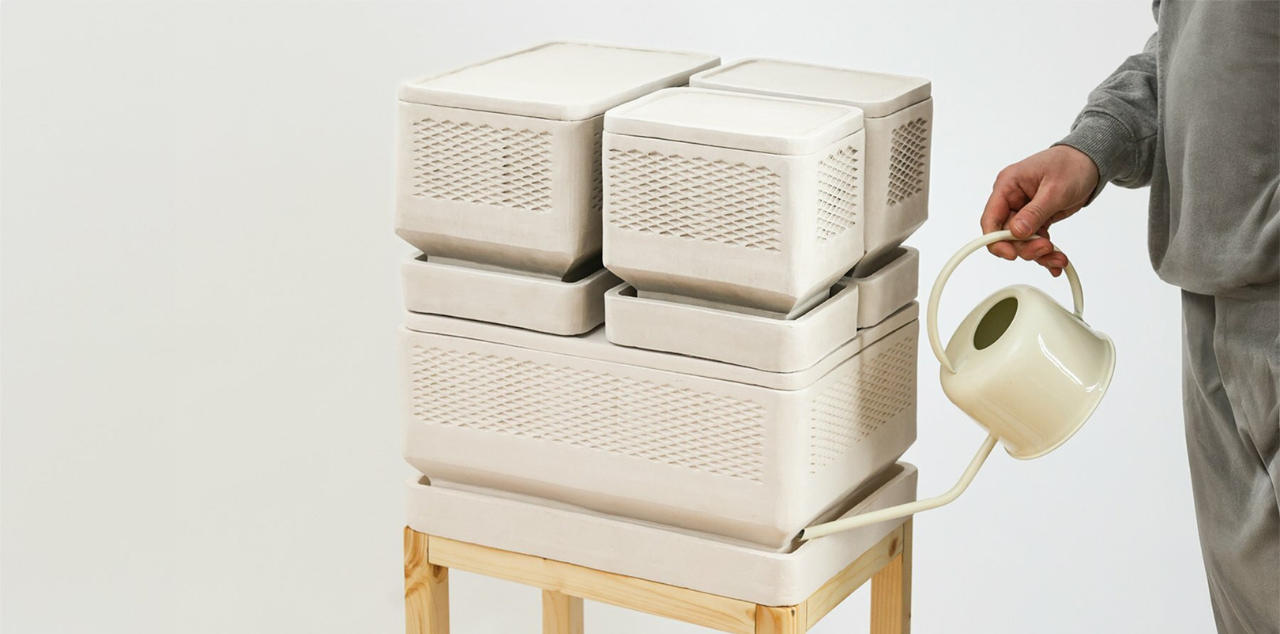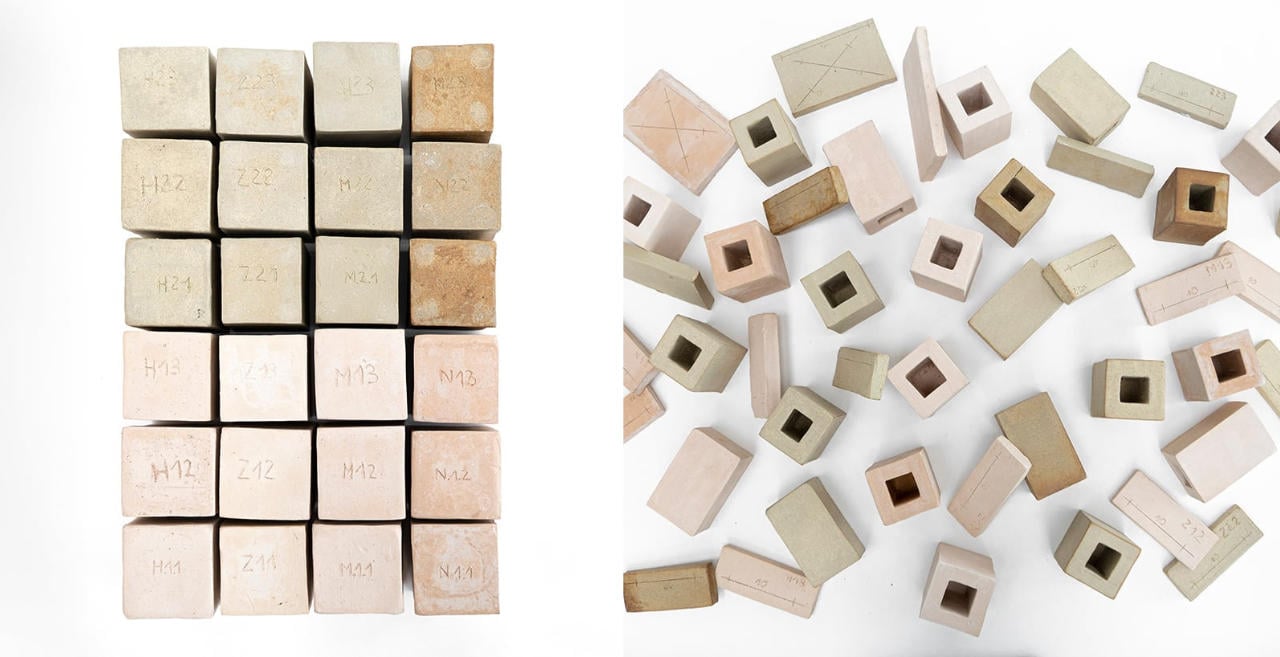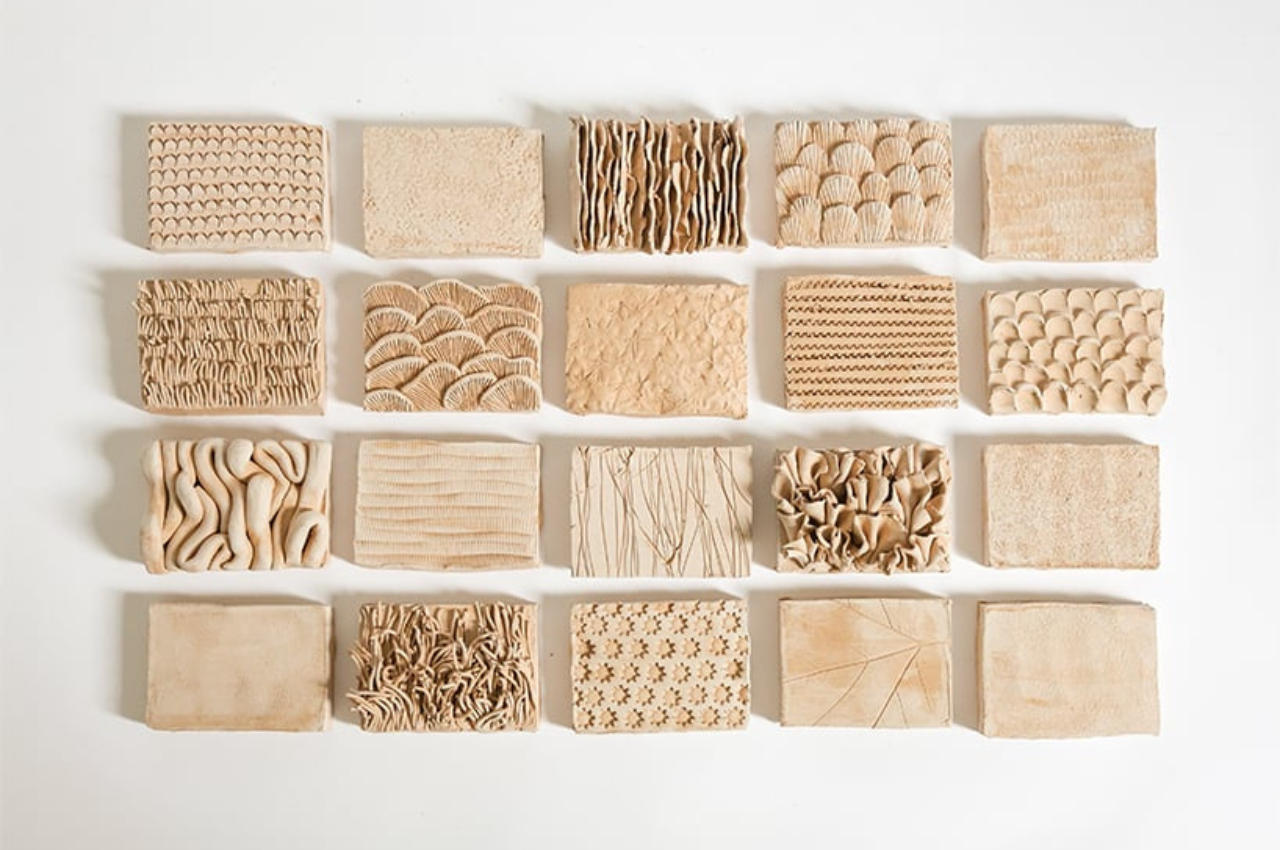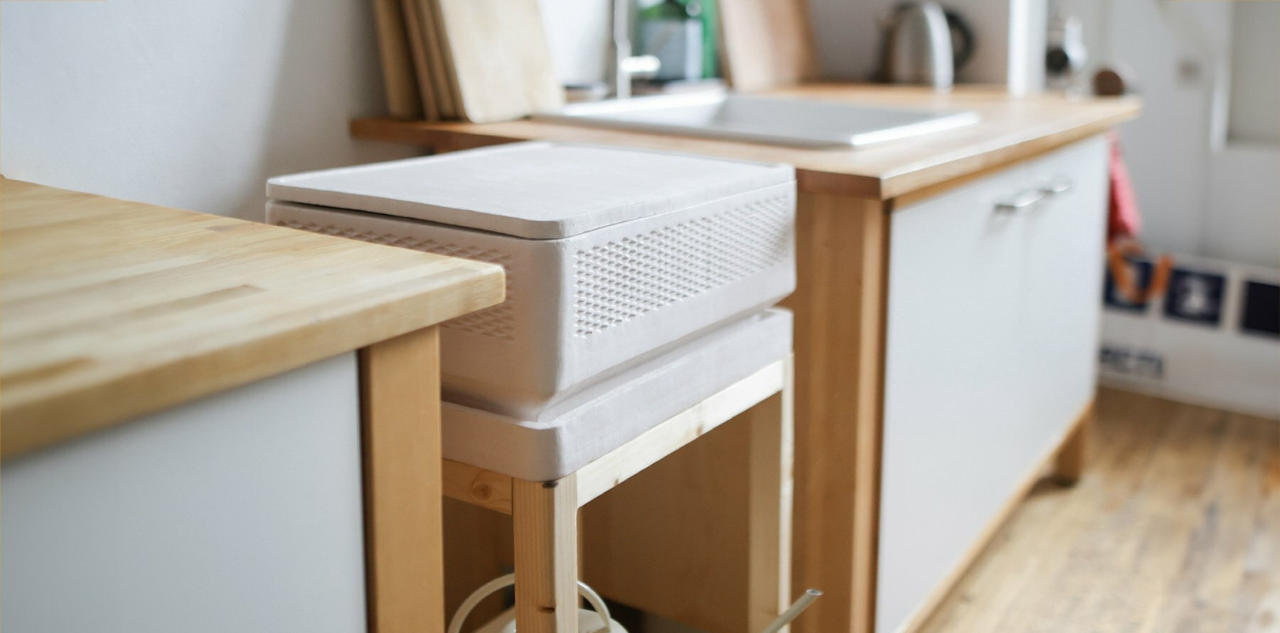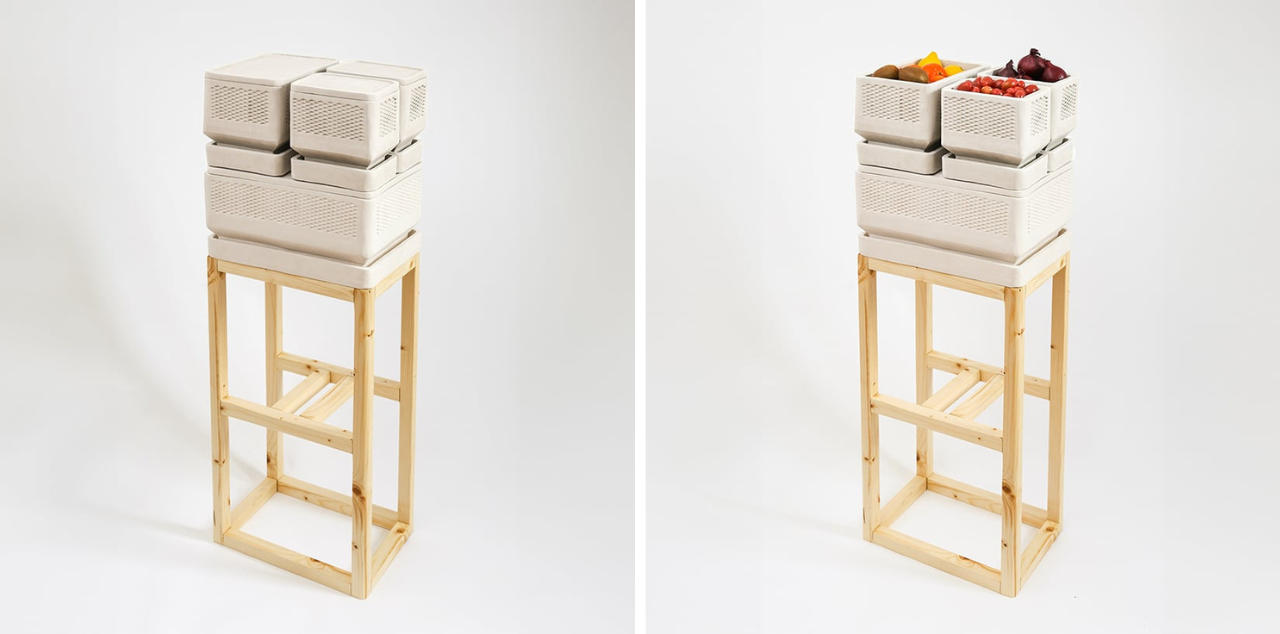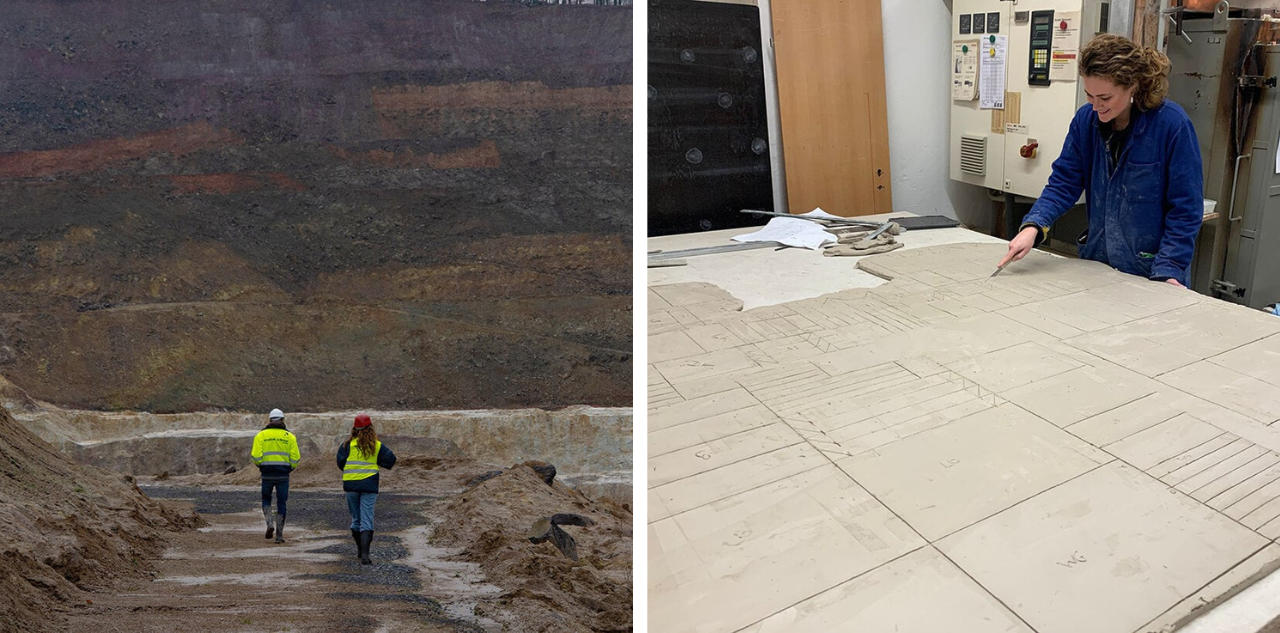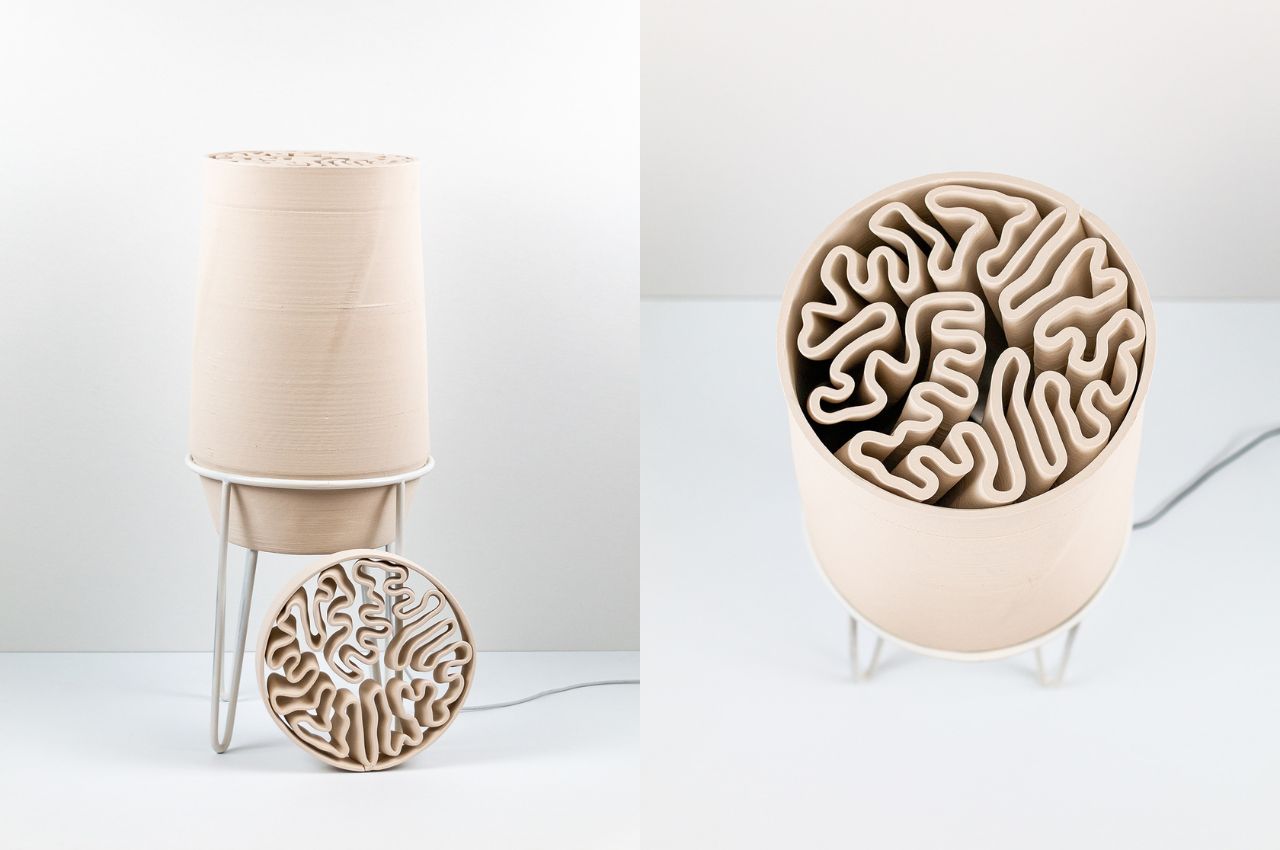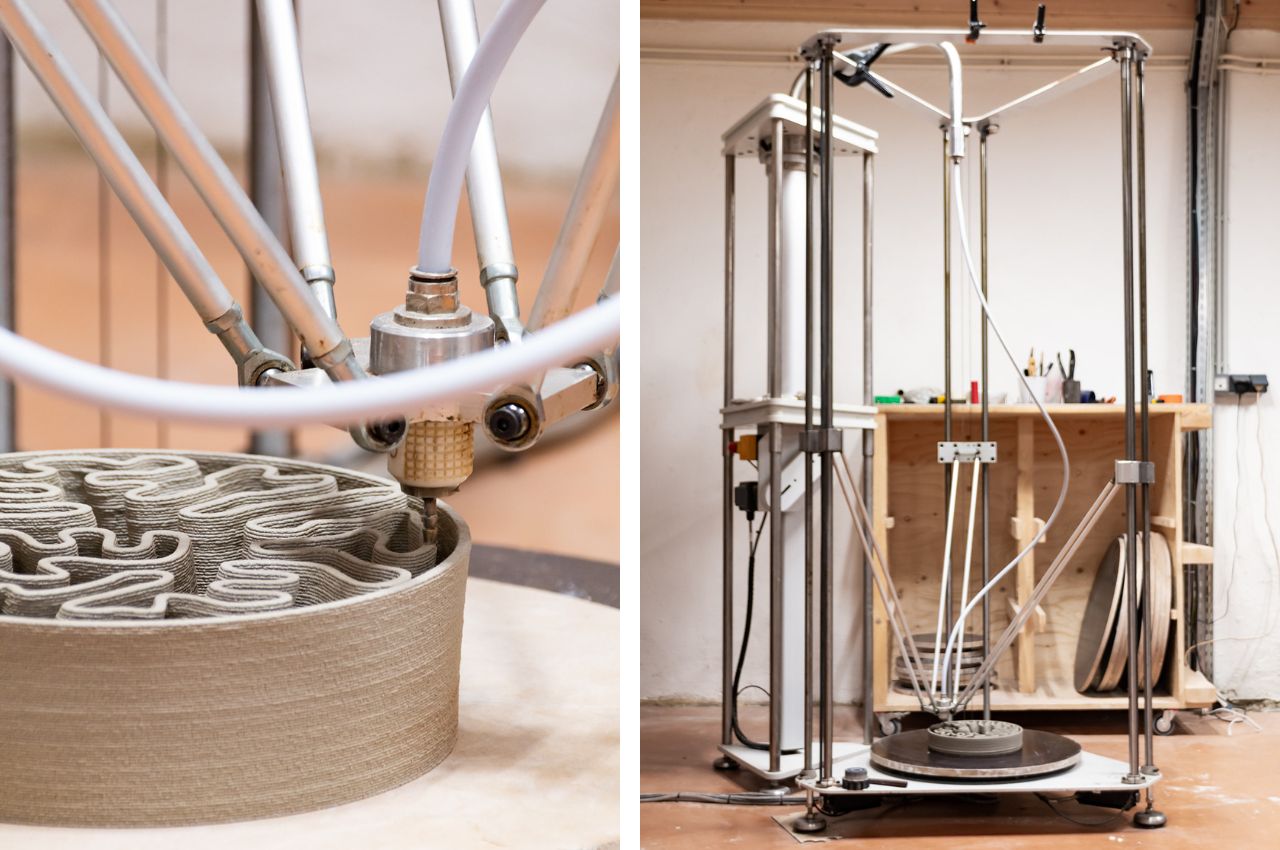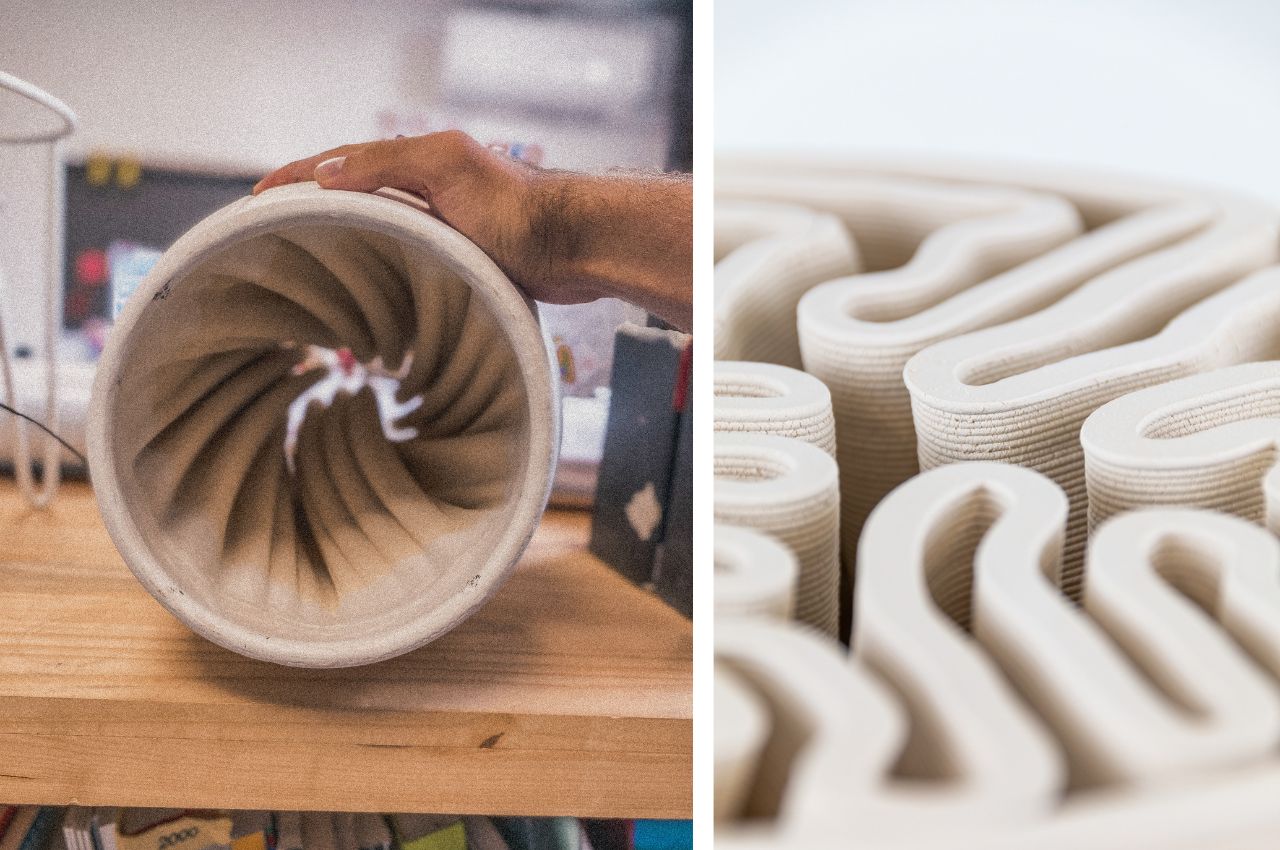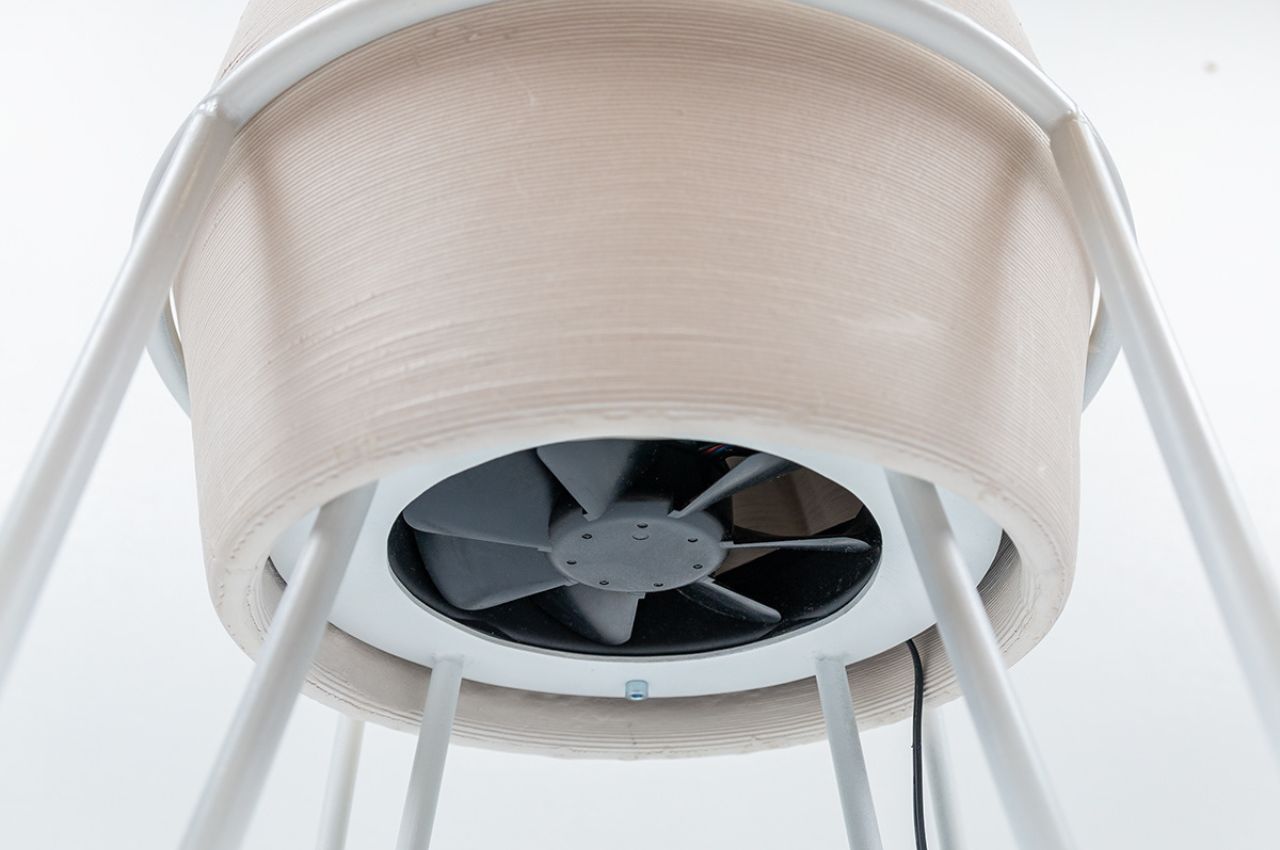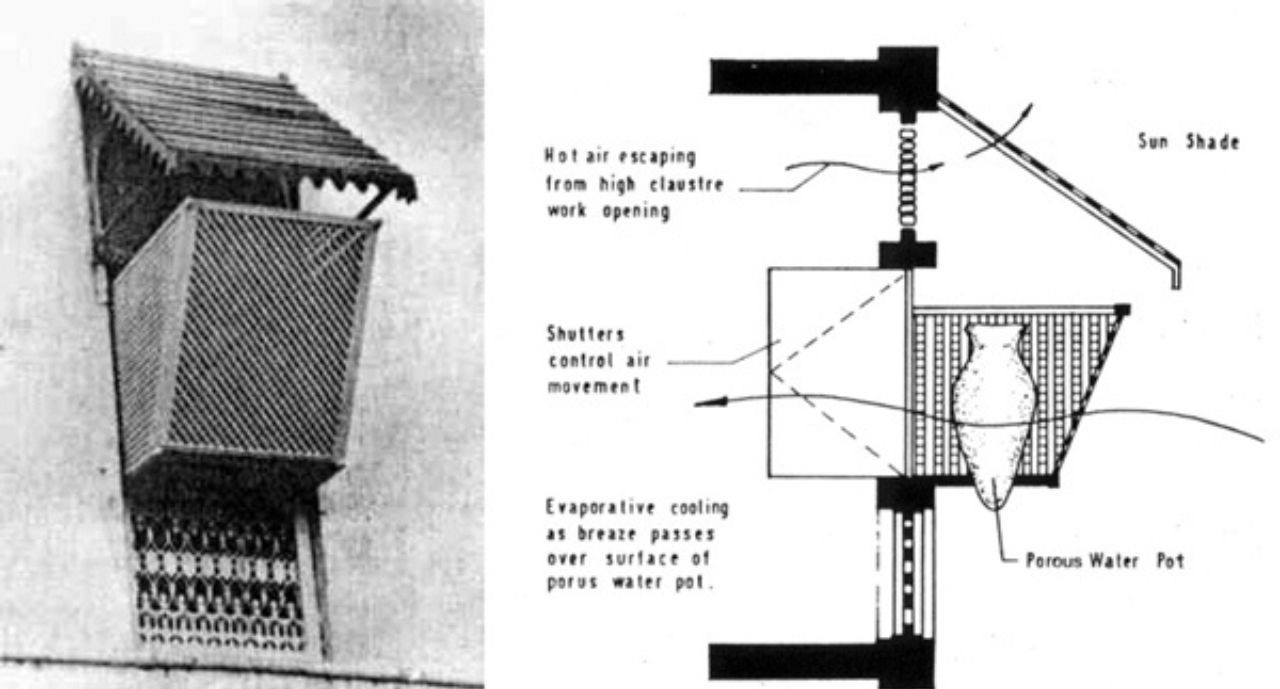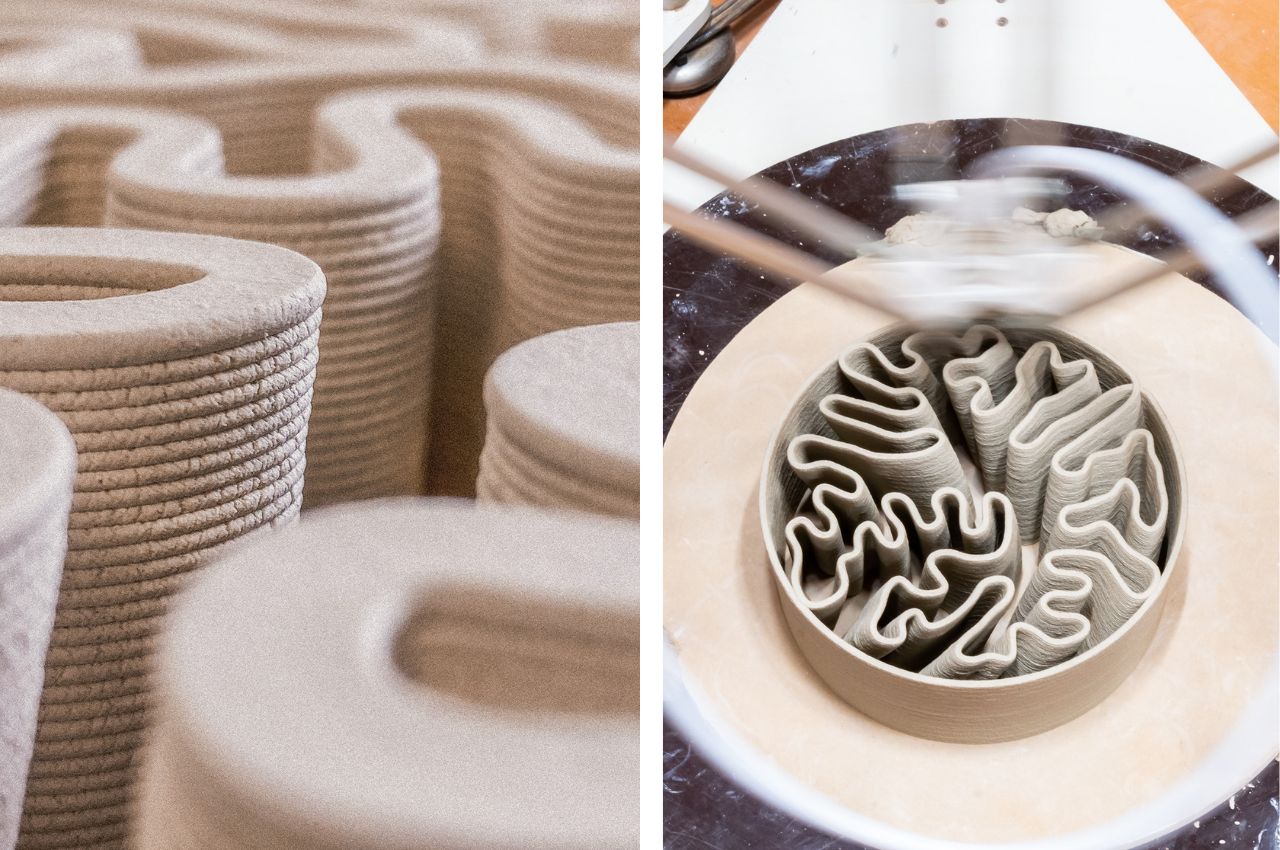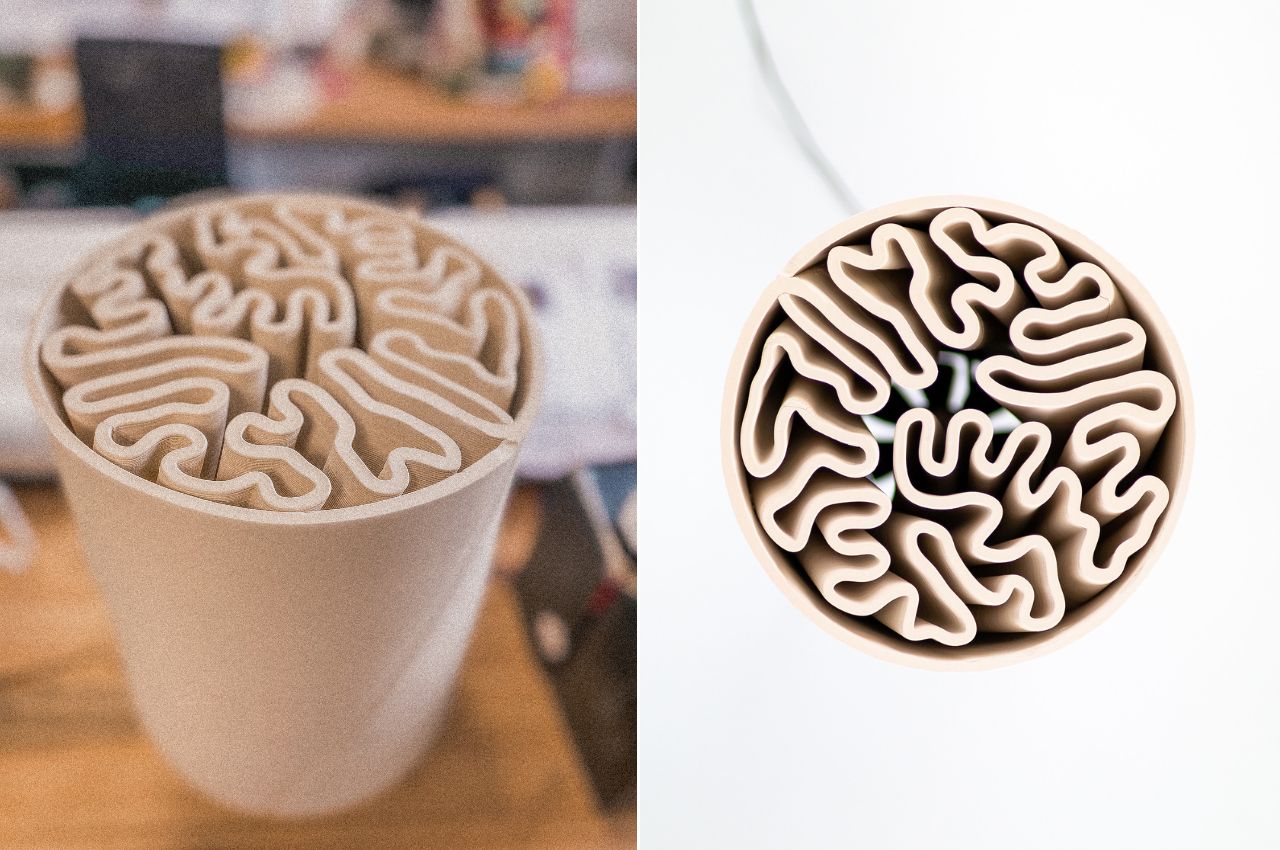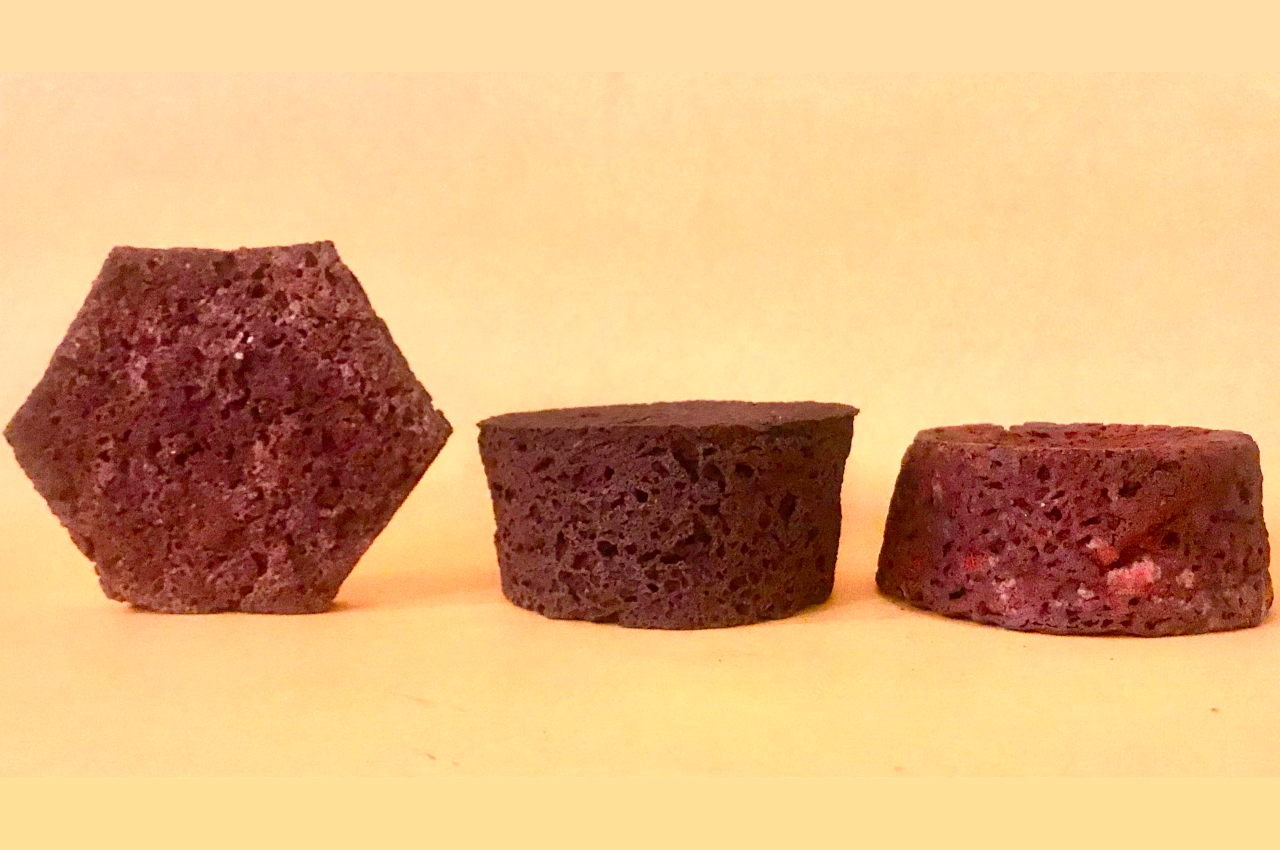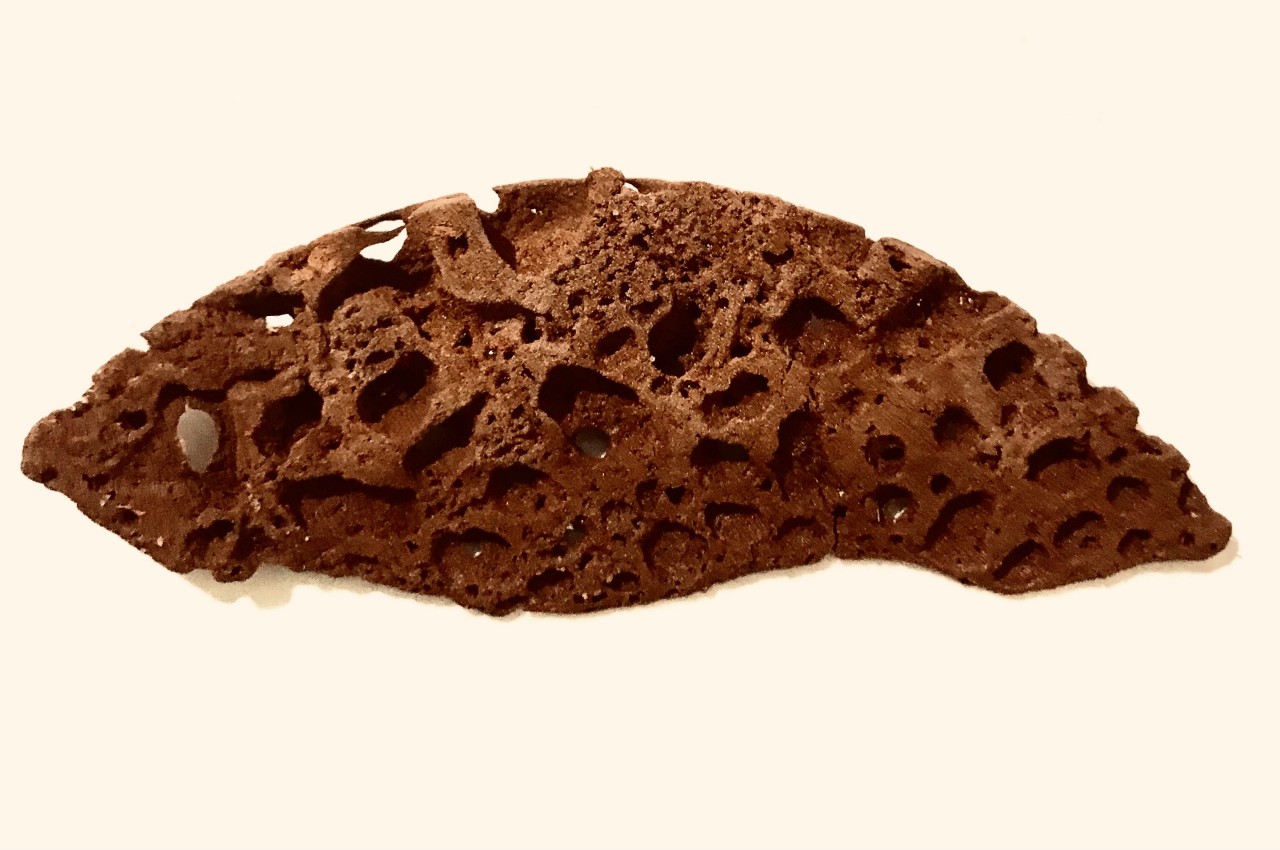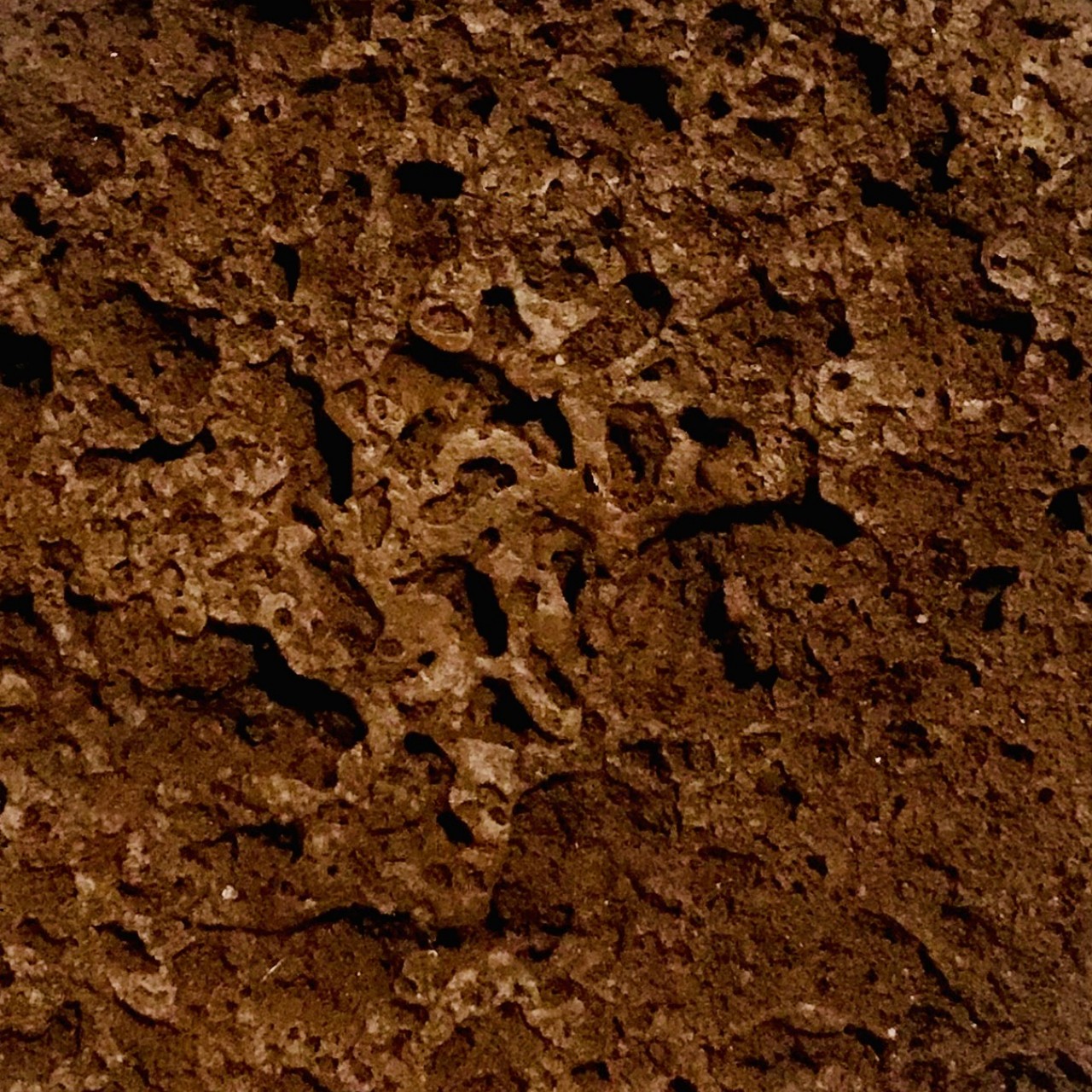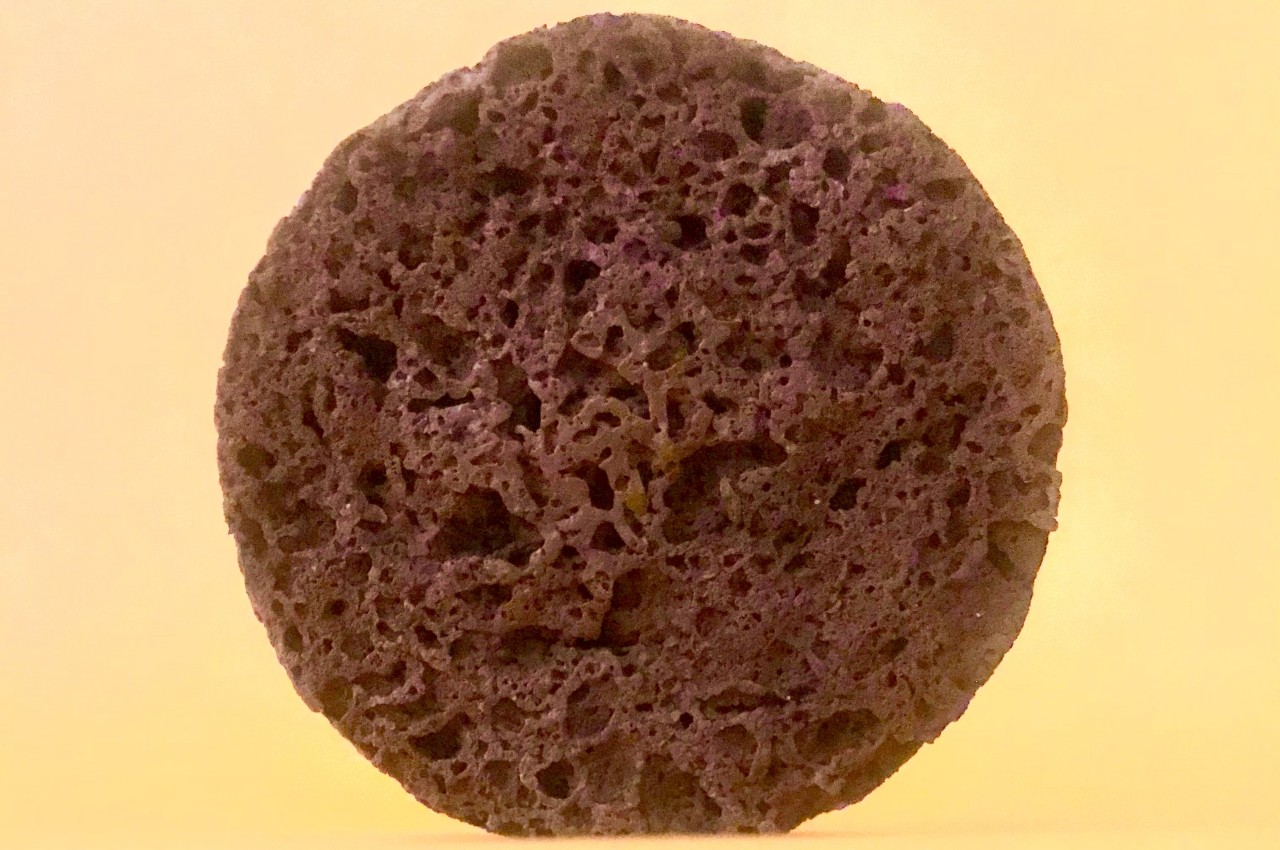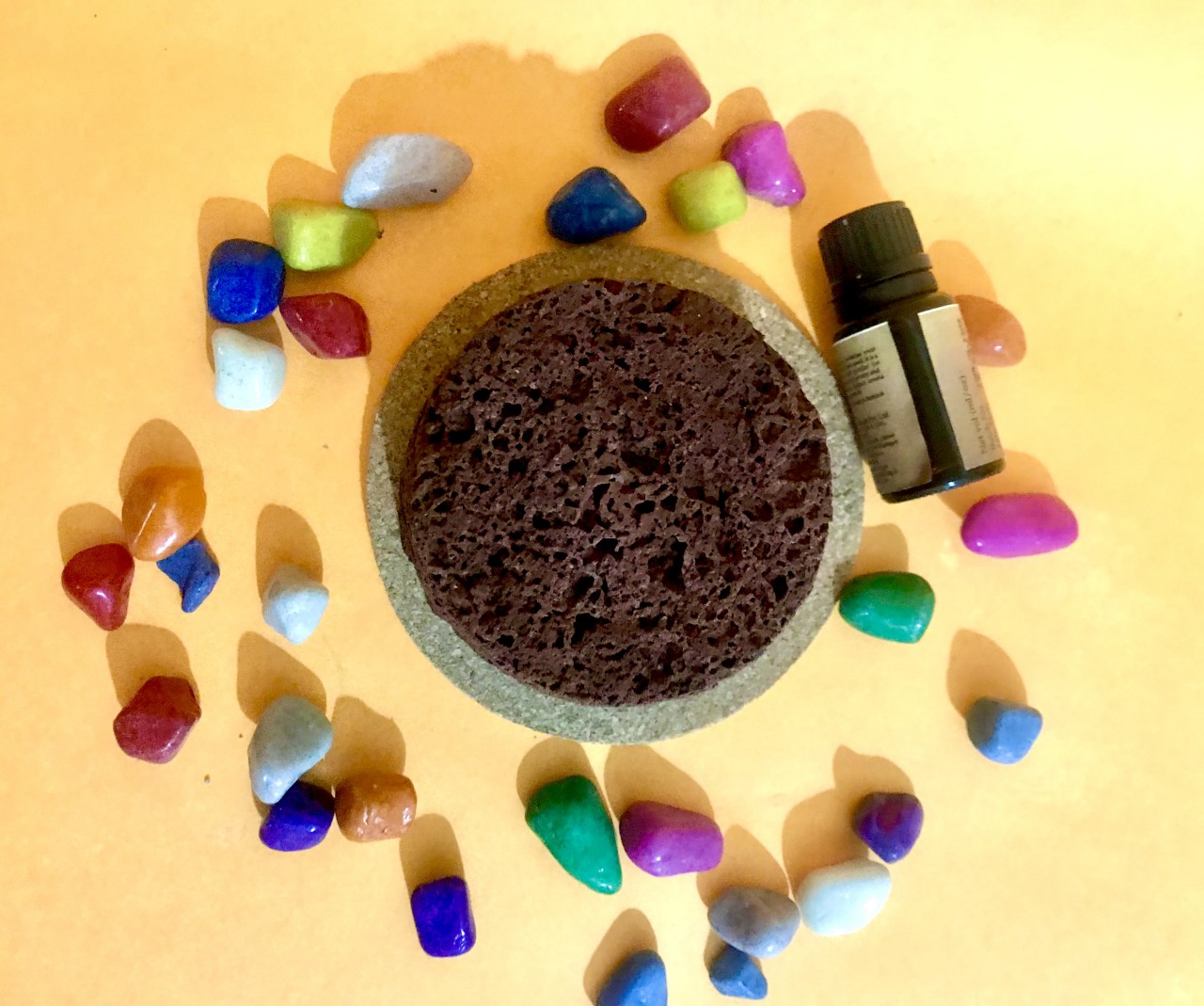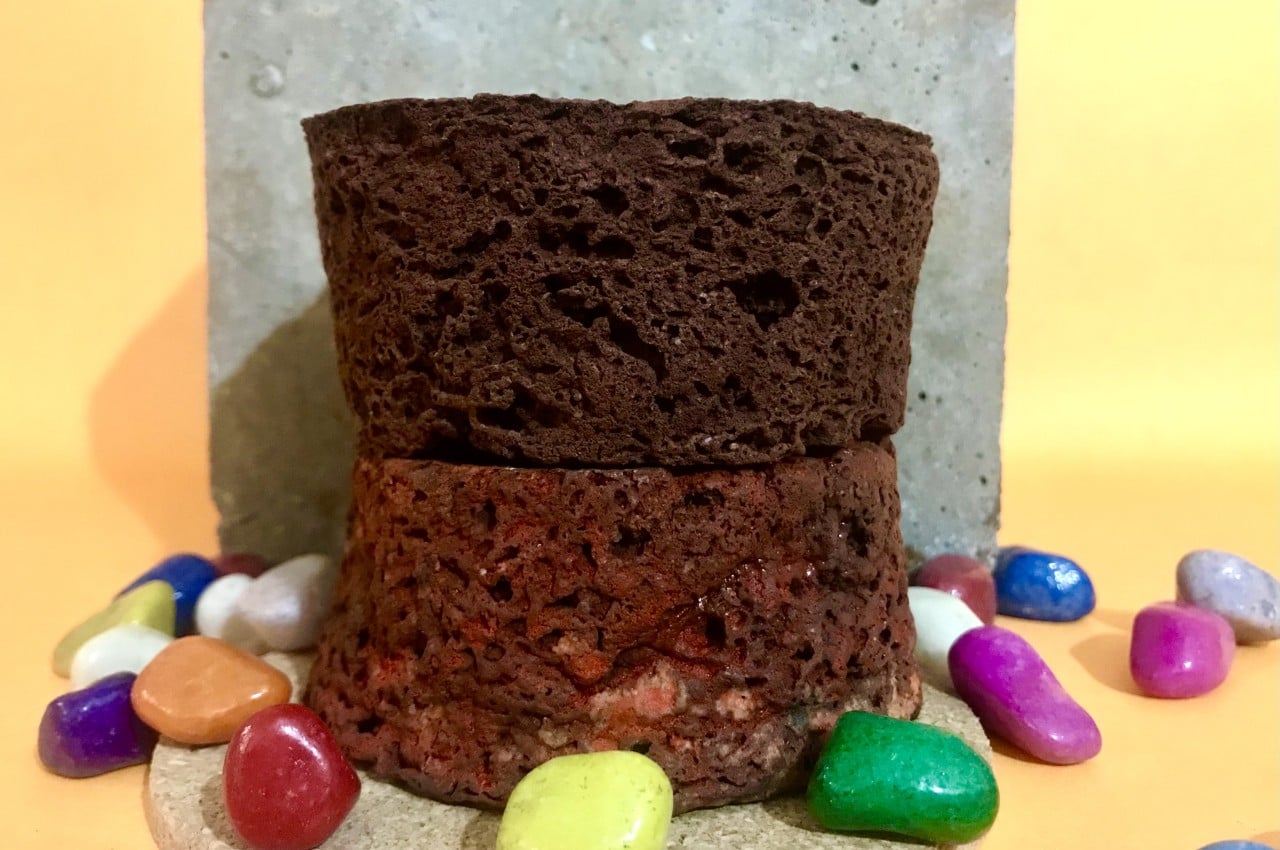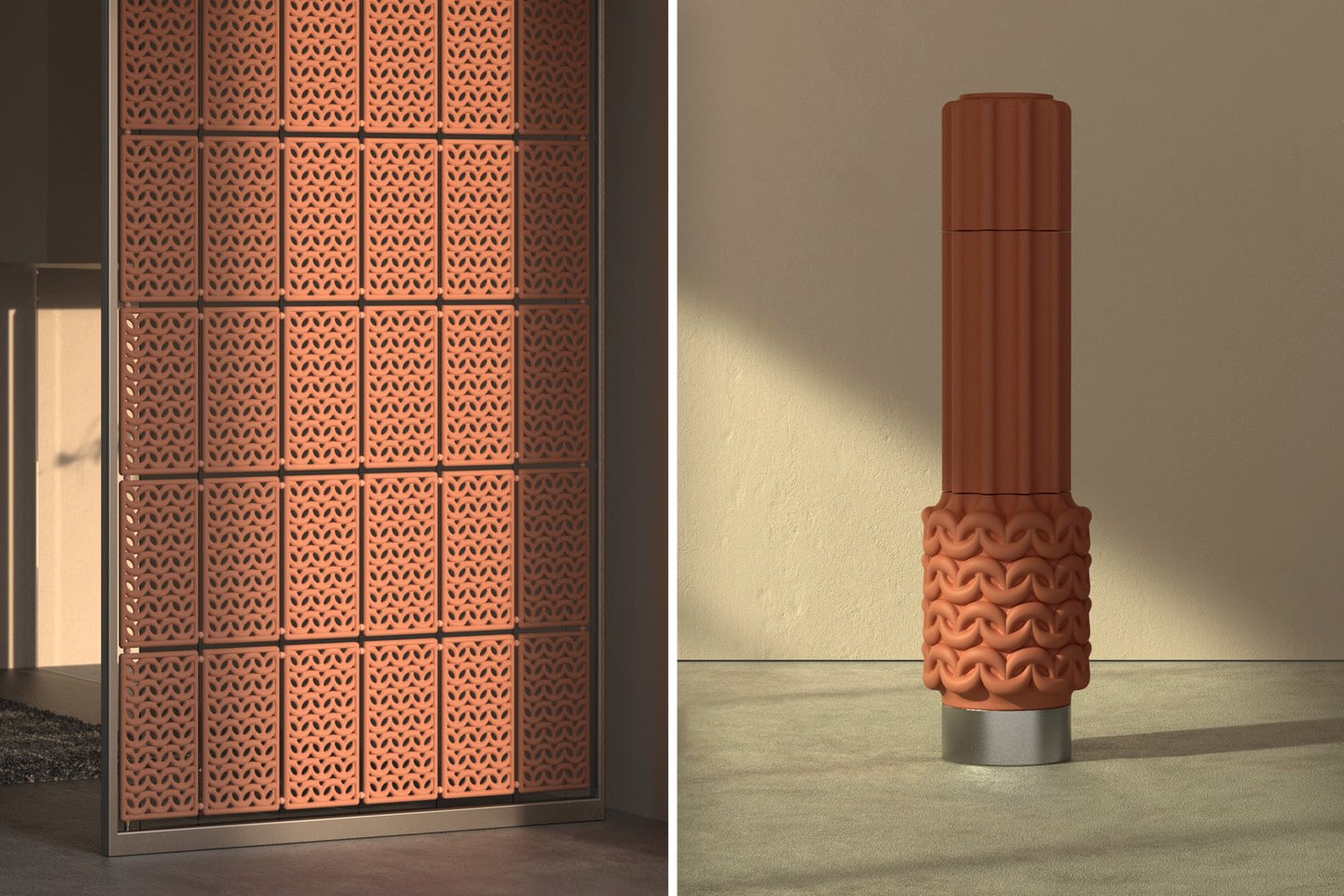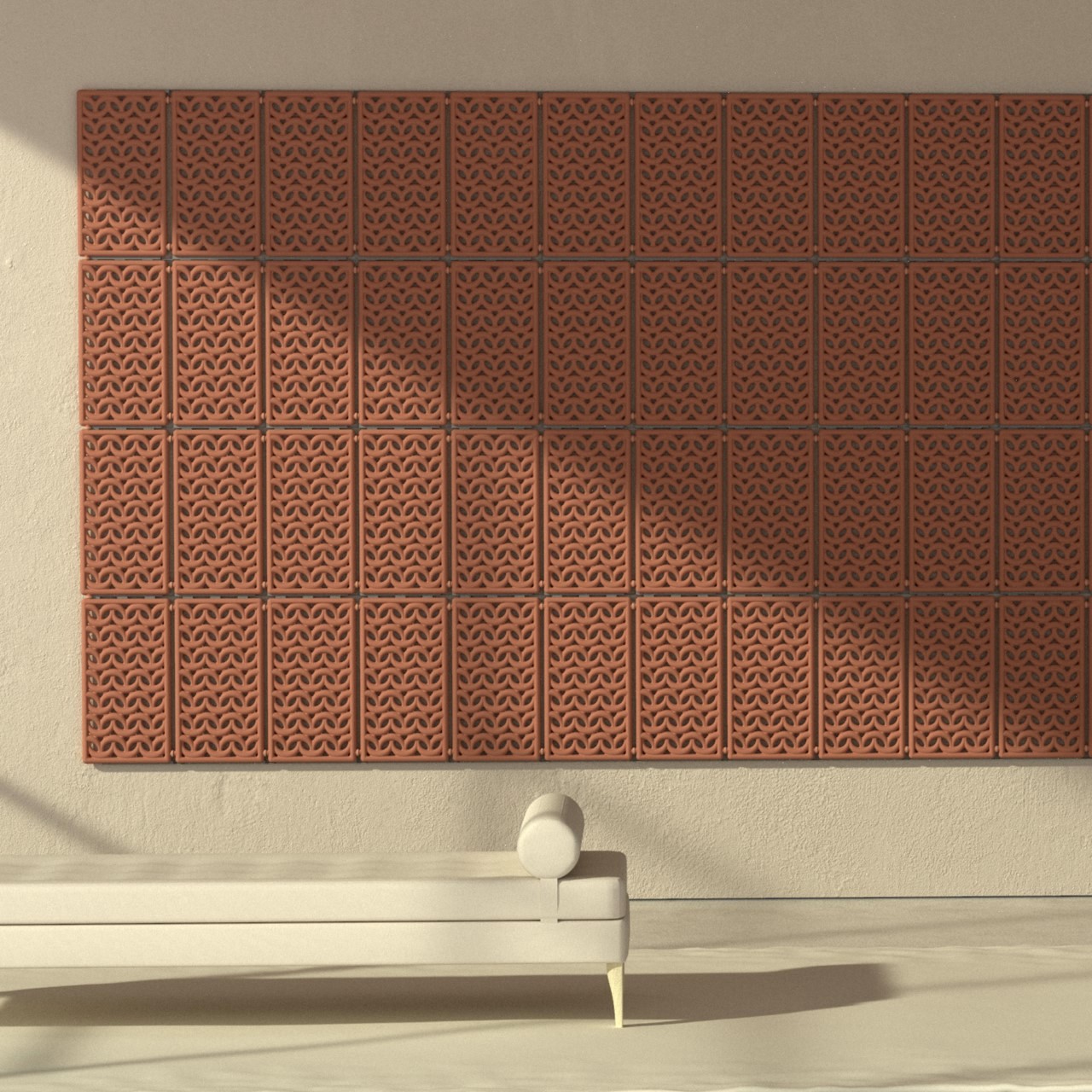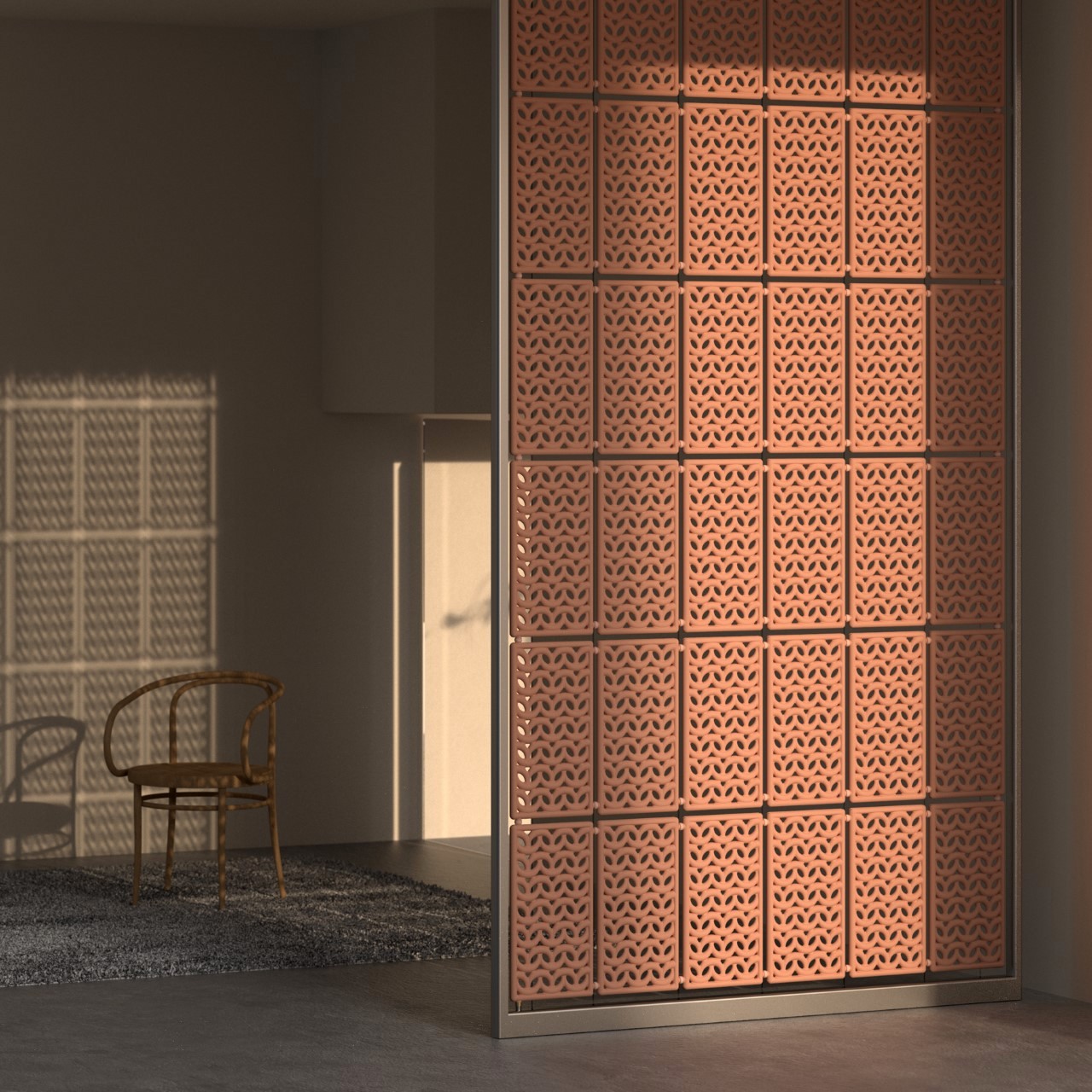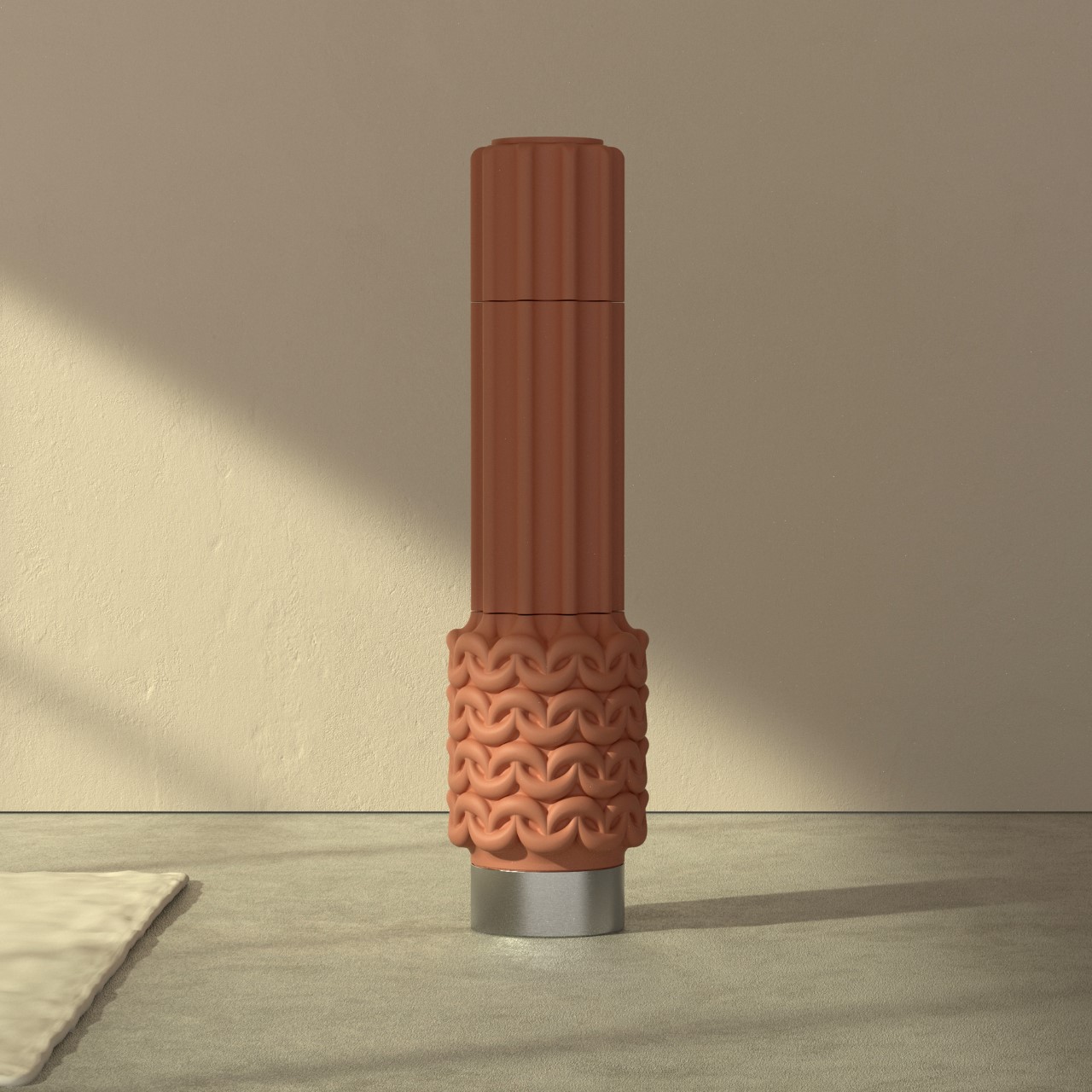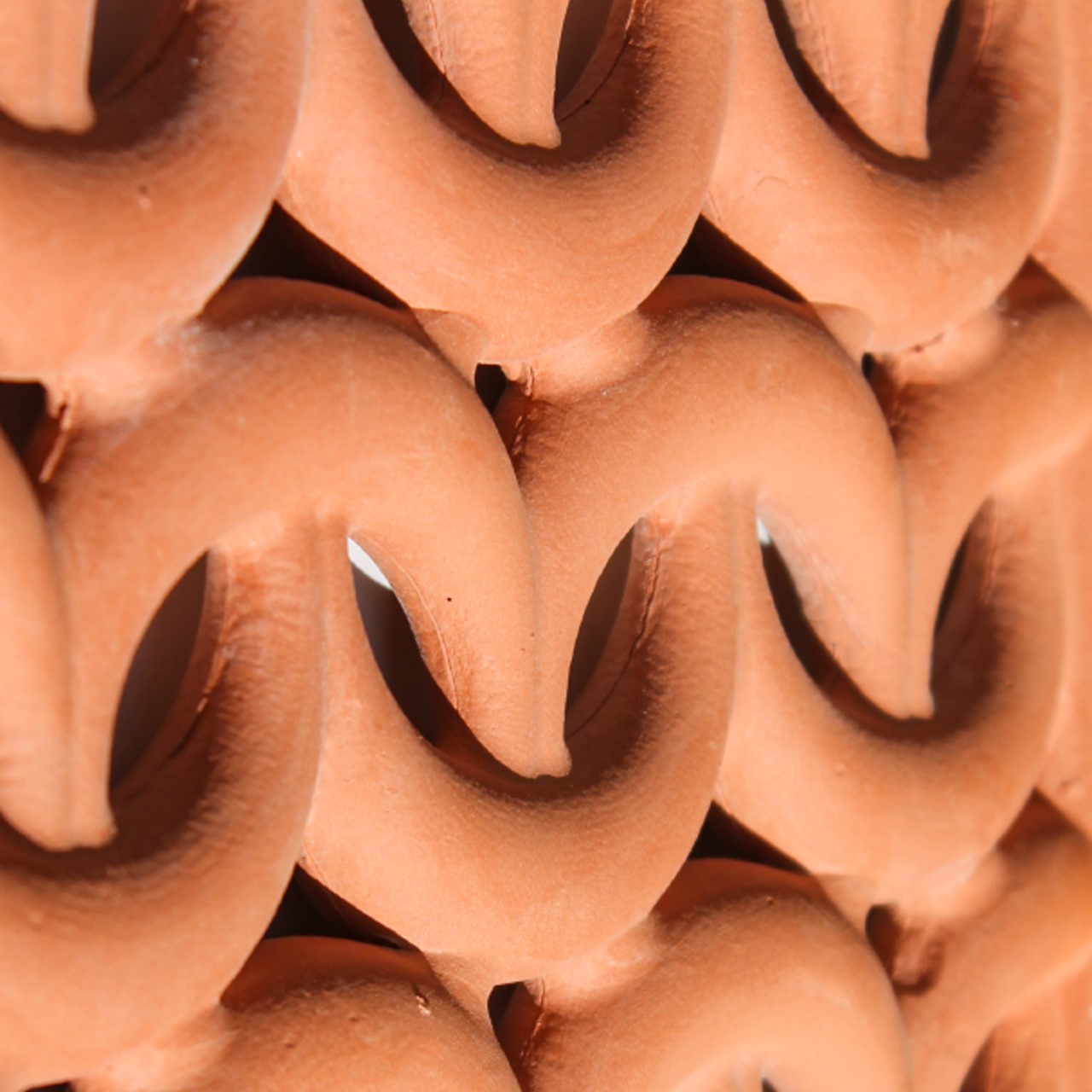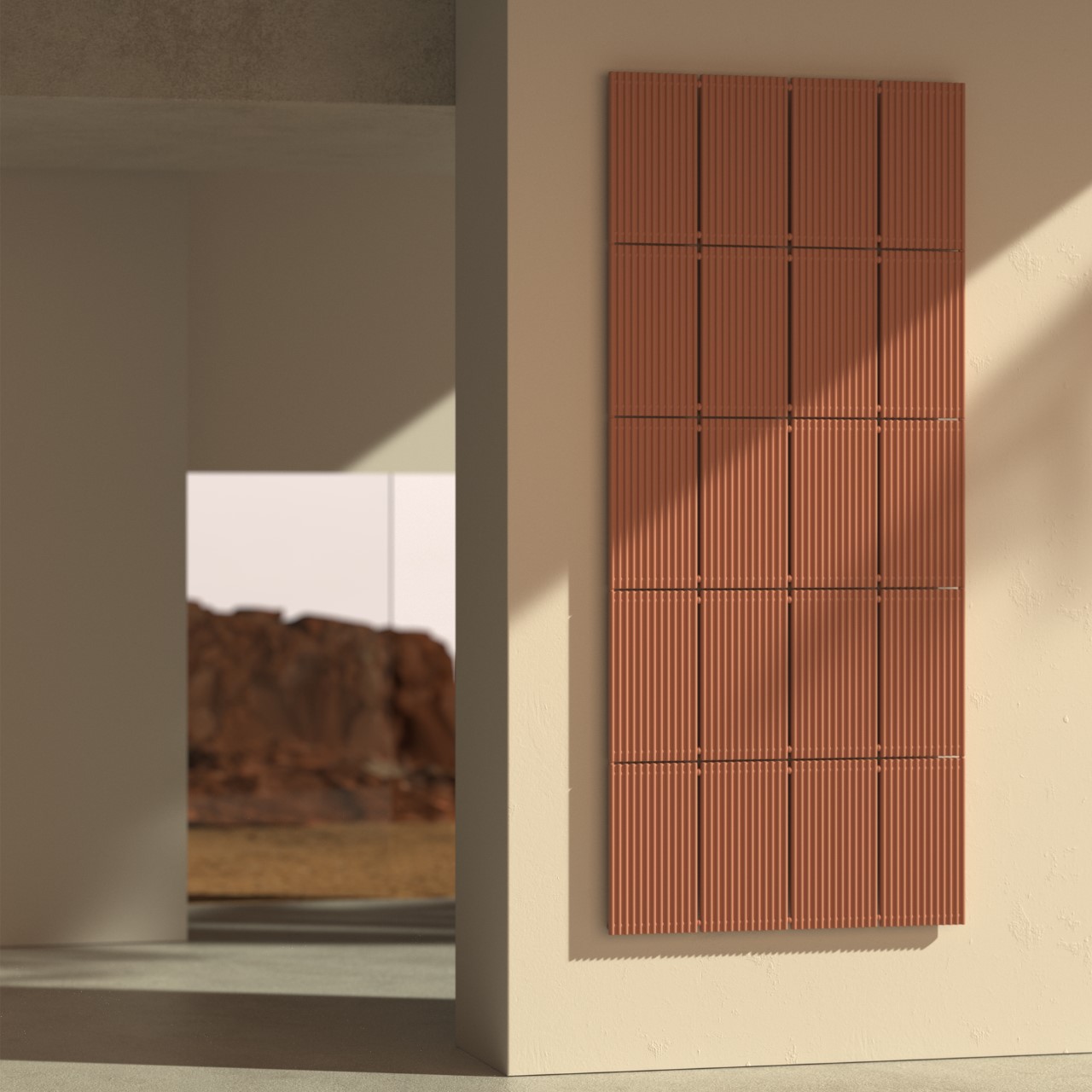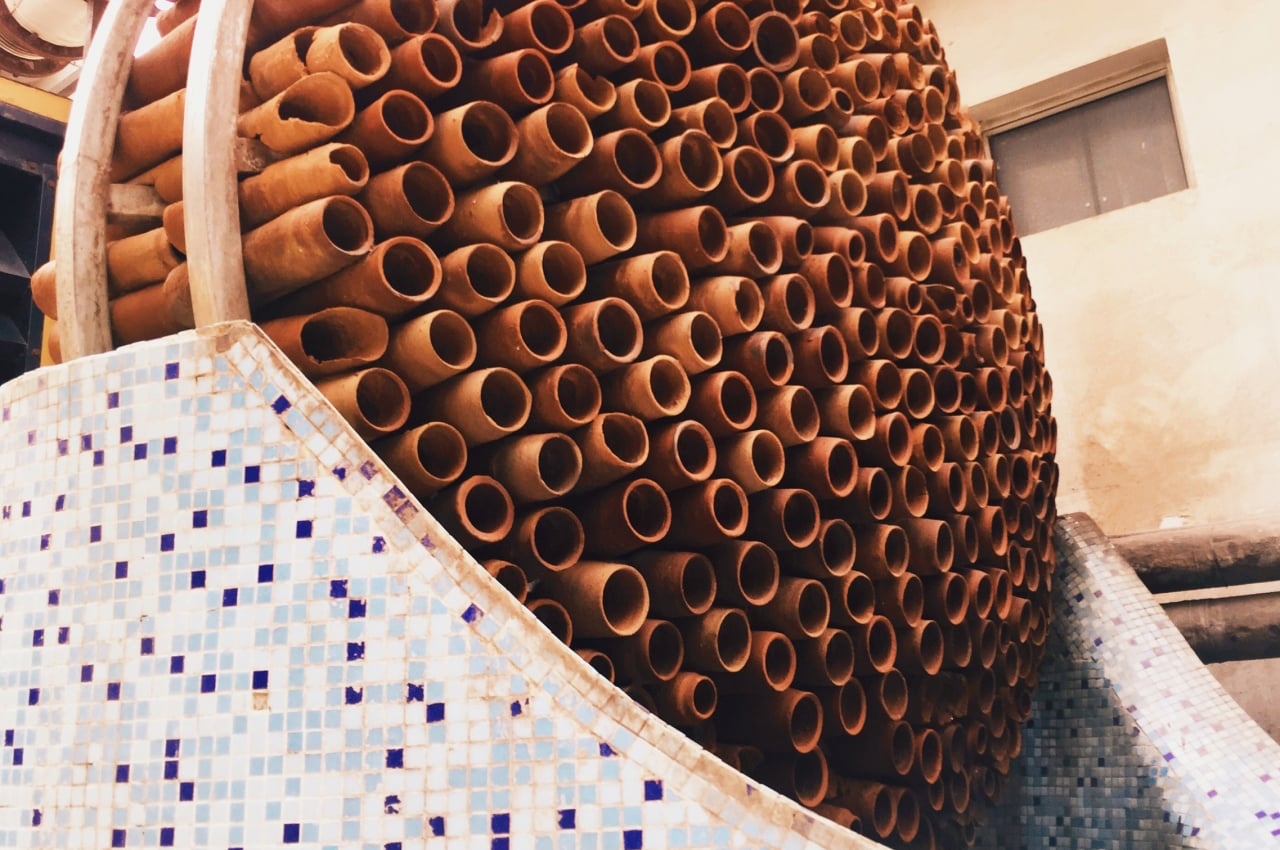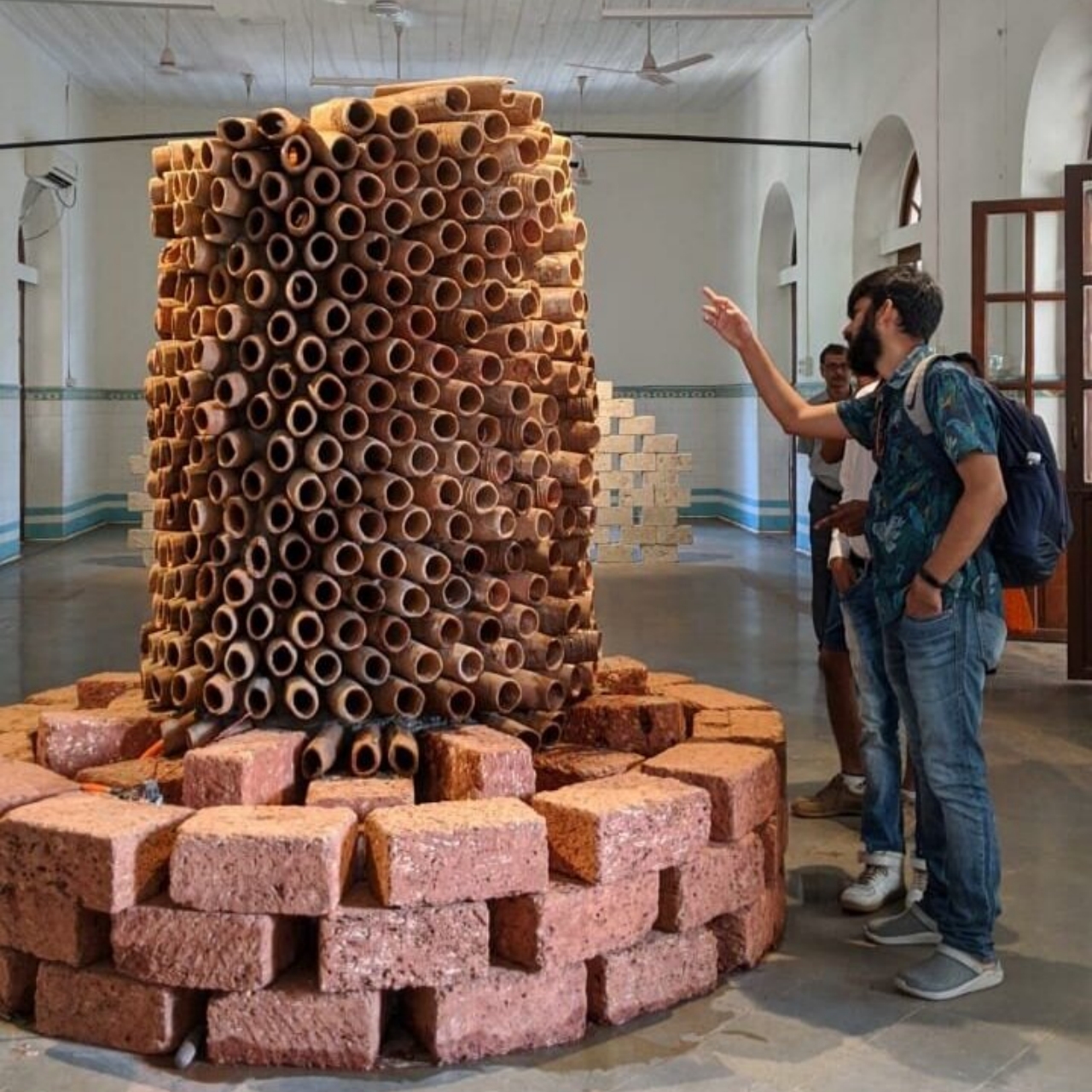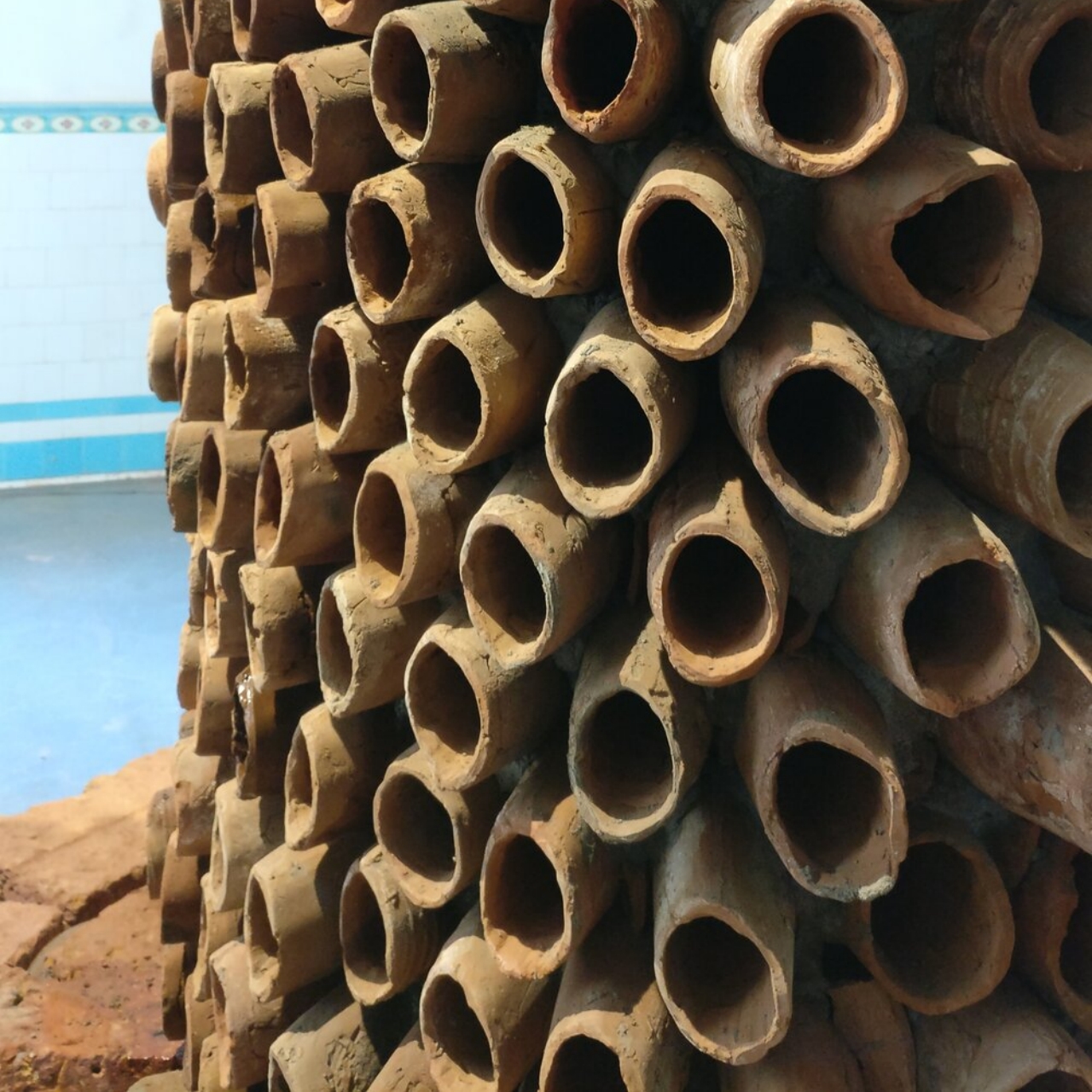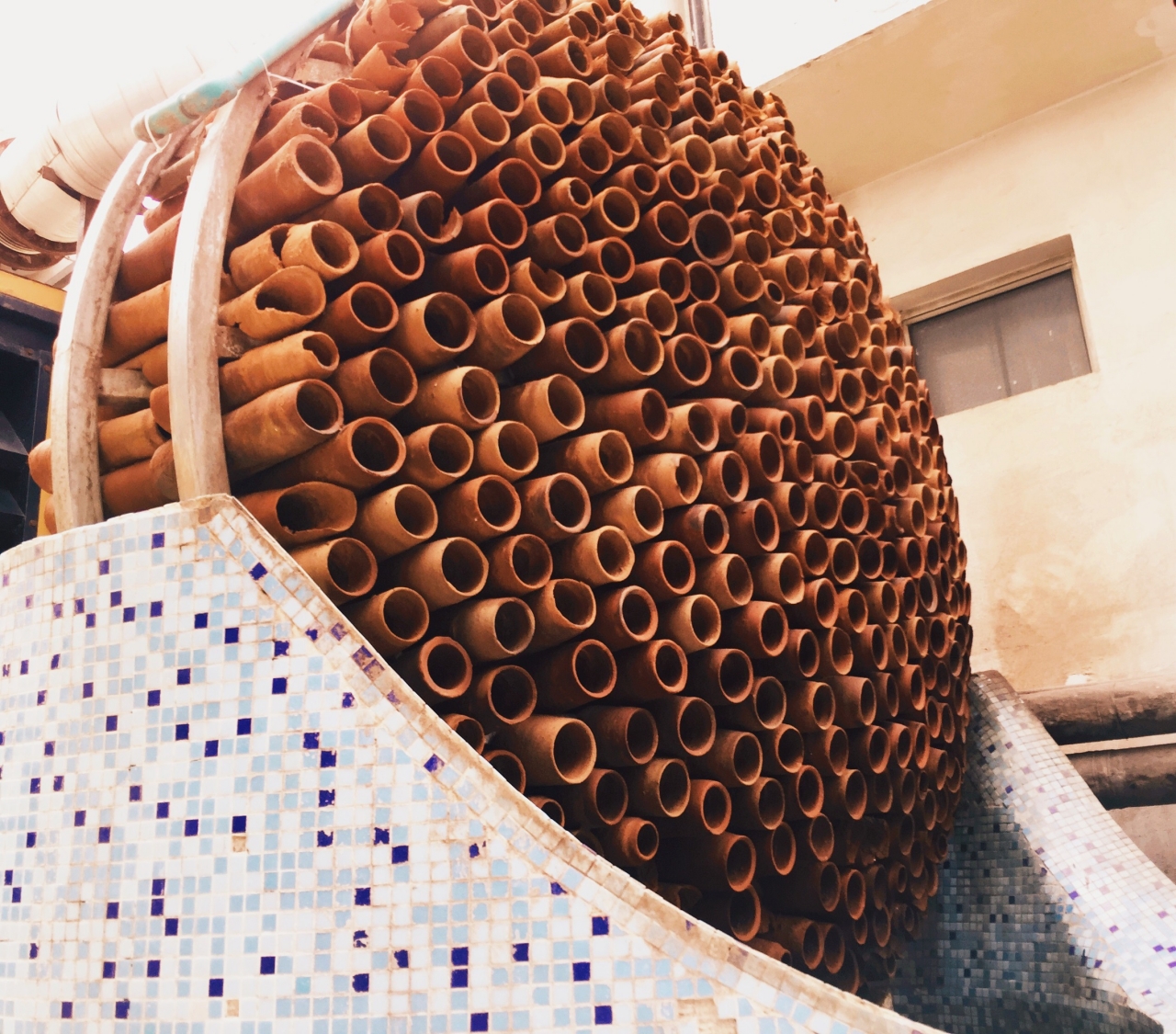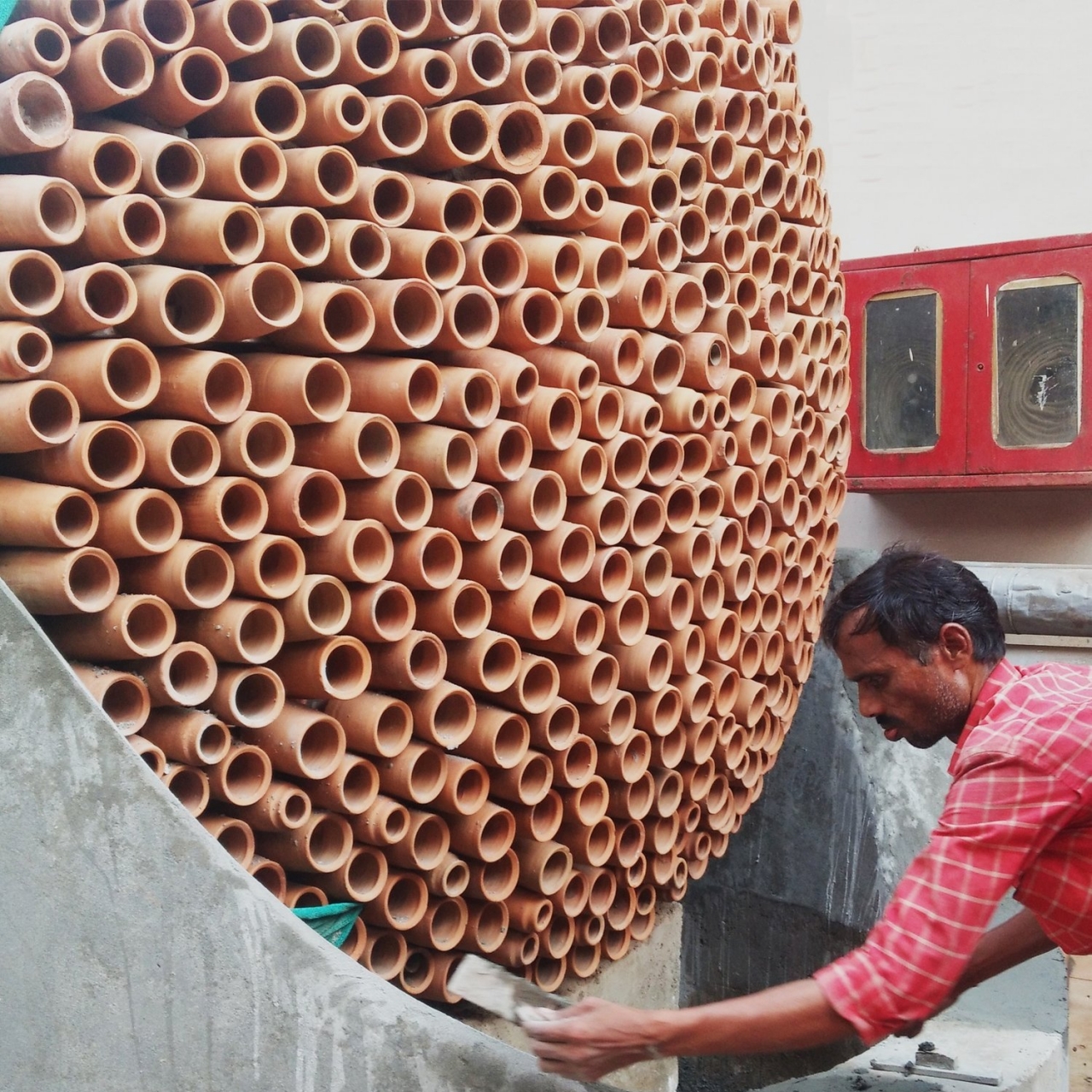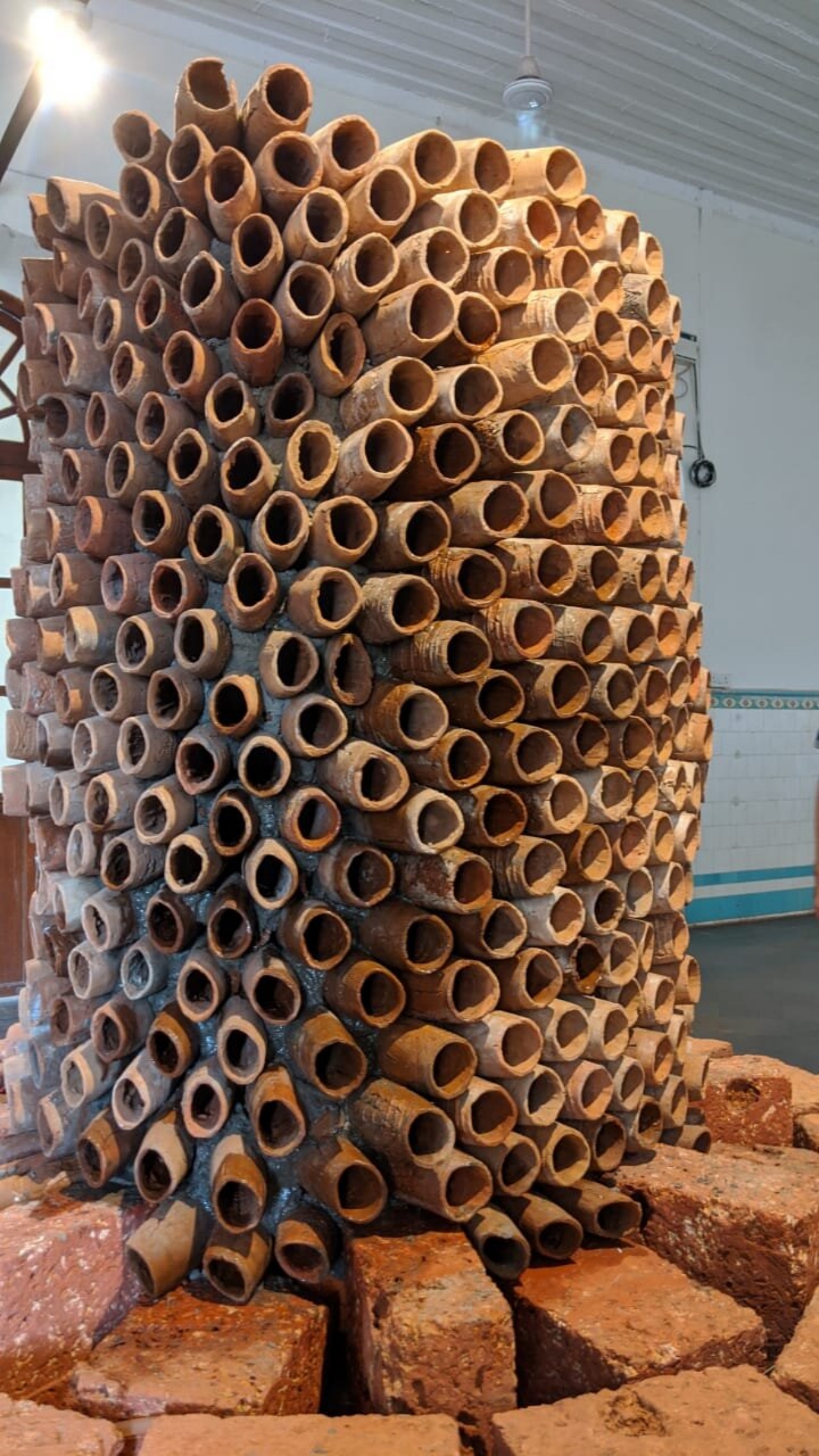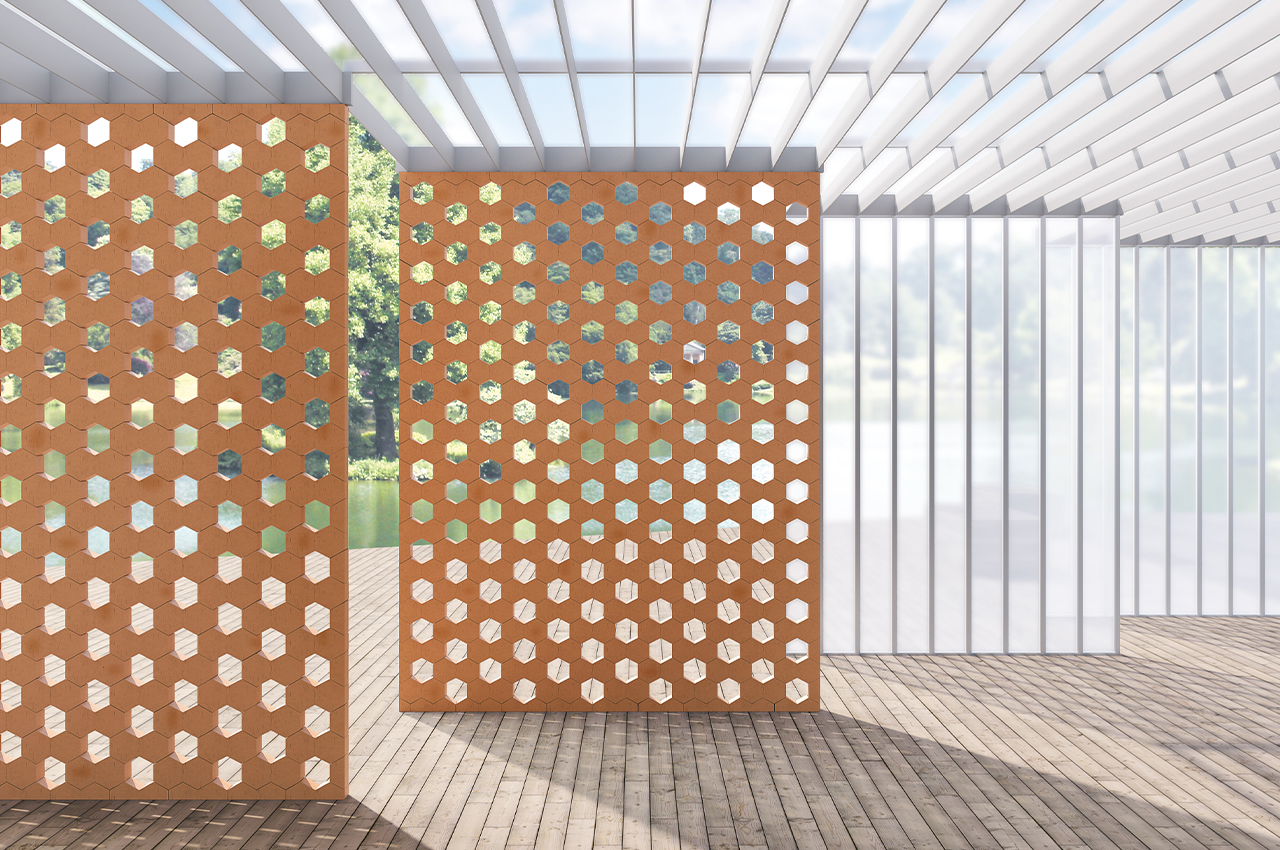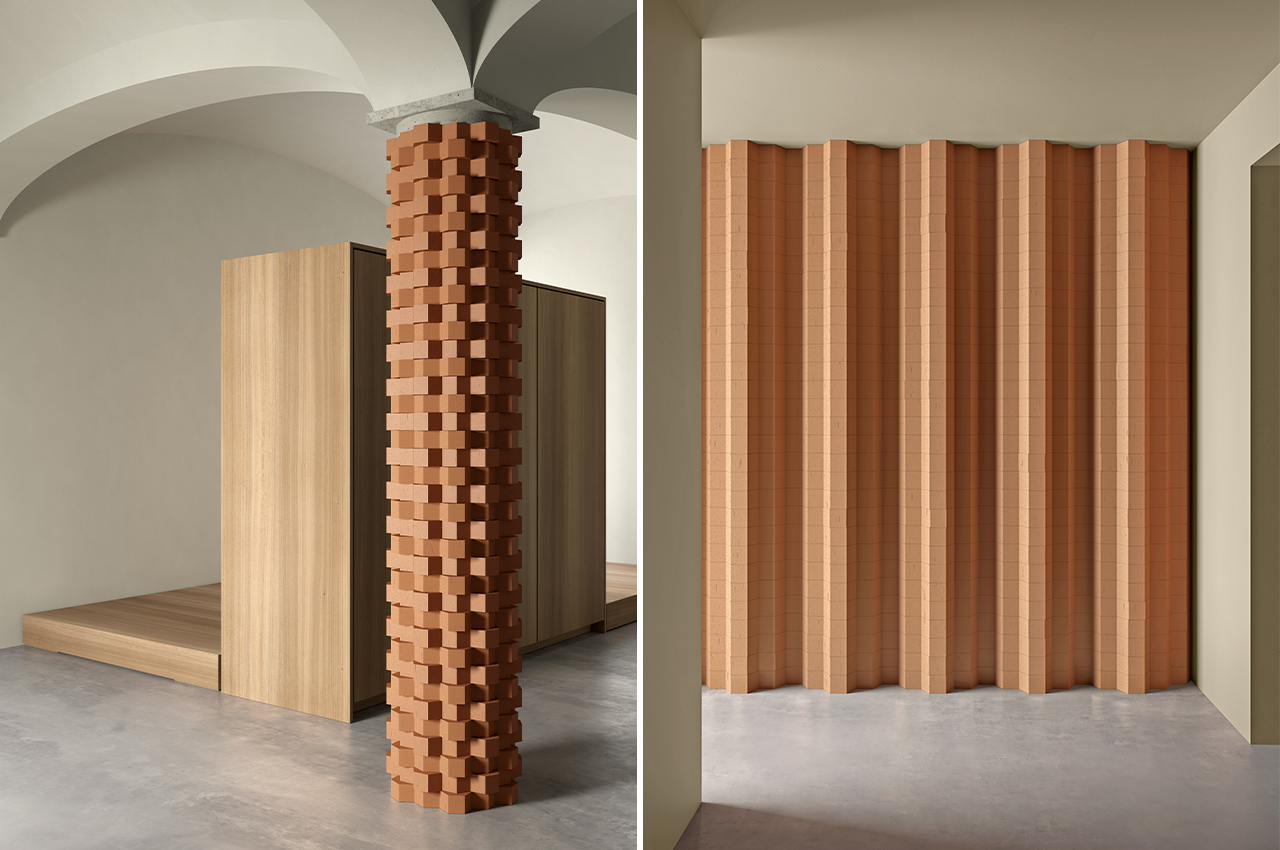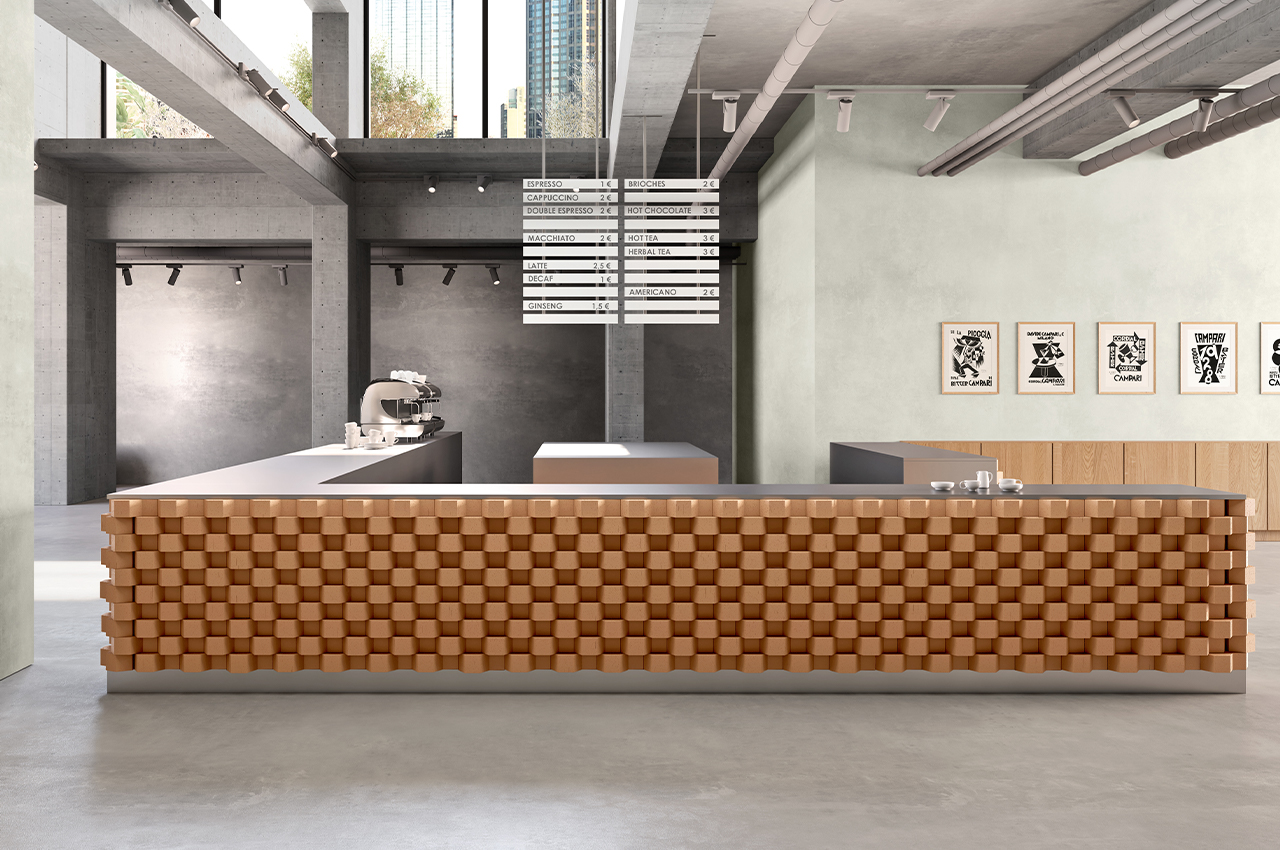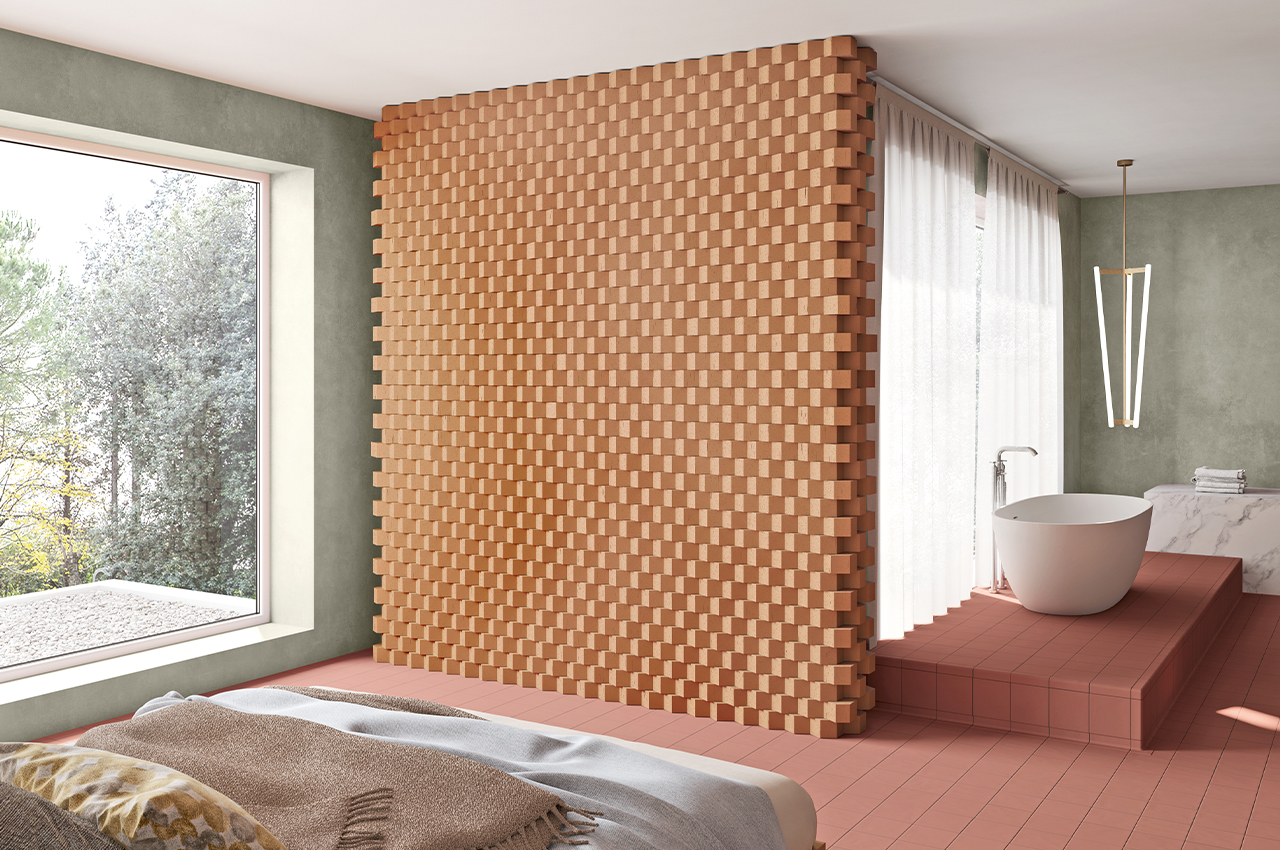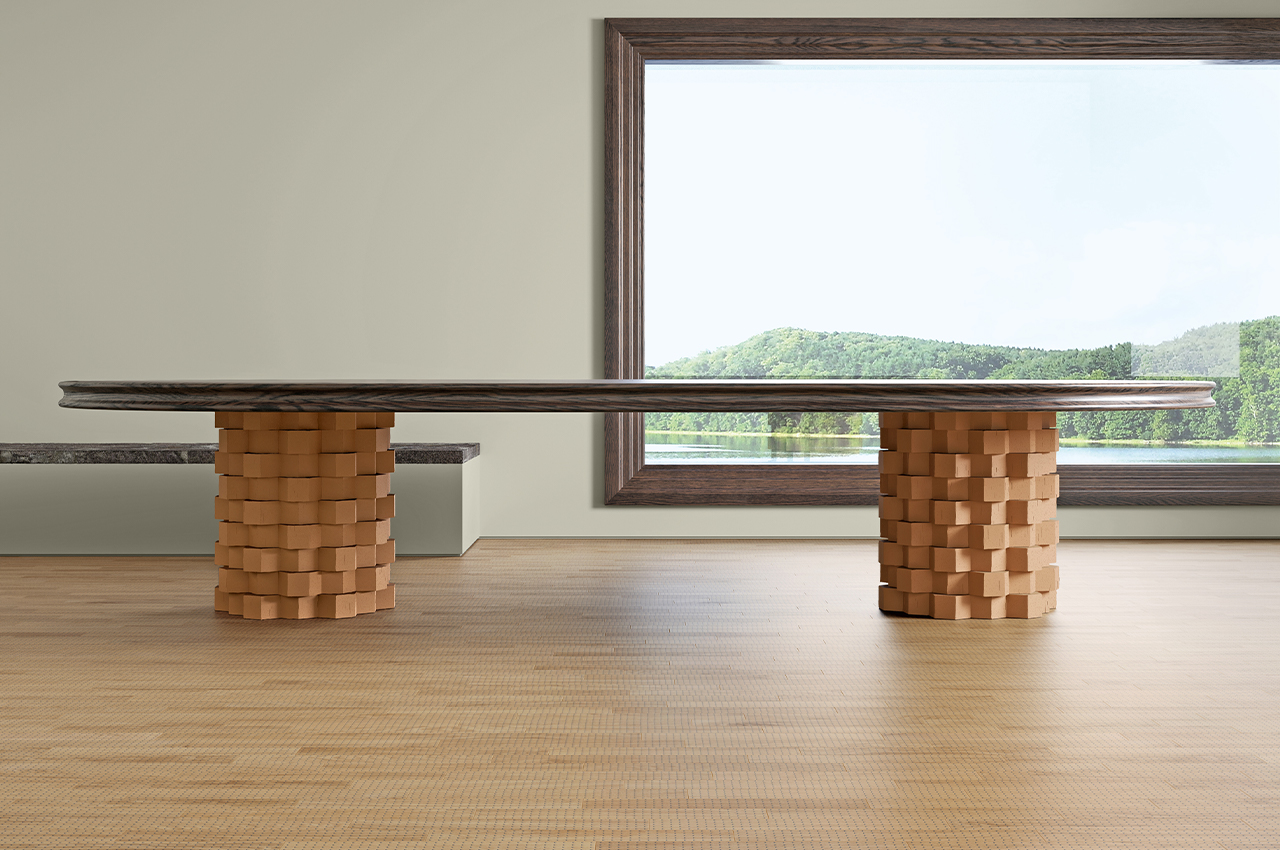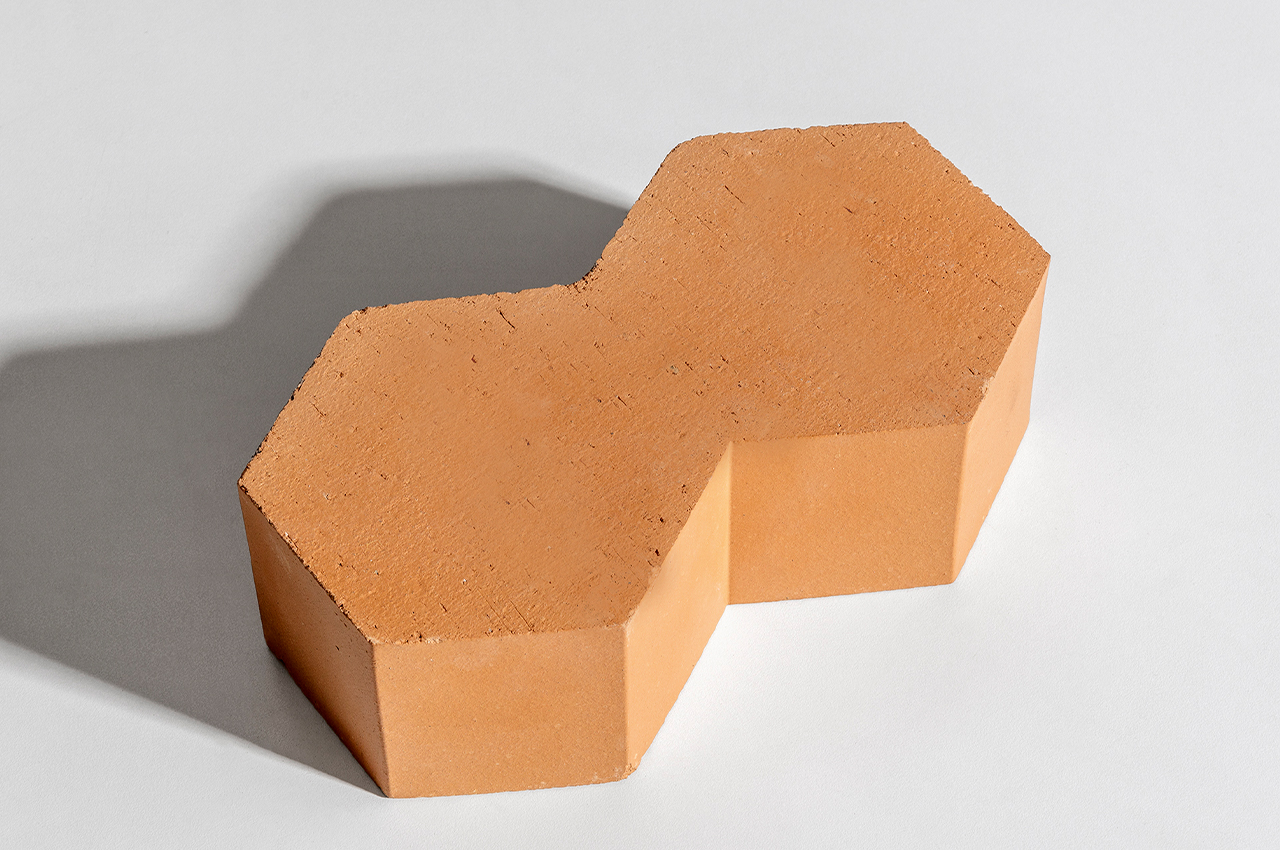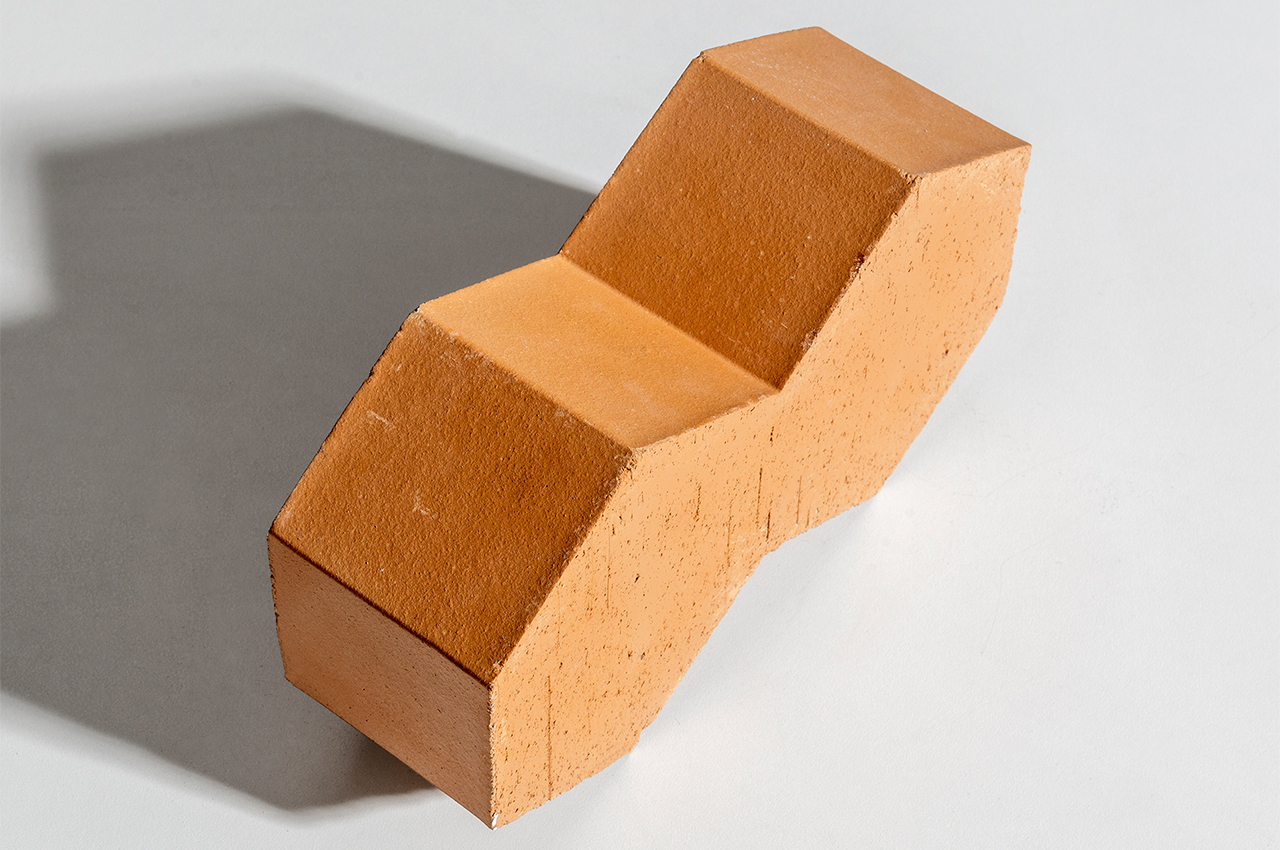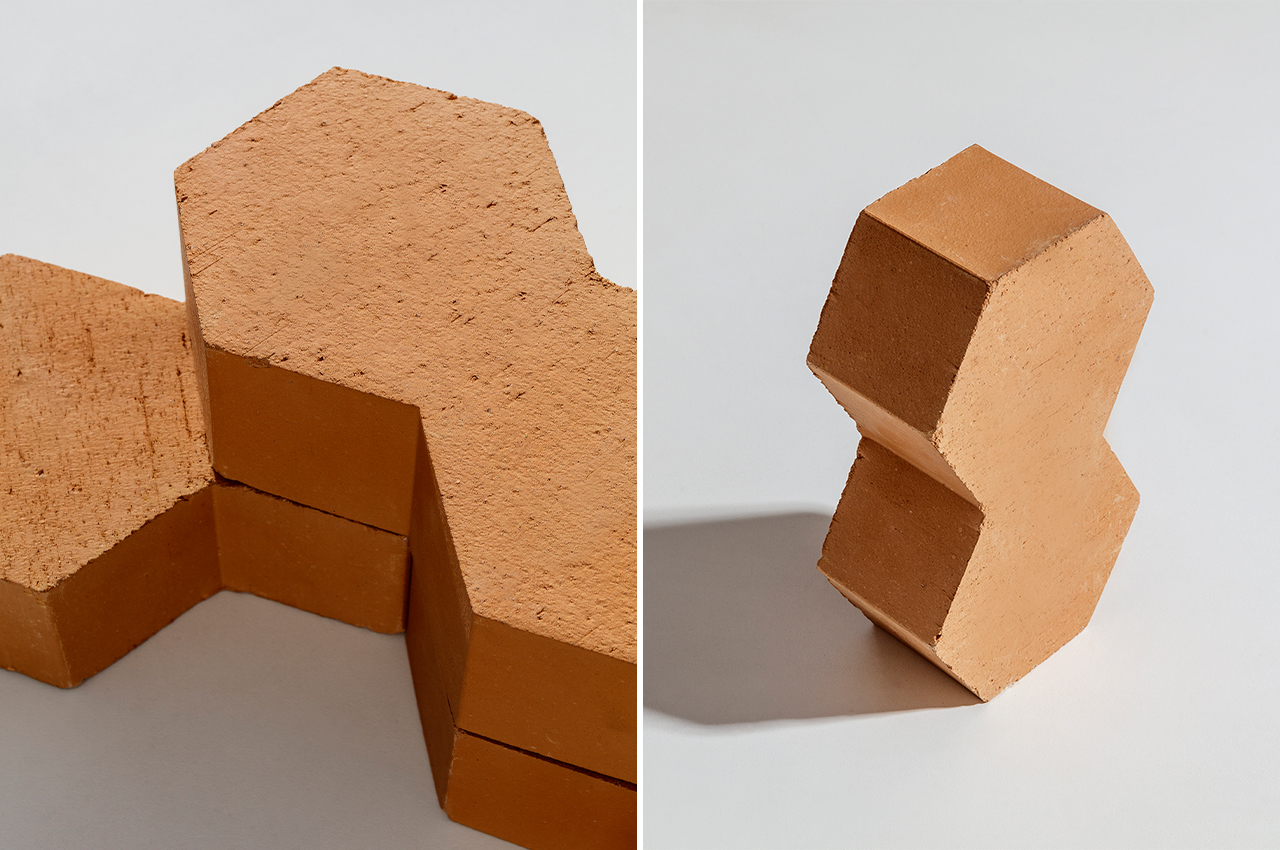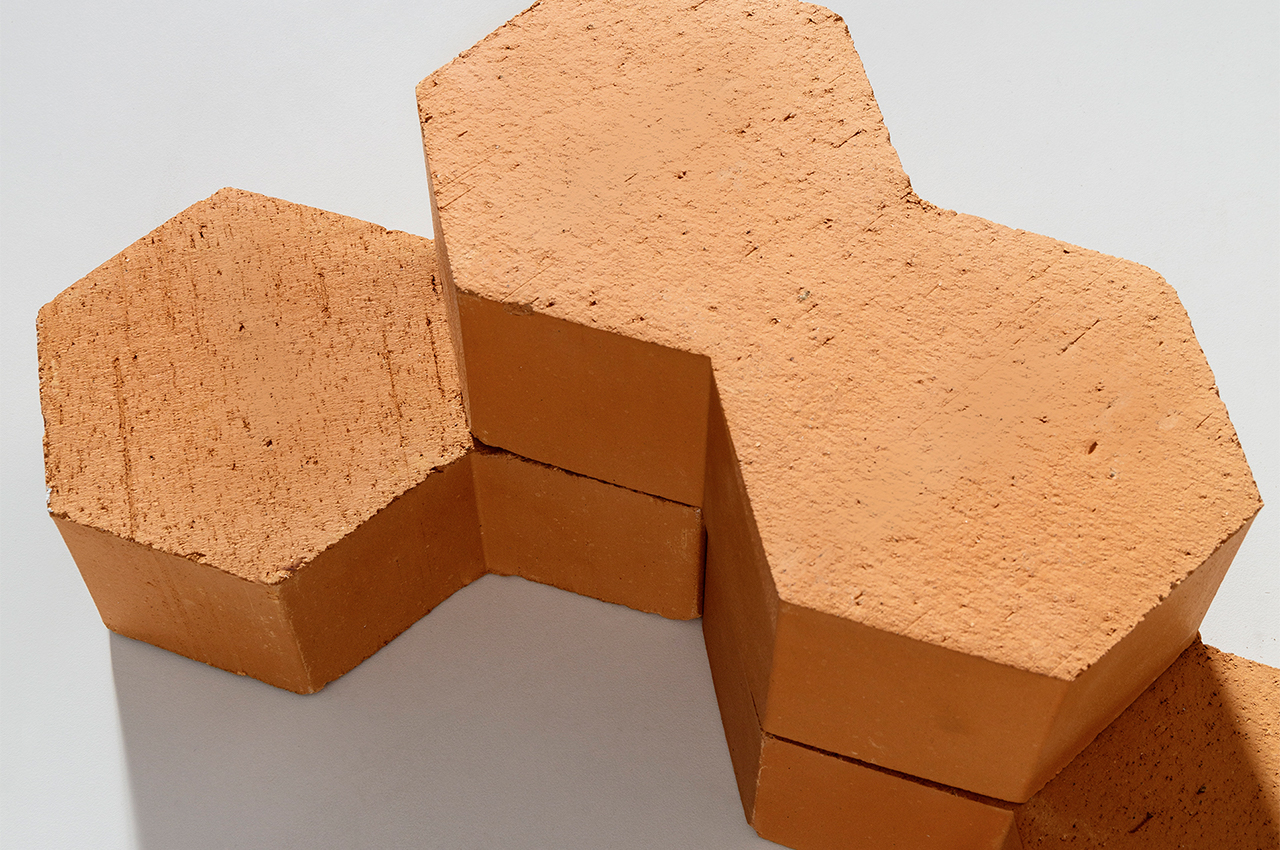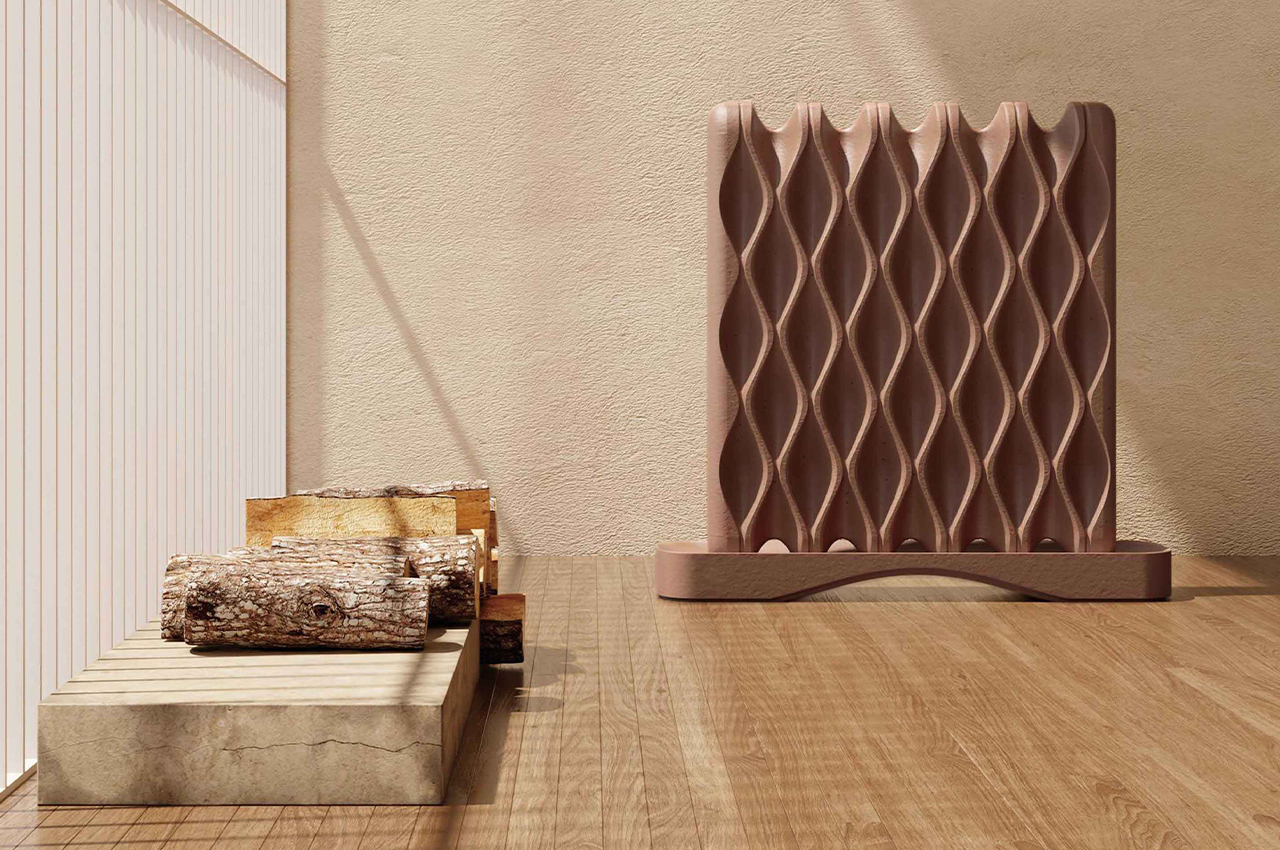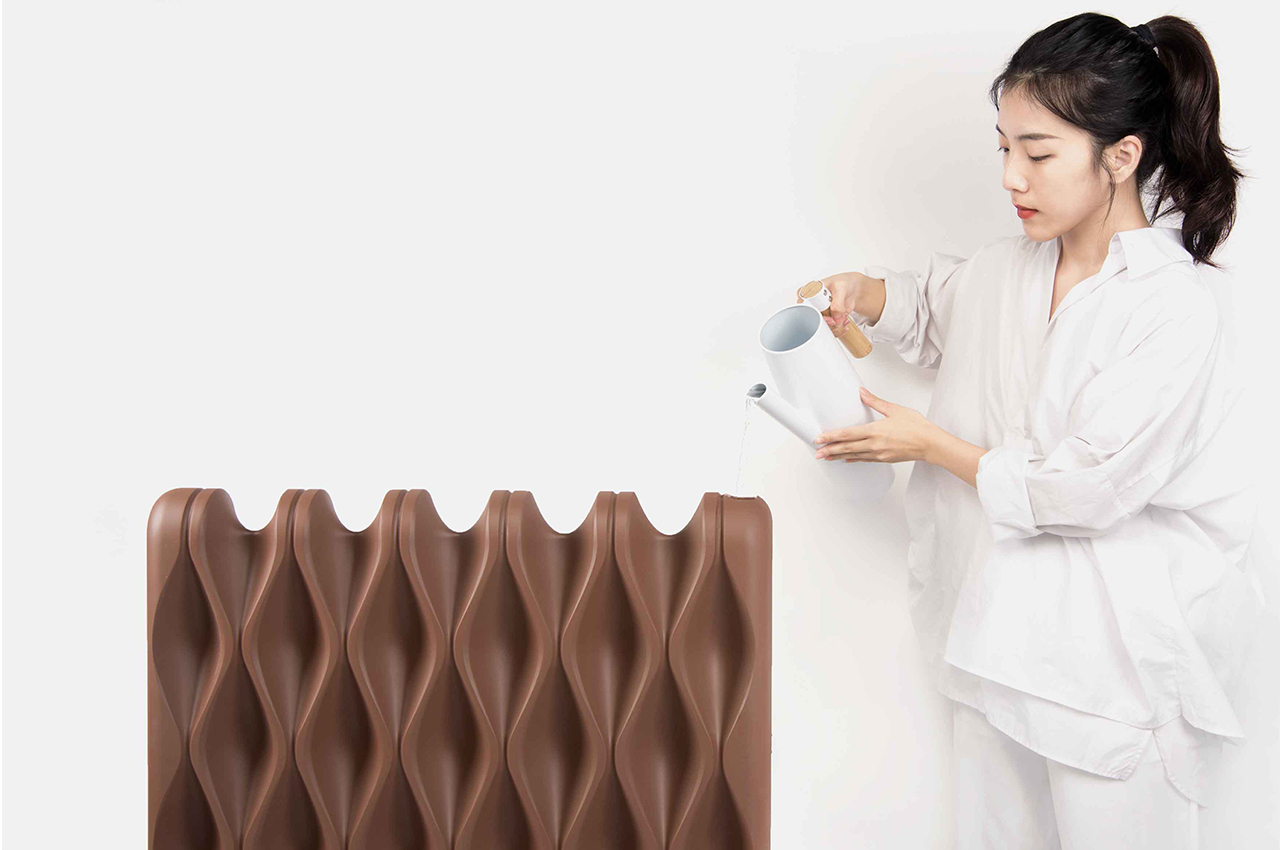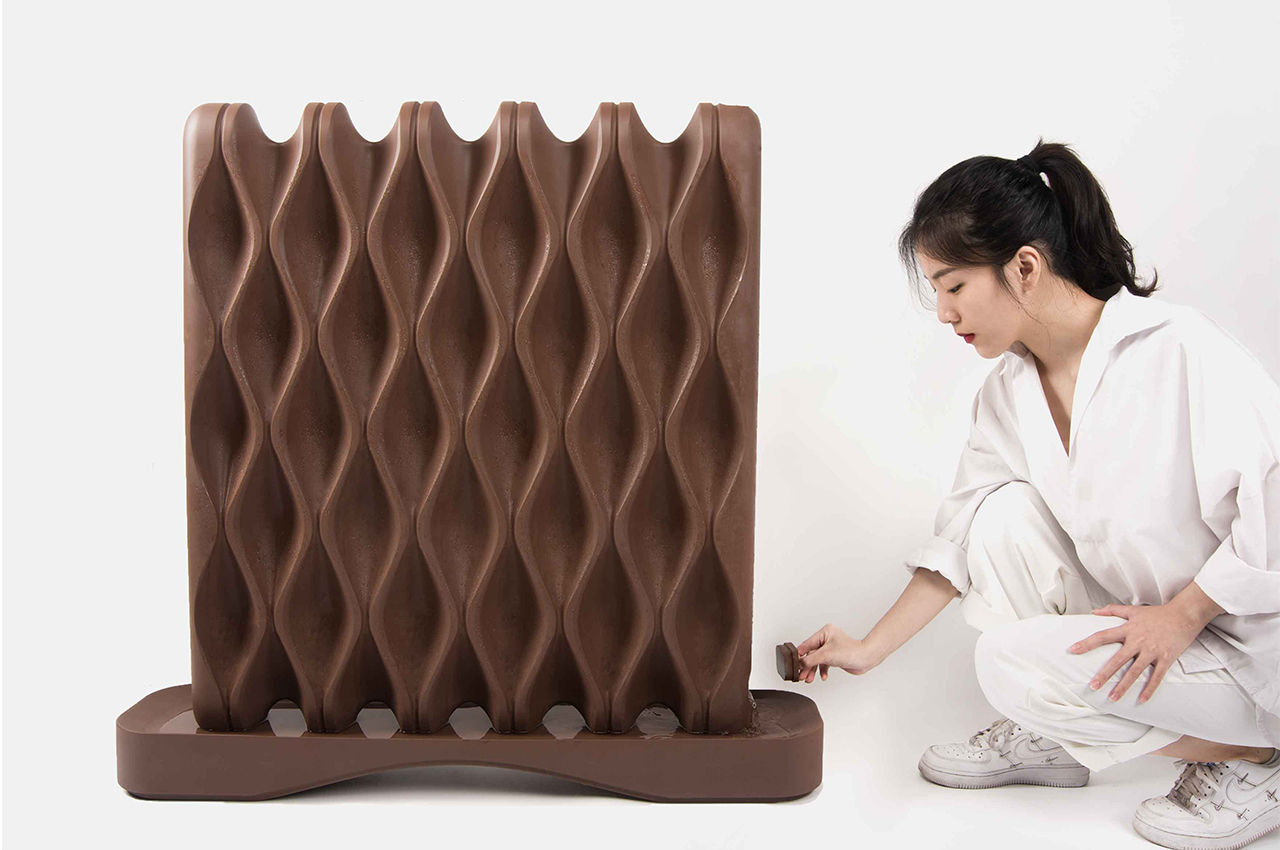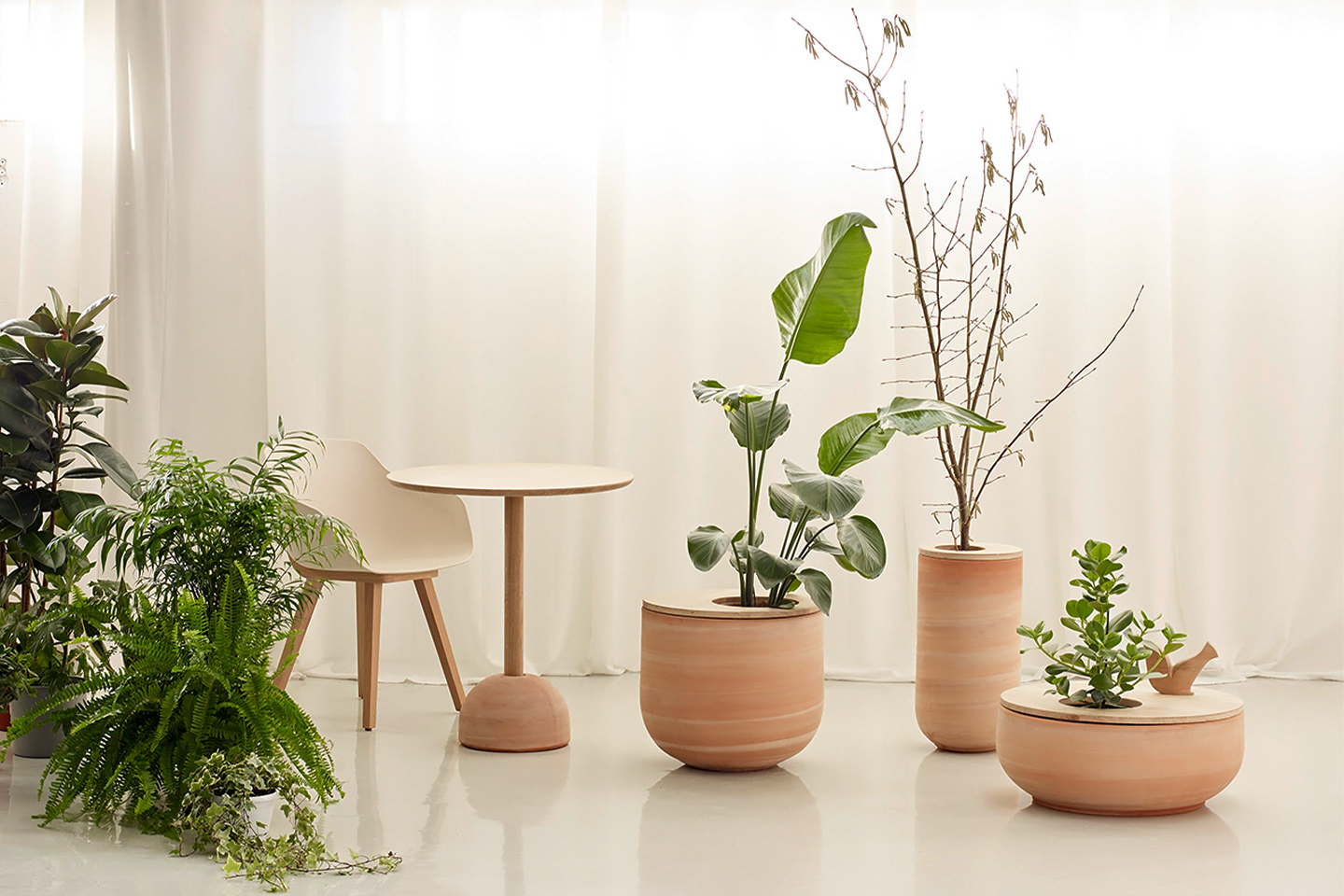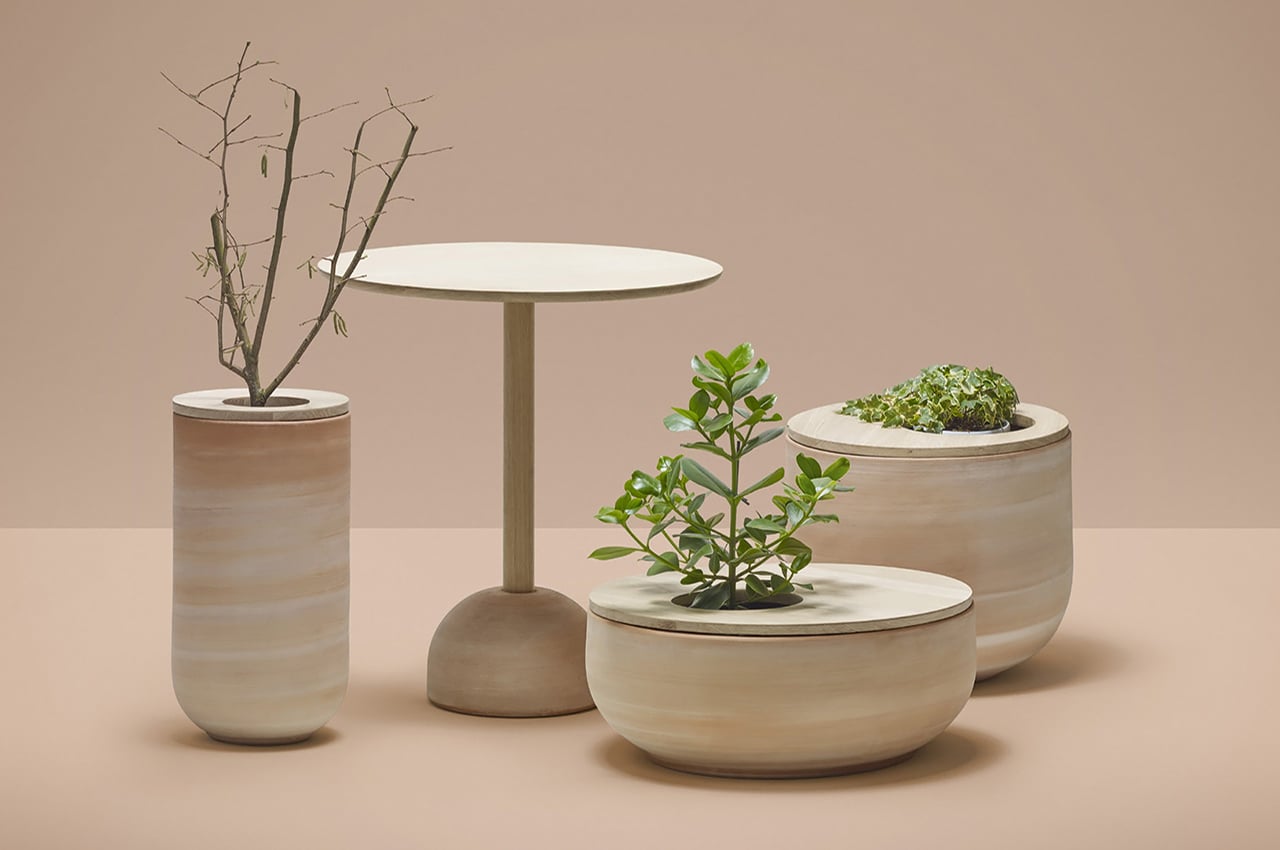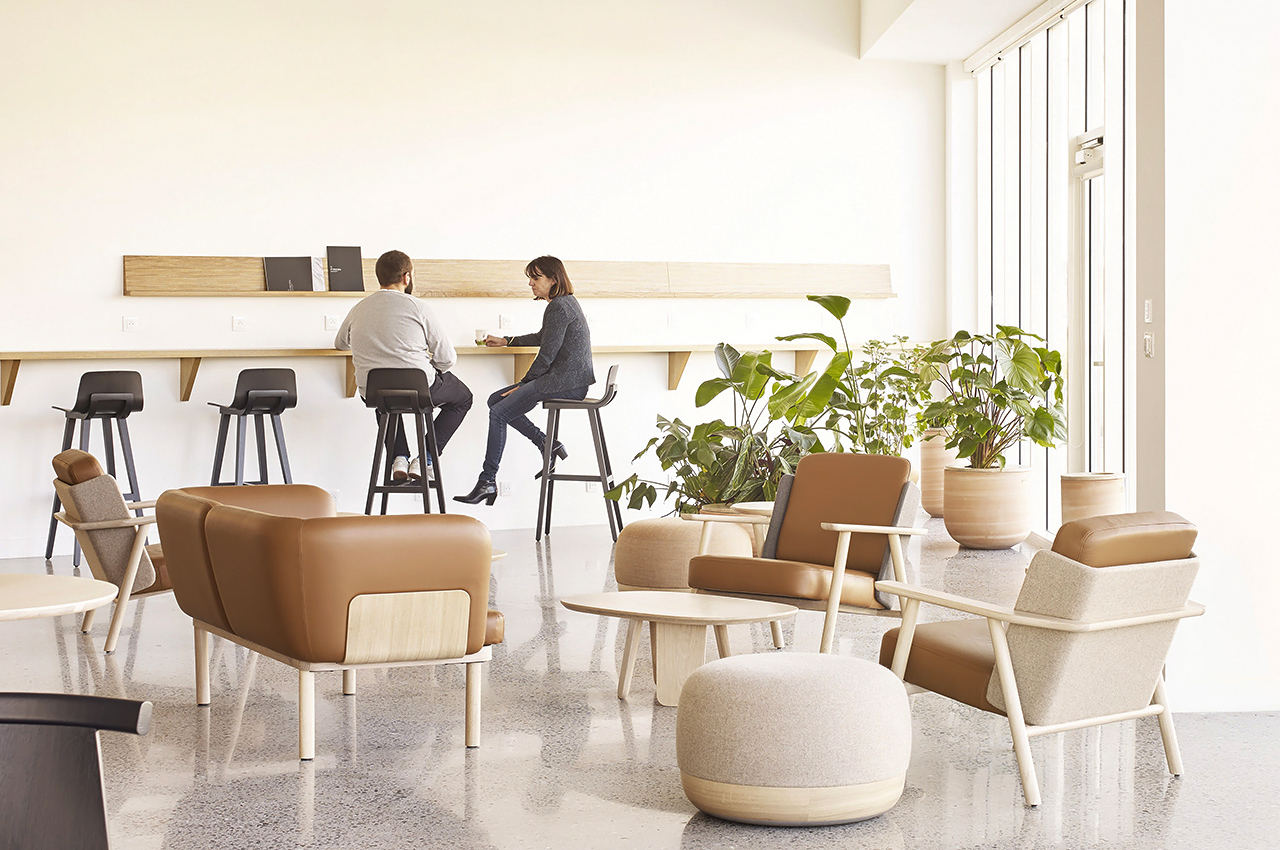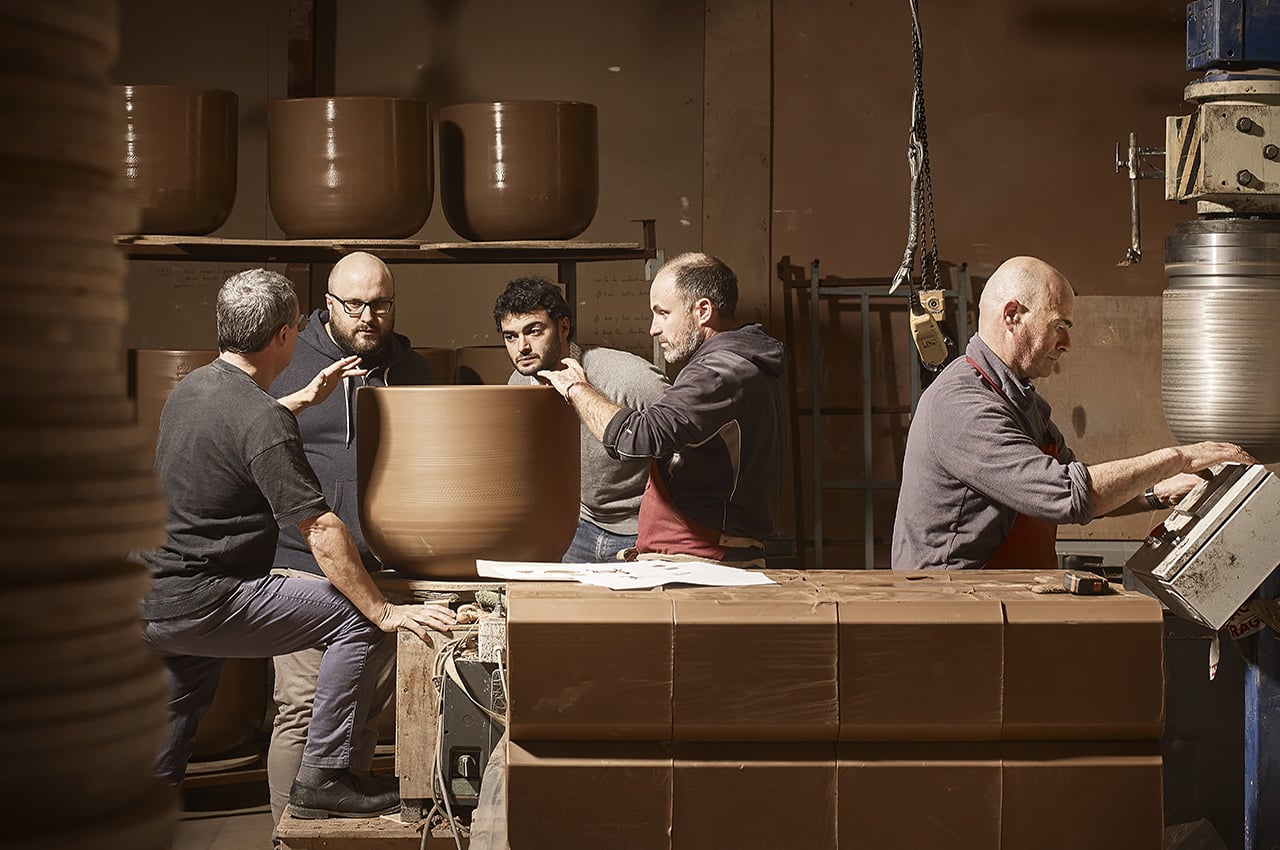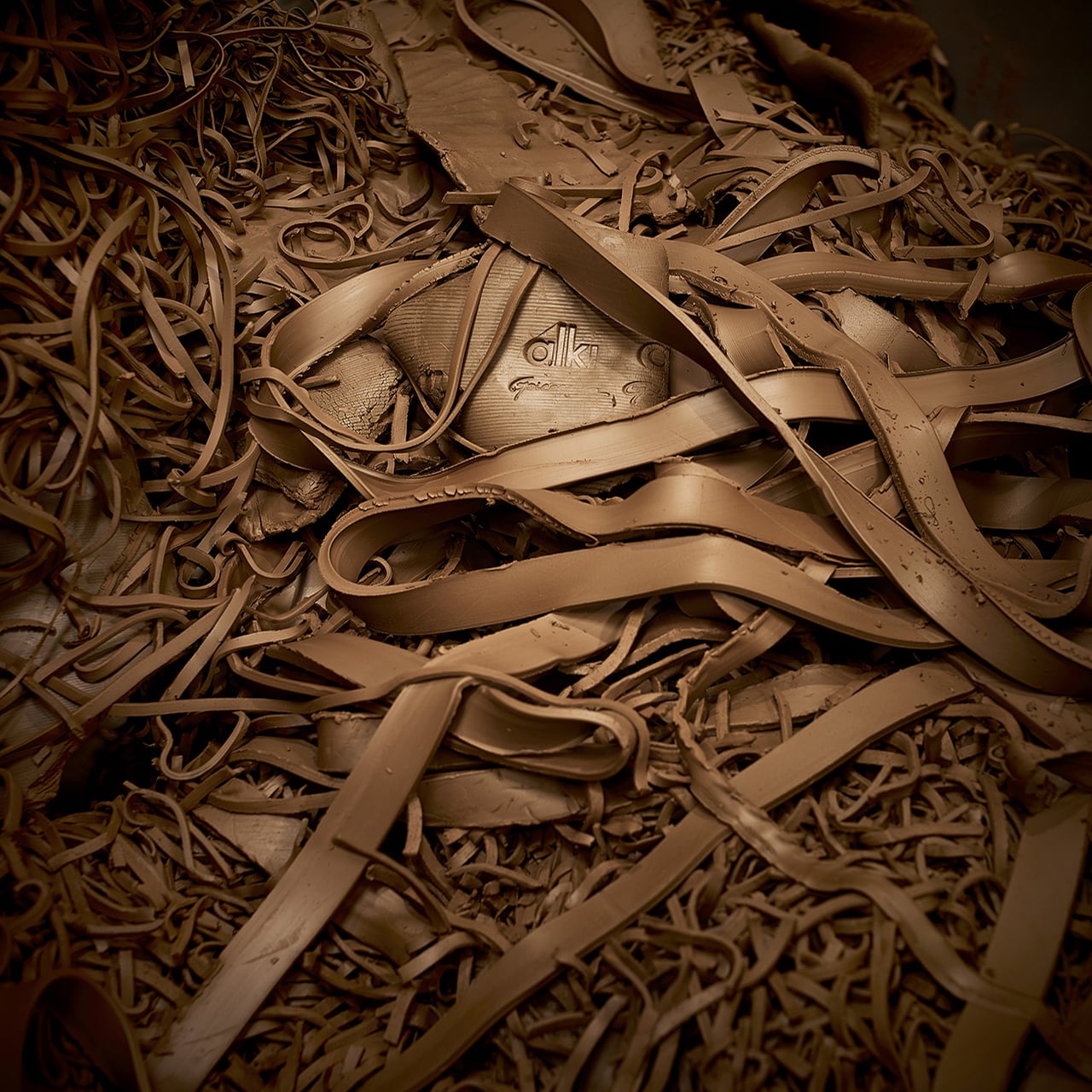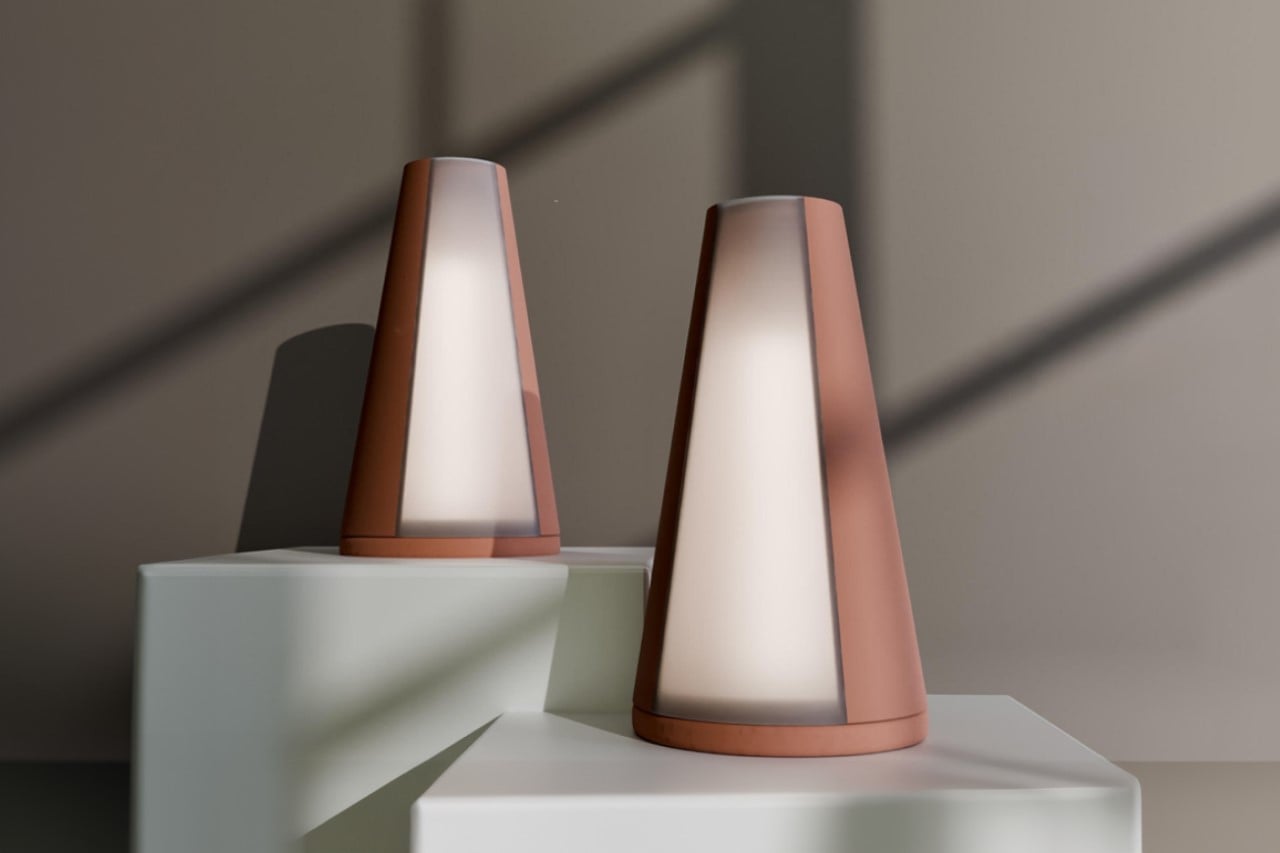
Pottery, an ancient art form with roots deep in human history, has evolved from a basic necessity to a therapeutic and artistic expression. In the modern era, there is a growing demand for earthy and handmade interior decor products. However, traditional potters often face challenges in diversifying their product lines to meet contemporary consumer preferences. TerraLume is a table lamp designed to address the needs and challenges faced by experienced potters.
Designer: Yashi Jivnani
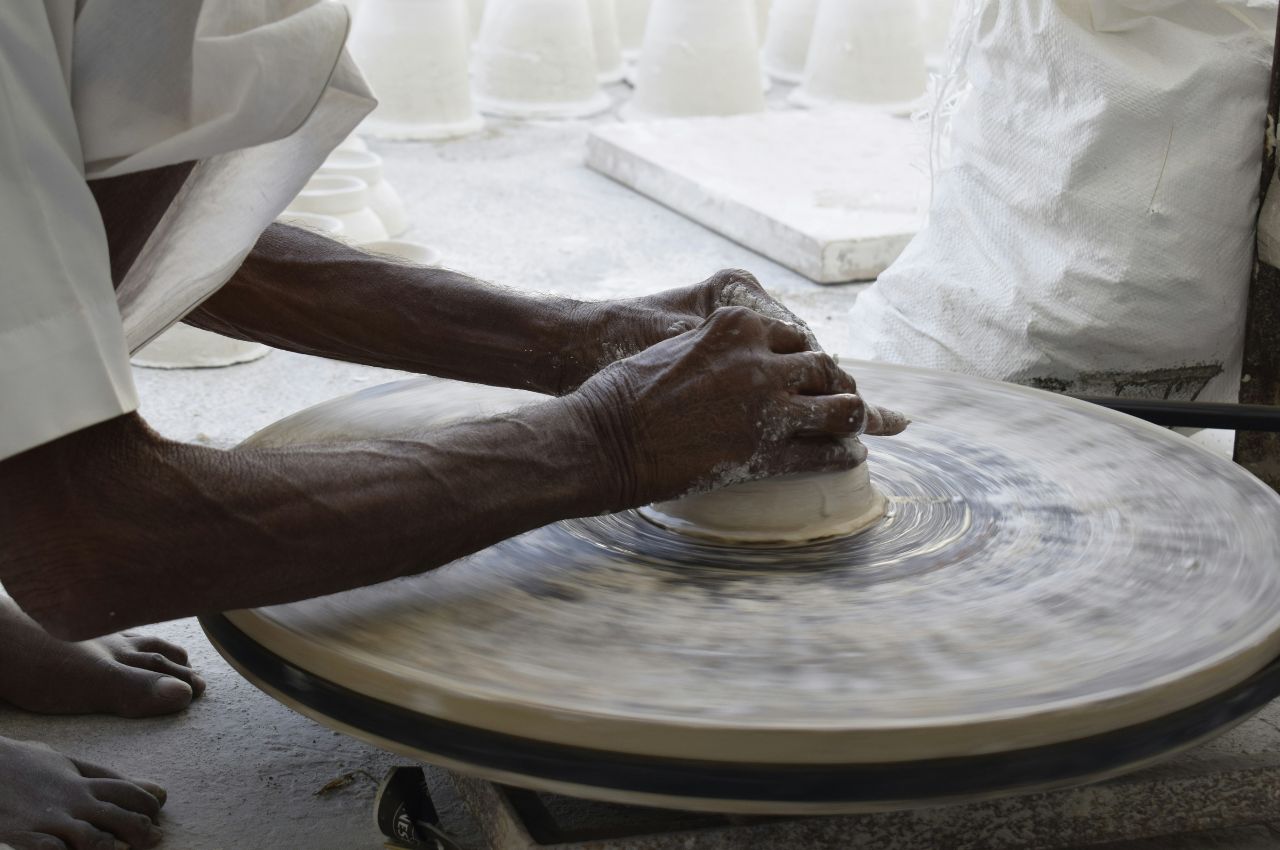
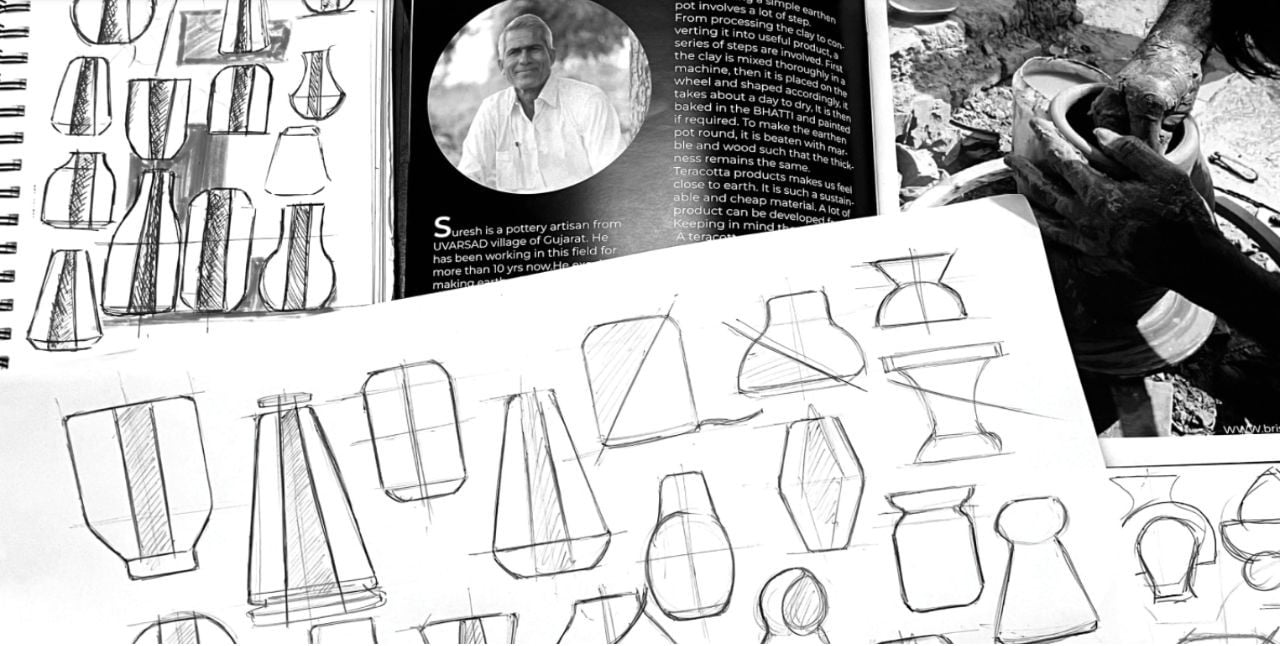
Suresh Kumar Jyot, a 43-year-old potter with 27 years of experience, seeks income diversification, skill enhancement, and networking opportunities. Despite his mastery in crafting traditional earthen pots, he faces financial stability issues and competition from four competitors in his village. TerraLume aims to empower artisans like Suresh by offering new opportunities and a broader market beyond the village.
The lamp’s final design focuses on ease of duplication and mass production, incorporating standardization to streamline the manufacturing process. This approach enables potters to efficiently produce TerraLume, fostering local employment generation and contributing to the growth of the pottery craft market.
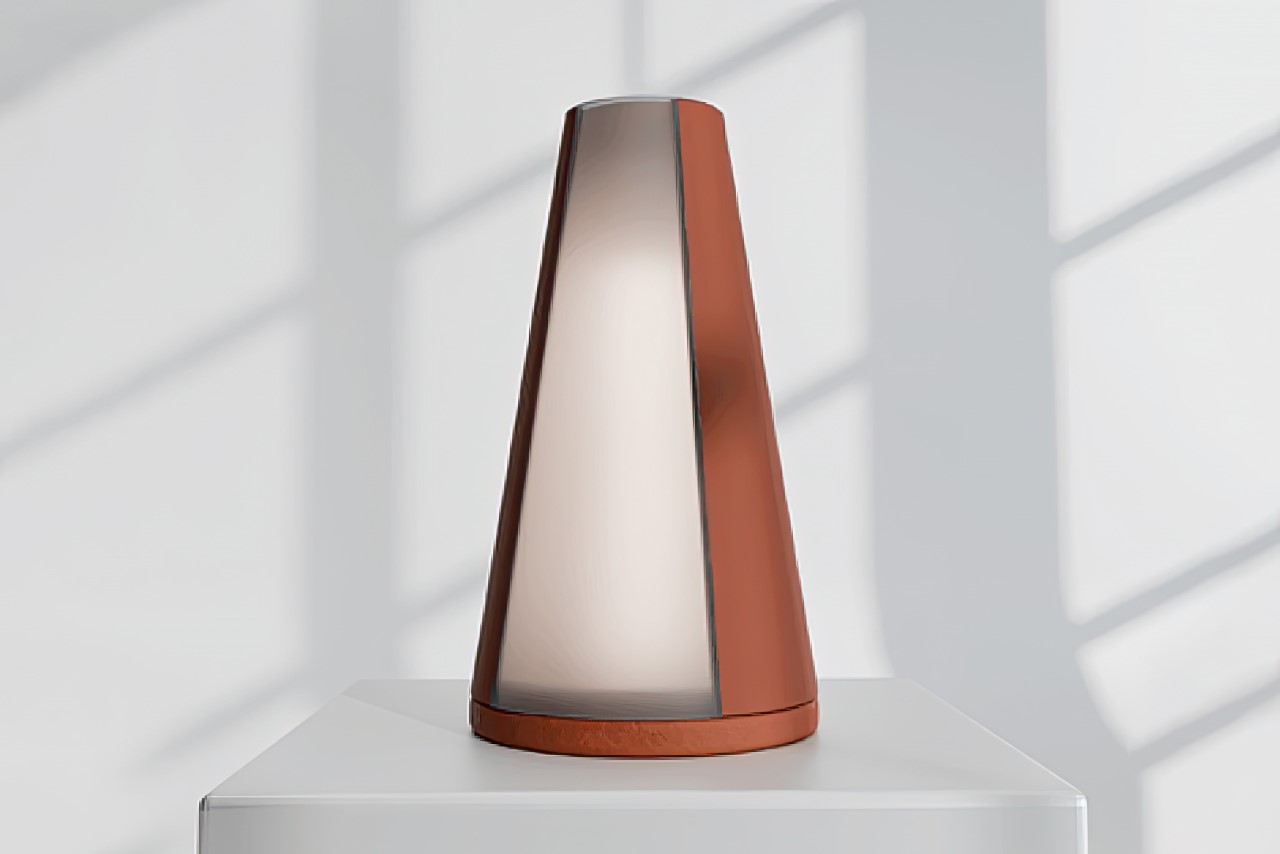
TerraLume operates on a push-button mechanism with magnetic plates. When pushed, the plates come in contact, completing the circuit and turning on the lamp. Pushing the button again raises the plates, breaking the circuit and turning off the lamp. This simple yet effective design enhances user experience and showcases the fusion of traditional craftsmanship with modern technology.
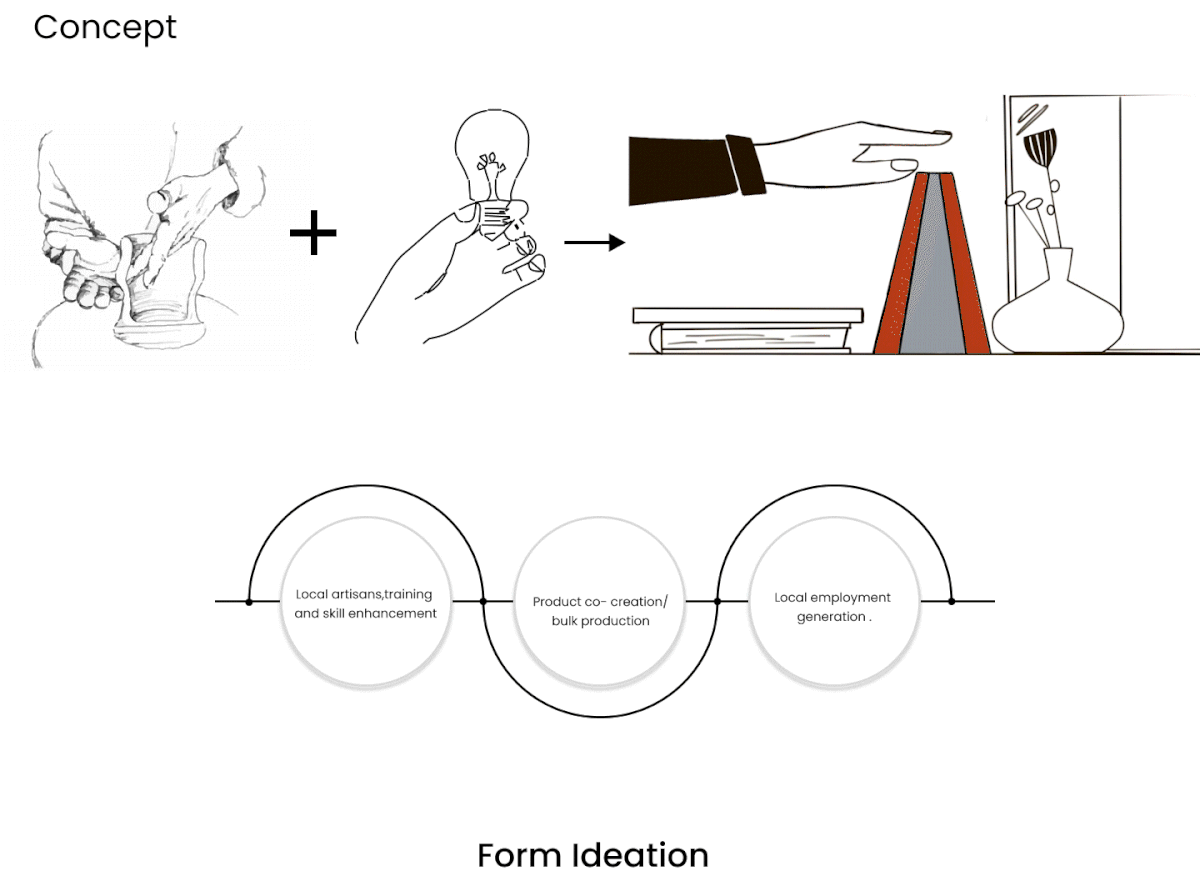
The lamp’s key components include a terracotta disk, steps to secure the acrylic sheet, a terracotta jacket, a terracotta disk with a step for push-lock functionality, a metal contact to complete the circuit, and an LED strip within a tube. The use of terracotta provides earthy tones, natural texture, and tactile qualities, connecting the product to tradition while aligning with sustainable and handmade craftsmanship.
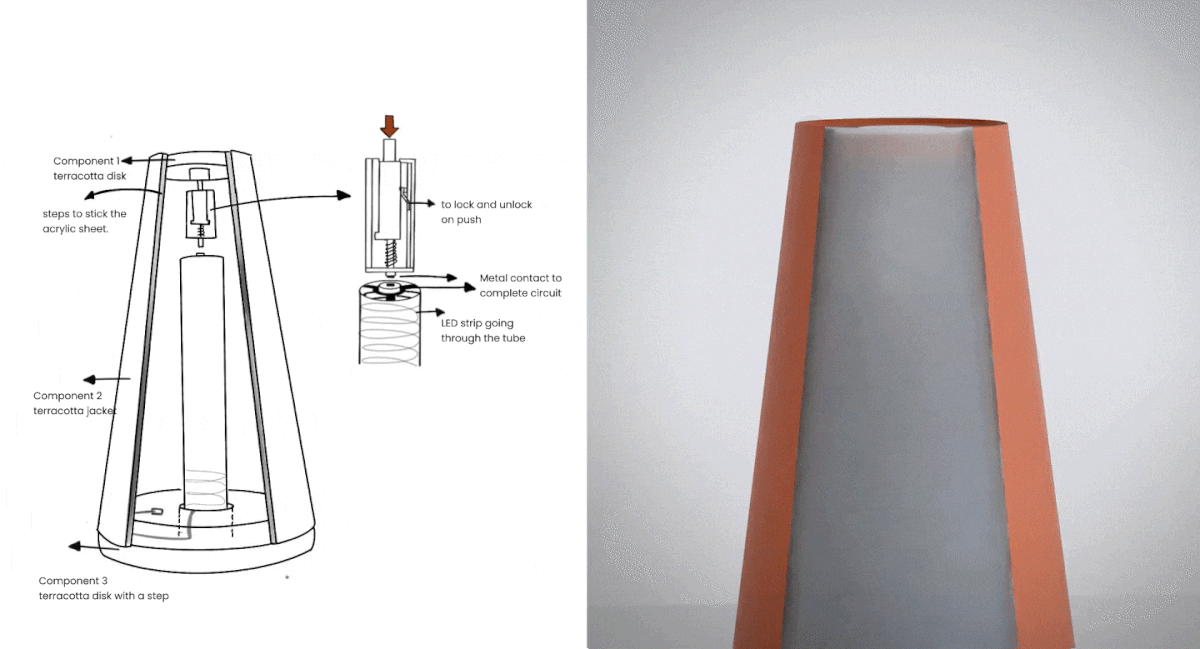
TerraLume taps into the growing trend identified by WGSN, leveraging the healing benefits of earth tones, building an artisanal look for interior spaces, exploring co-designing opportunities, and investing in the craft market.
The lamp’s terracotta components not only showcase earthy tones but also evoke a sense of tranquility, fostering a serene and grounded atmosphere within living spaces. The meticulously crafted design of TerraLume goes beyond functionality, contributing an artisanal aesthetic that injects character and uniqueness into interior decor. In addition to its aesthetic appeal, TerraLume’s thoughtful design opens doors for collaboration between skilled potters and innovative designers. This synergy creates exciting opportunities for co-designing, allowing for the creation of bespoke and personalized pieces that reflect a harmonious blend of traditional craftsmanship and contemporary design sensibilities.

Furthermore, by seamlessly integrating TerraLume into their product lines, artisans like Suresh are poised to meet the surging demand for handmade and artisanal decor products. This strategic move not only enables potters to diversify their offerings but also plays a pivotal role in propelling the overall growth of the craft market. TerraLume stands as a catalyst for empowering artisans, fostering creativity, and contributing to the flourishing landscape of handmade interior decor.
TerraLume represents a successful fusion of tradition and innovation, providing potters with a viable avenue to diversify their product lines and meet the demands of contemporary consumers. Through its co-creation approach, bulk production capabilities, and alignment with market trends, TerraLume empowers artisans to enhance their skills, generate additional income, and contribute to the sustainable growth of the pottery craft industry.
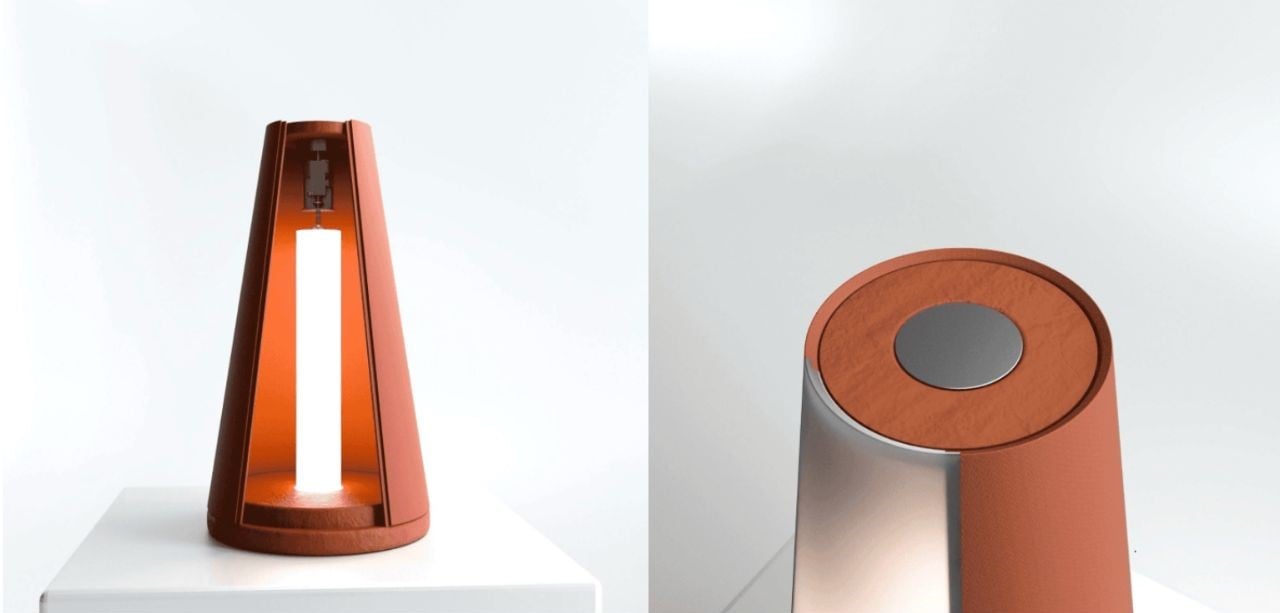
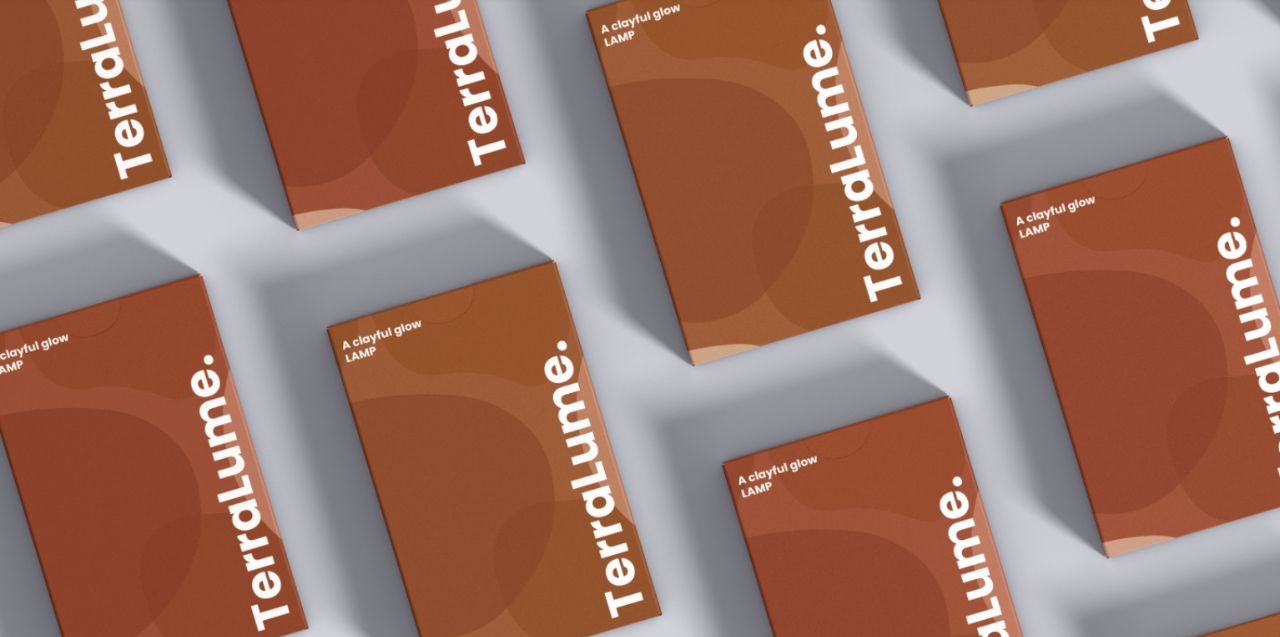
The post This touch-sensitive Terracotta Lamp combines tradition and modernity into one wonderful appliance first appeared on Yanko Design.
